Children are natural scientists and mathematicians, simply learning as they move through and explore their world. In fact, research shows that early introduction of structured math lessons can interfere with proper brain and concept development. Nature and play-based childhood environments are rich with opportunities for developing knowledge of math concepts! These concepts are accumulated and constructed through the child's own experiences and physical understanding of the world. This knowledge develops through the manipulation of tangible materials, including the children's physical bodies, collection of 'data,' and organization of that 'data' in a way that makes sense.
Here are some simple ways to help children develop math concepts through natural play! See throughout our blog how we used some of these play-based, open-ended provocations and art activities at our school this month.
Sorting and classifying - Sorting laundry, buttons, seeds, carrots from potatoes, spoons from forks, or toy cars from trucks. Grouping objects by color, use, or size. Collecting autumn leaves, stones, or seashells.
Comparing - "The Three Billy Goats Gruff" or "The Three Bears". Which item is bigger or taller than...? Smaller or shorter? Is this heavy or light? Finding differences in color, taste, smell, or temperature. Speech variation in storytelling or nursery rhymes. Does an object sink or float? Which is loud and which is quiet? Hard or soft? The contrast of rest and movement can become the foundation for music!
Counting - How many carrots do we need so that each rabbit will get one? How many pretzels are on the plate? Singing songs such as "Five Little Ducks", "This Old Man", or "Baa Baa Black Sheep". Verses such as “1,2,3,4,5 Once I Caught a Fish Alive”, “I Have Ten Little Fingers”, or “One, Two, Buckle My Shoe”.
Parts and Wholes - Slicing a loaf of bread, cutting apples in half, chopping vegetables for meals, cutting pizza into slices. Playing the game "The Farmer In The Dell" in which part of the group goes into the center and part stays in an outside circle. Activities such as peeling potatoes, cookies, grinding wheat, rolling oats, or acting out stories.
Language - Communication during work or play, describing ideas or observations, and naming activities. Using cooperative-play discussions among children. Telling stories, verses, or nursery rhymes.
Ordering, Seriation, and Patterning - Singing daily, weekly, or yearly rhythms. Seasonal festivals. Circle games! Story-telling, poetry, or verses using the rhythm of language. Using rhythmic clapping. During play, lining up cars, blocks, or trains in order of size, color, or weight. Stacking toys. Putting toys away into their places after playtime. Experimenting freely with materials to create a pattern such as tissue-paper 'stained glass' or stringing beads.
Informal Measurement: Weight, Length, Temperature, Volume, Time, Sequence - Measuring ingredients for cooking and baking. Filling the bird feeder or pouring tea. Making growth charts. Is it hot or cold outside? Digging in sand and filling buckets. Pouring water at a water table or in the bath. Playing on a teeter-totter or using a balance scale. Who or what is heavier? Planting seeds and watching the seedlings grow. Dipping candles or ironing. Sequential stories and nursery rhymes such as “The Gingerbread Boy”, “Hickory Dickory Dock”, “Little Louse and Little Flea”, “Henny Penny”, “Jack and Jill”, “Little Jack Horner”, or “Brown Bear, Brown Bear”.
Graphing - Using a daily chore lists. Creating growth charts. Using a advent or birthday calendar. Making pictorial 'graphs', such as drawing pictures of what came to the bird feeder today.
For older children, consider these:
Number Symbols - Practicing recognizing number symbols. Using numerals to represent the amount of a group of things. "I am 6 years old." or "My phone number is...."
Groups and Symbols - Matching a symbol to a group or a group to a symbol. Playing with fake money or using a group of objects to represent 'money'. Pretend shopping, 'buying' things based on 'price'. In a sandbox, creating a 'birthday cake', putting 6 'candles' on it, or perhaps even writing '6' on it.
Concrete Addition and Subtraction - A child has 2 seashells and finds 2 more - 2 and 2 make 4. Giving away 2 seashells to a friend leaves 2. Using 'bartering' play. Handing out party favors to friends at a party. Collecting and using tokens in a game.
Each day at the Children's Garden, the wheel is 're-invented', in multiple ways. All physical laws are worked with unconsciously in play, as children test and discover new ways of working with the physical world around them. It is an exciting and innovative 'flow' environment, where every idea is 'possible' and each child is an inventor. The enormous 'research' of early childhood in play and movement forms the essential physical basis for math and science.
For a wealth of scientific research on these concepts check out Developmental Signatures.
Counting
Patterns
Comparing
Shapes
Shape Scavenger Hunt - What shapes do we see outside?
Candle Making with Shapes
Geometric Snowflakes
Look at how we use math in every day play!
Science Experiments
Circle Time
Really Good Cookies!
Mix together:
1 and 1/4 cups almond flour
3/4 teaspoon baking powder
1/4 teaspoon baking soda
1/2 teaspoon salt
4 tablespoons softened butter
1/3 cup almond butter (no salt)
3/4 cup plus 2 tablespoons coconut sugar
1 large egg
1 teaspoon vanilla extract
1 cup raisins
Bake at 350 degrees for 15 minutes or until edges look golden.

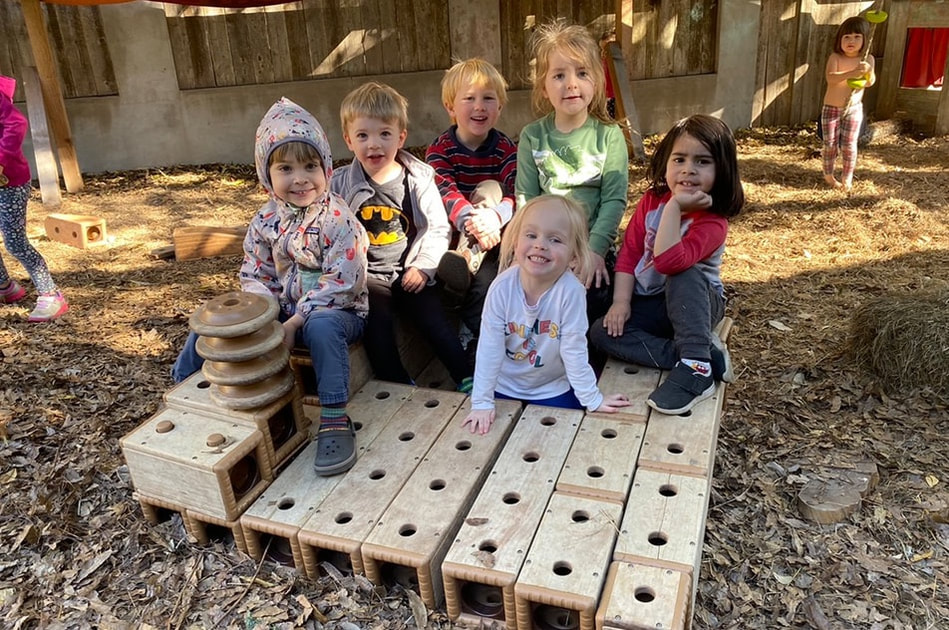
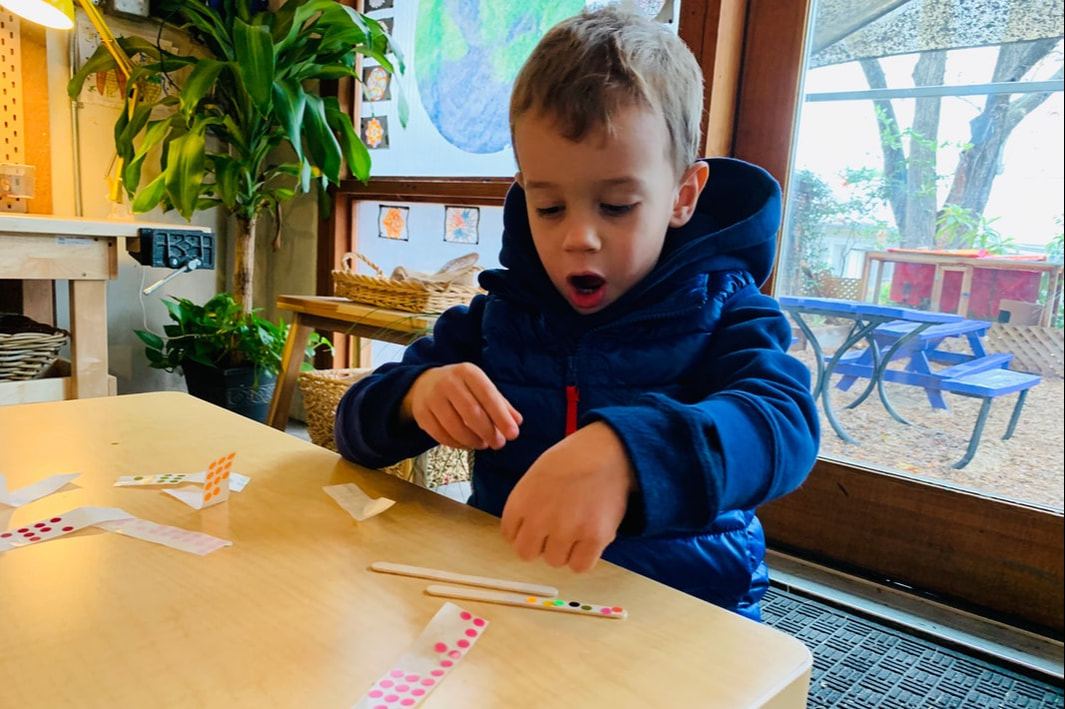
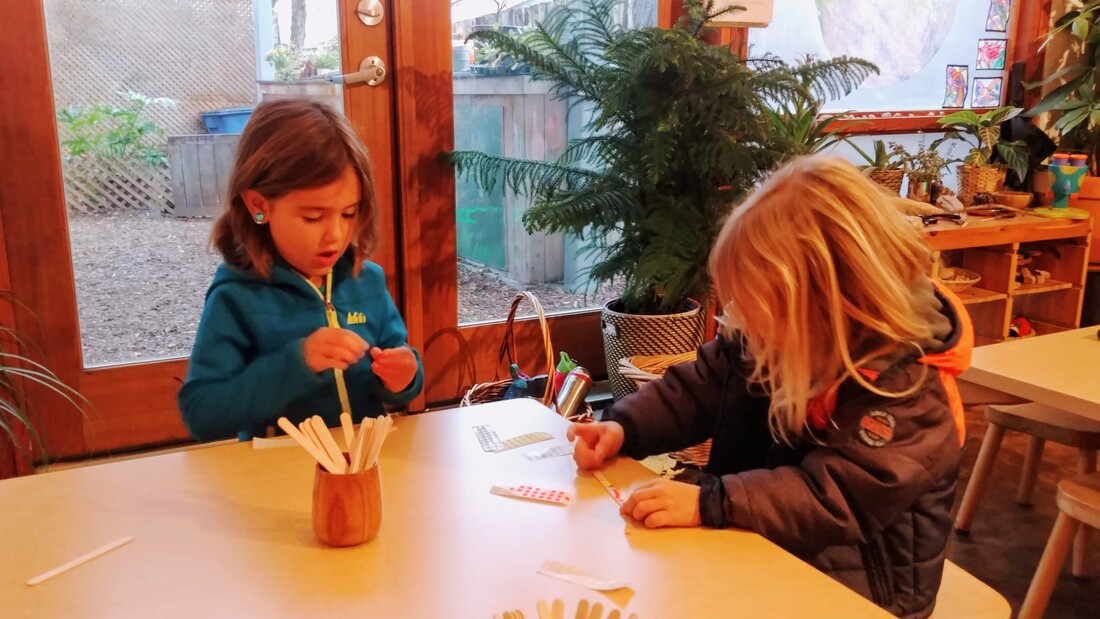
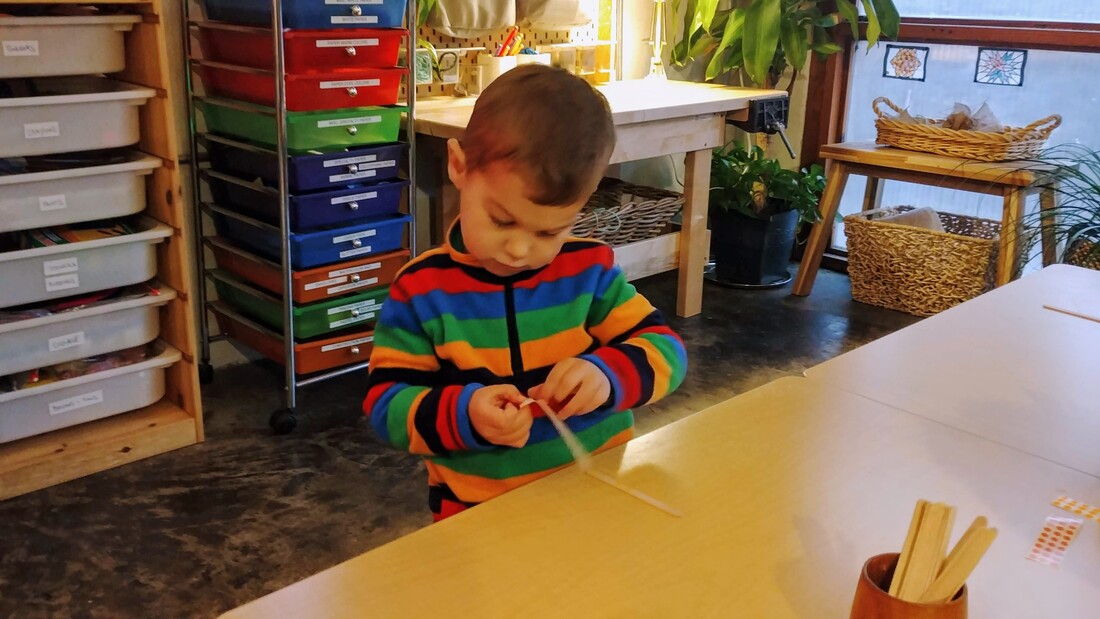
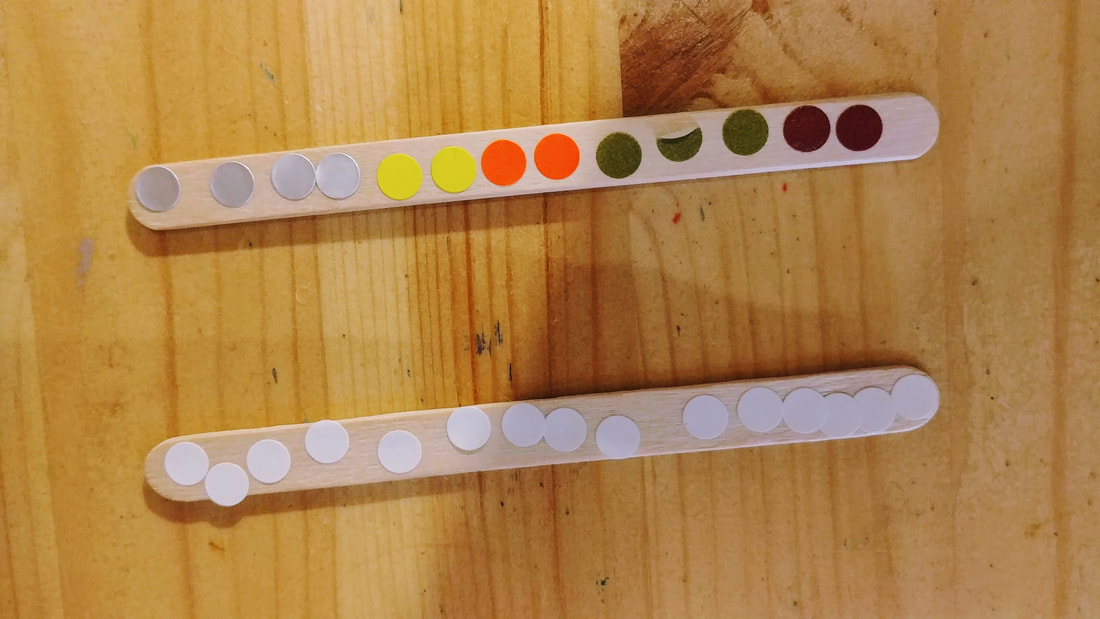
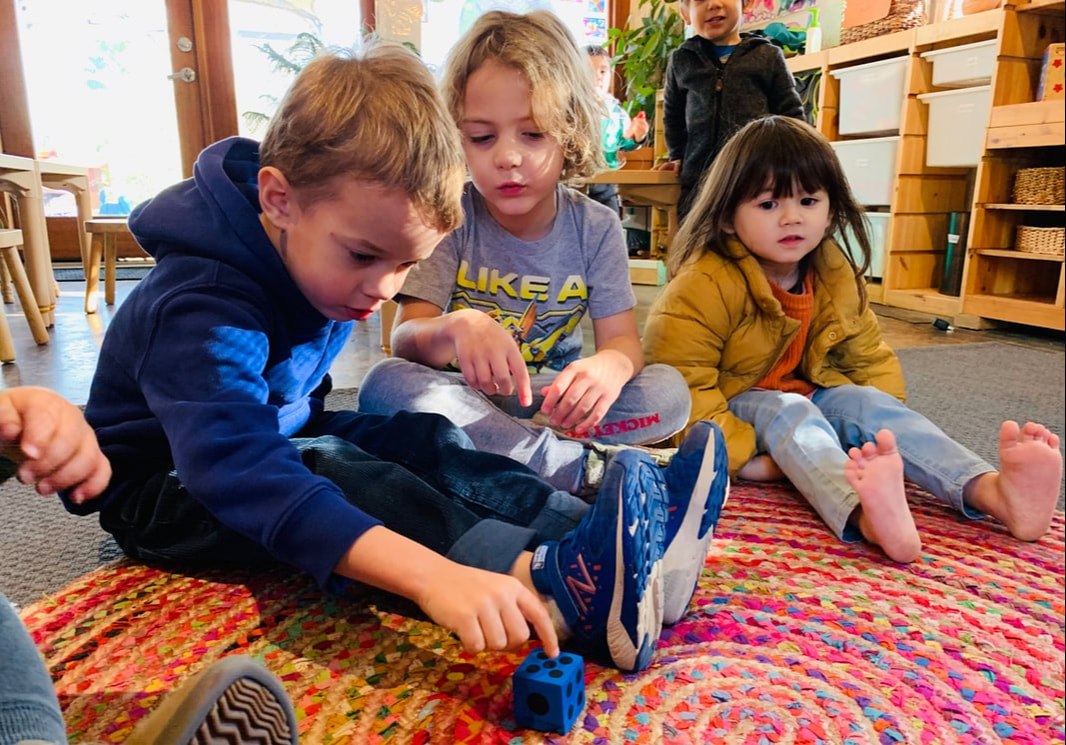
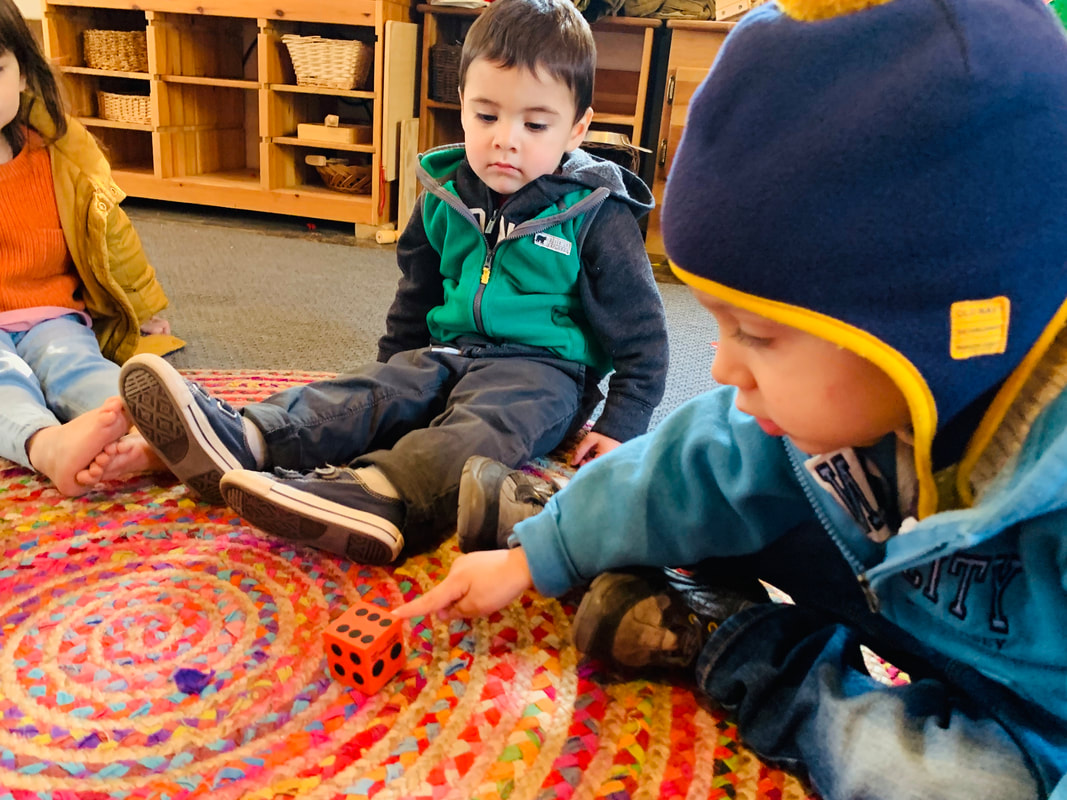
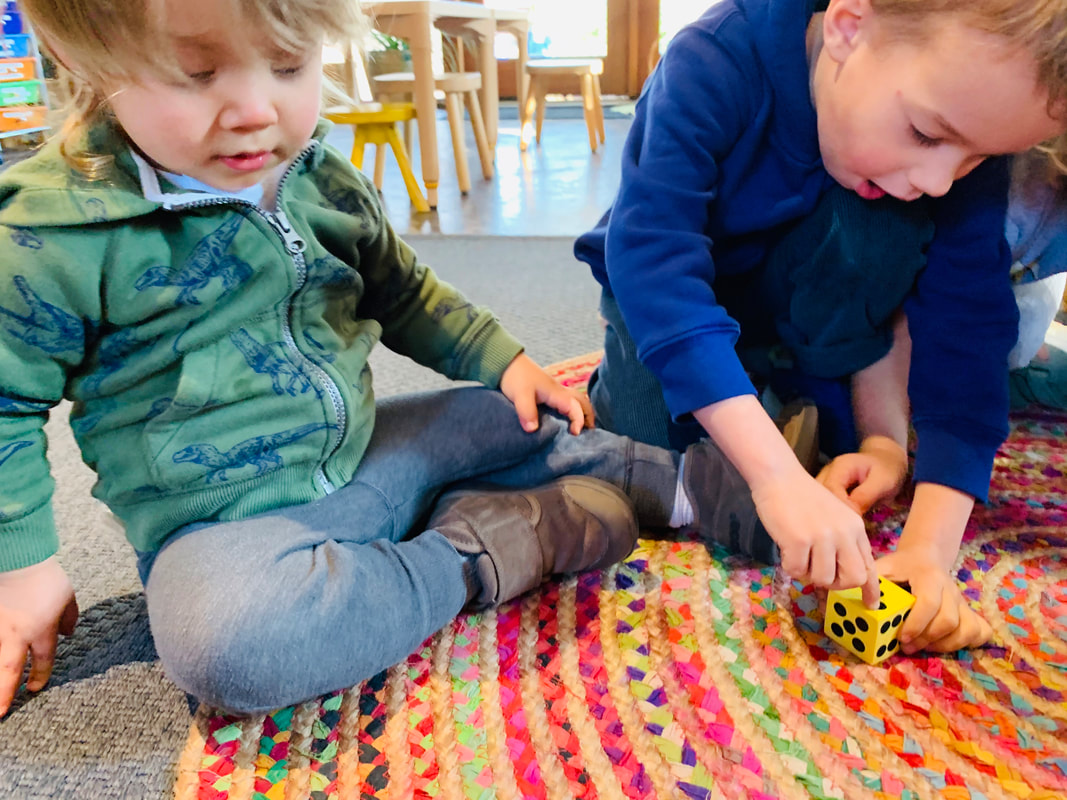
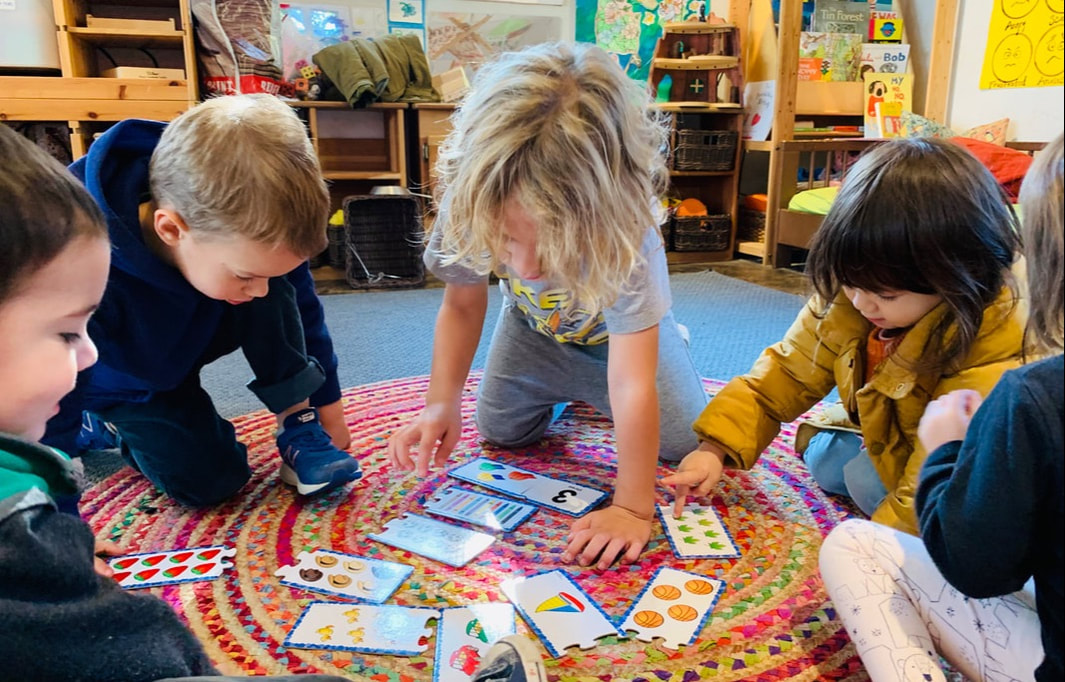
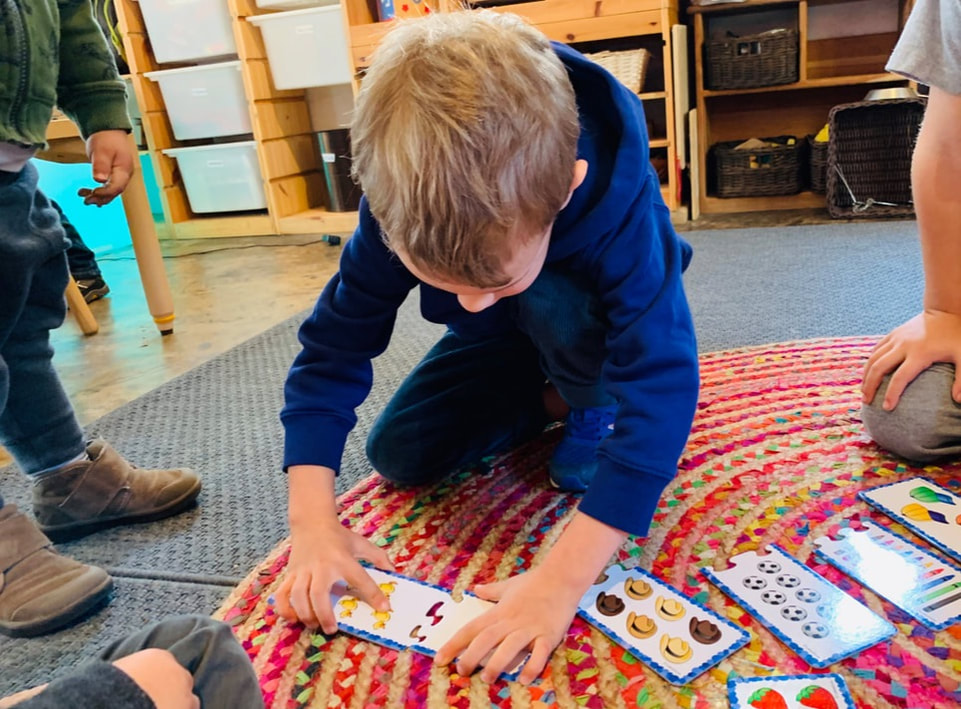
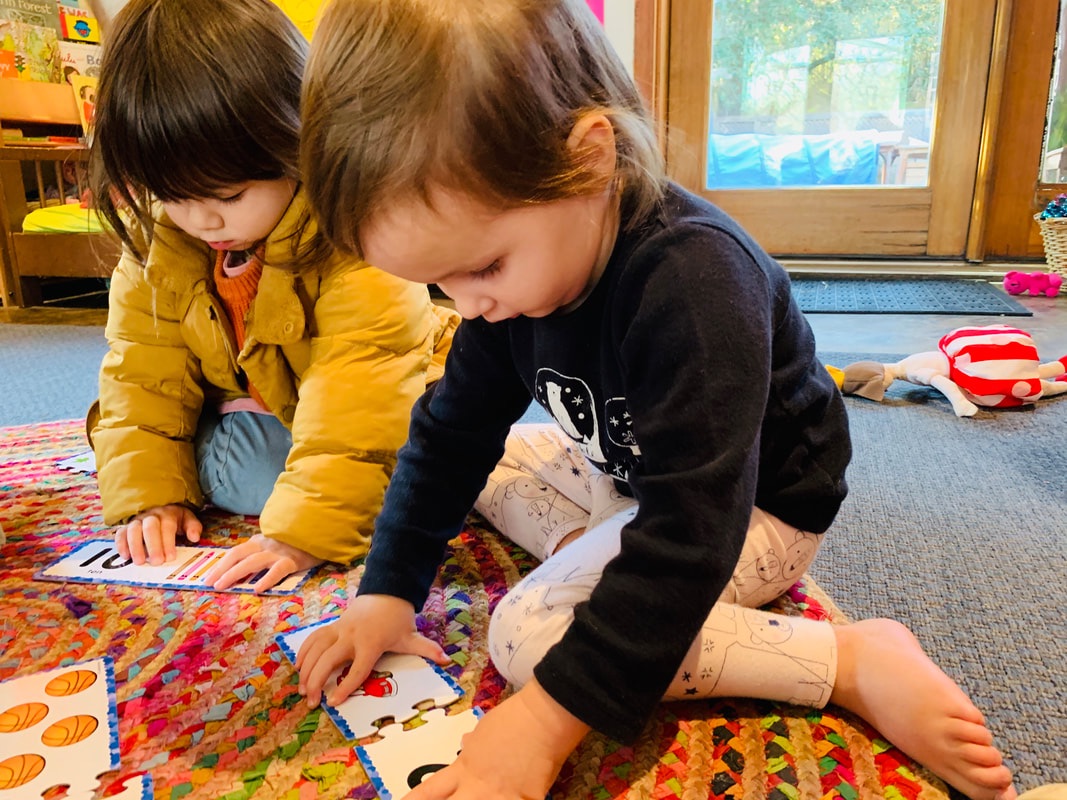
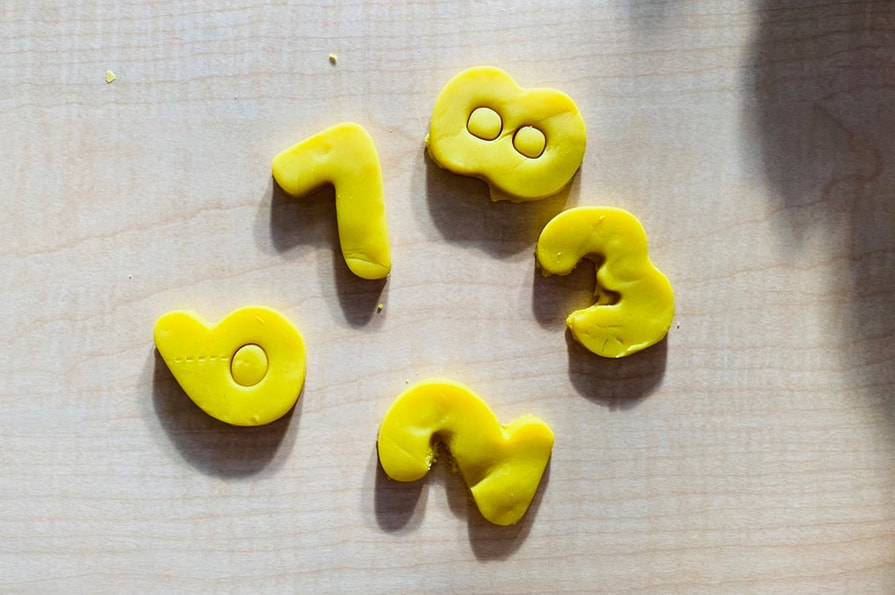
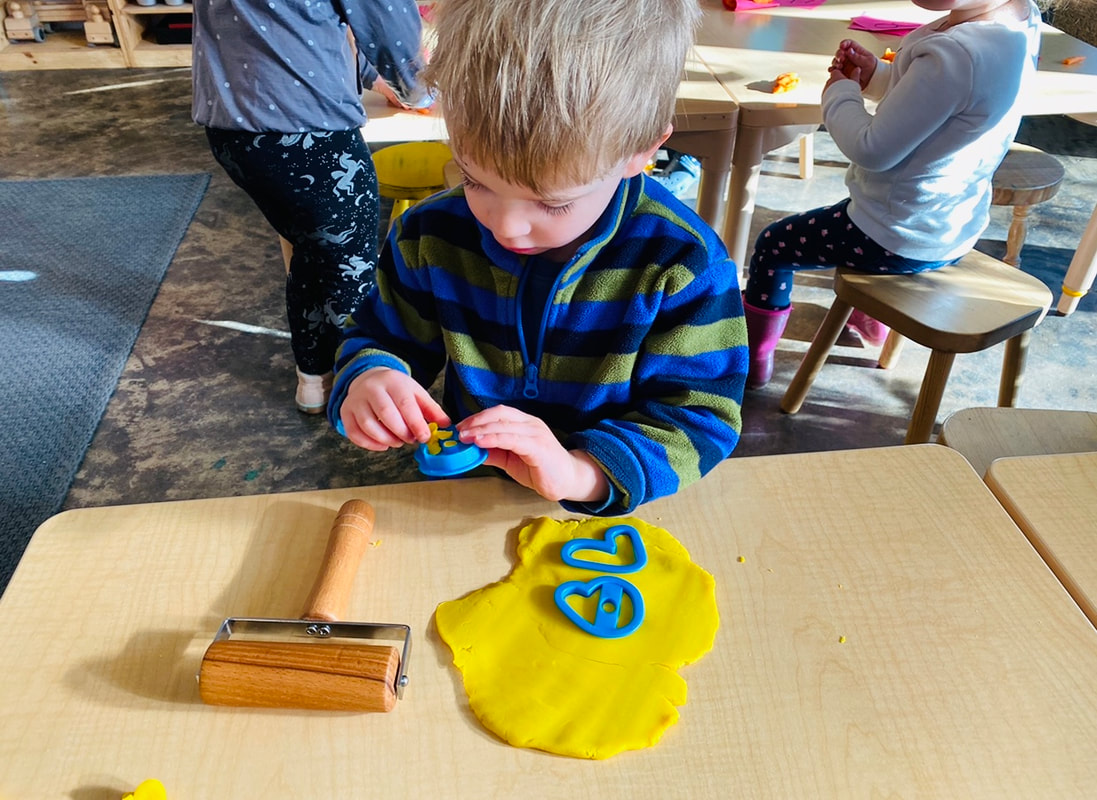
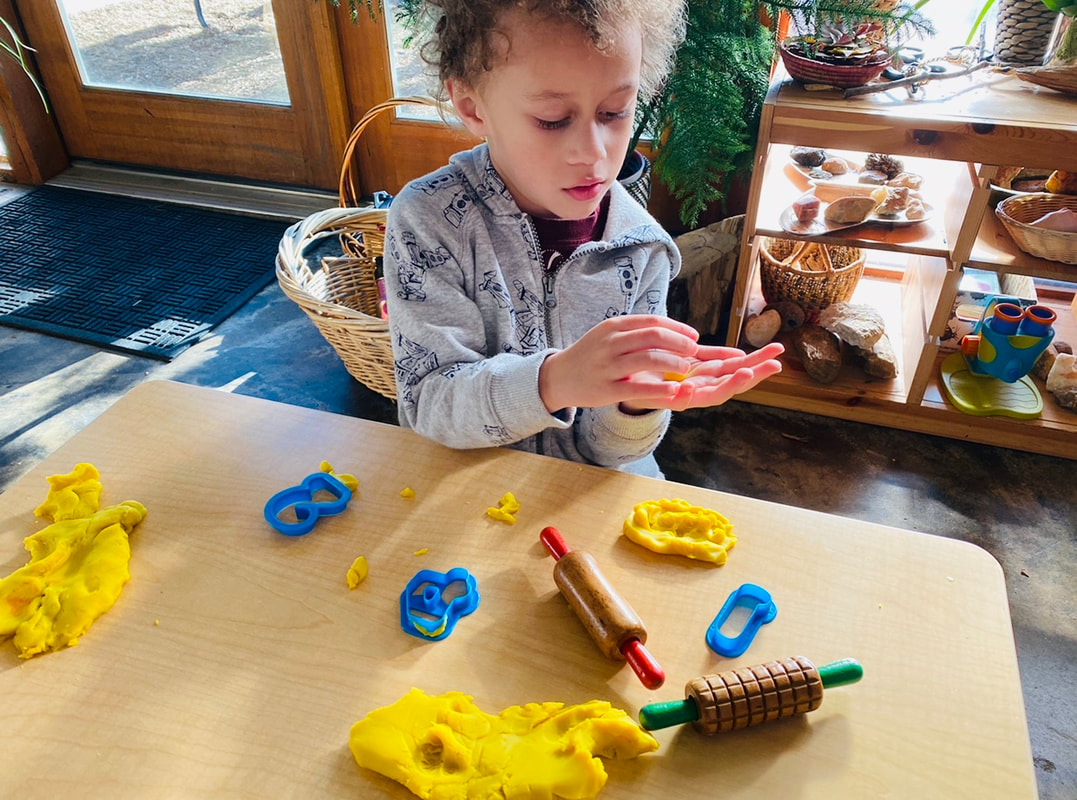
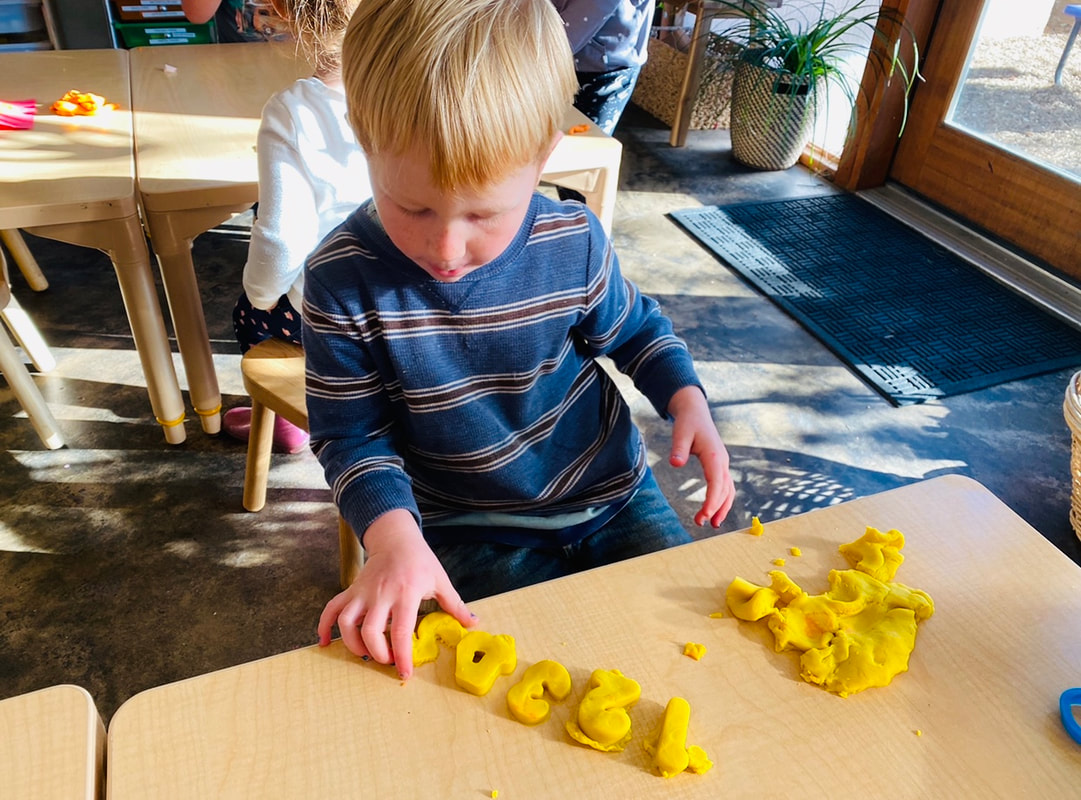
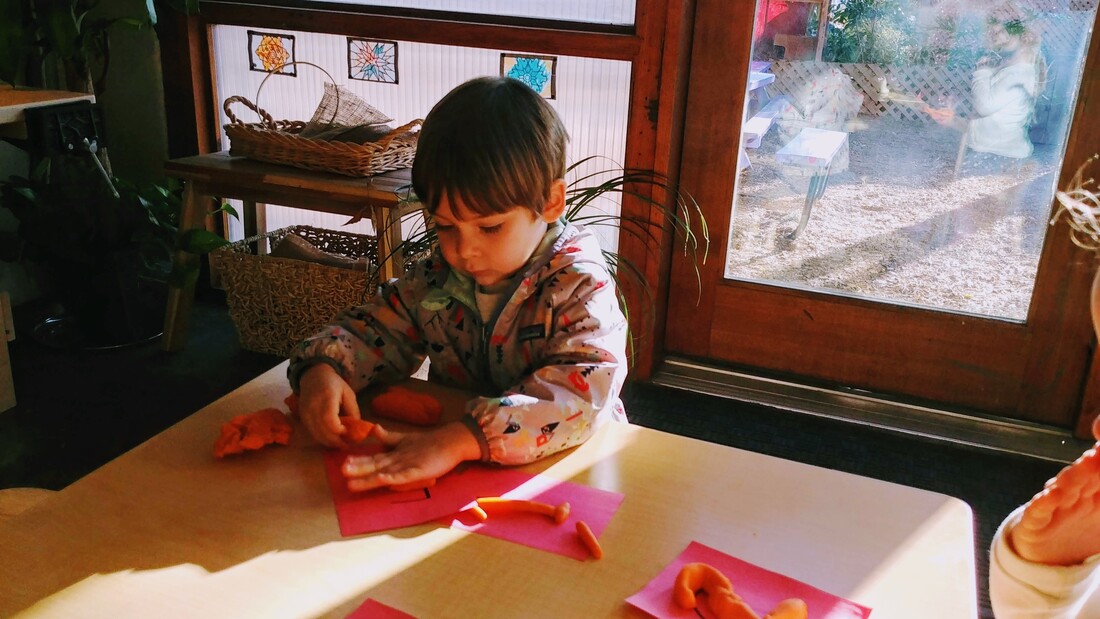
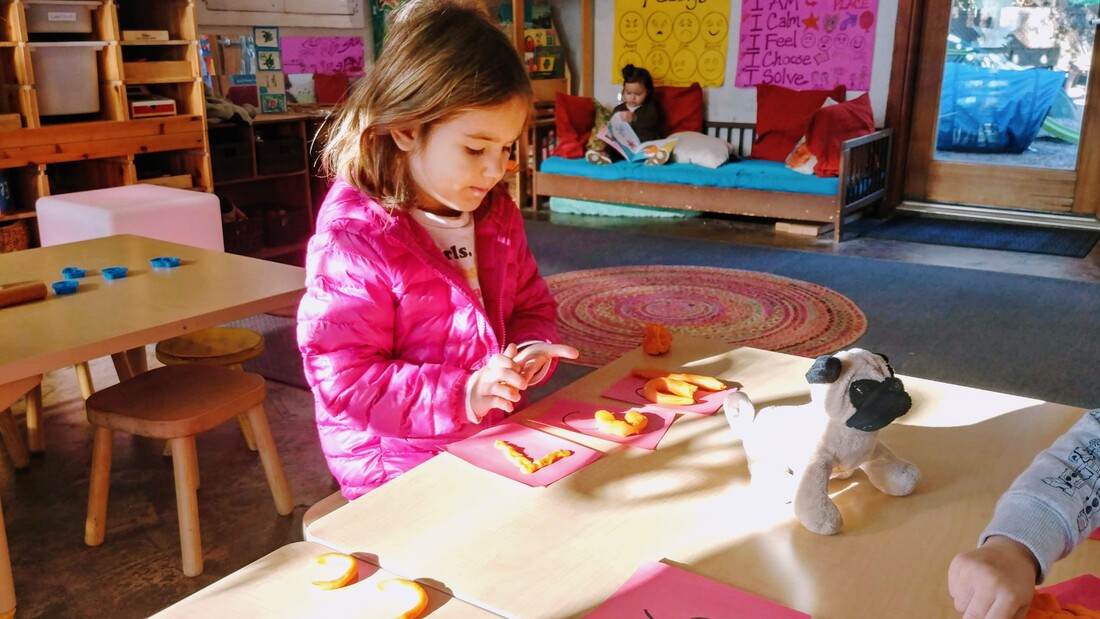
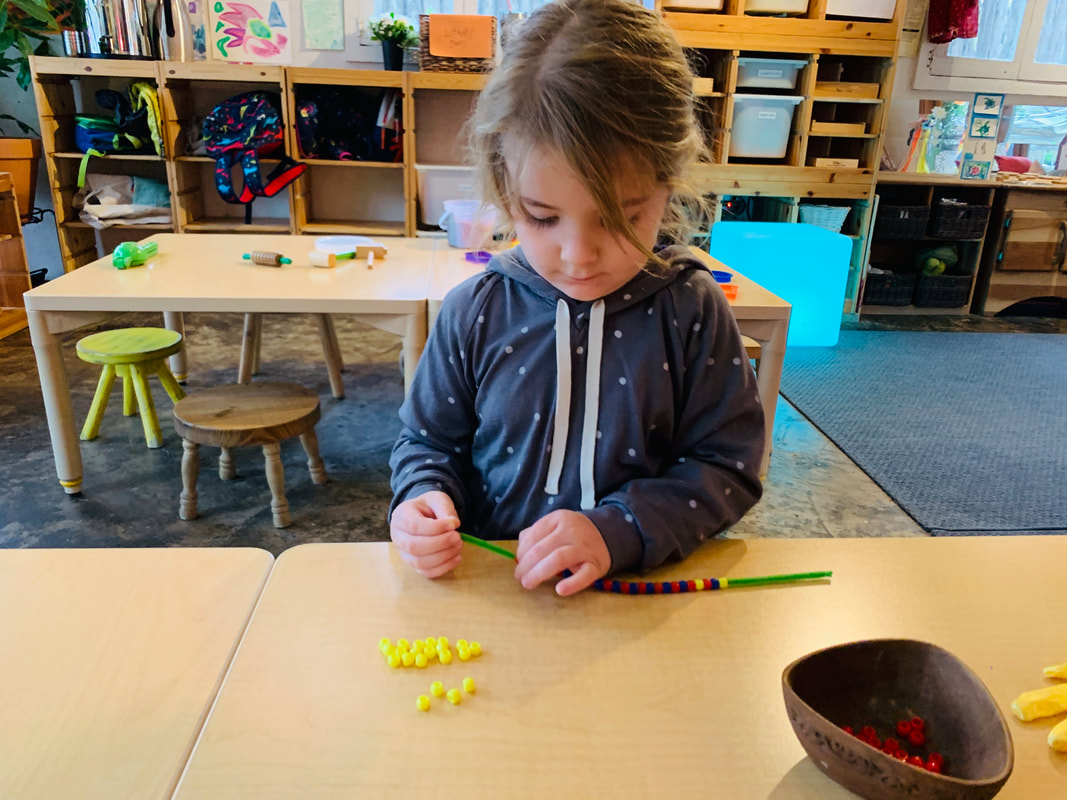
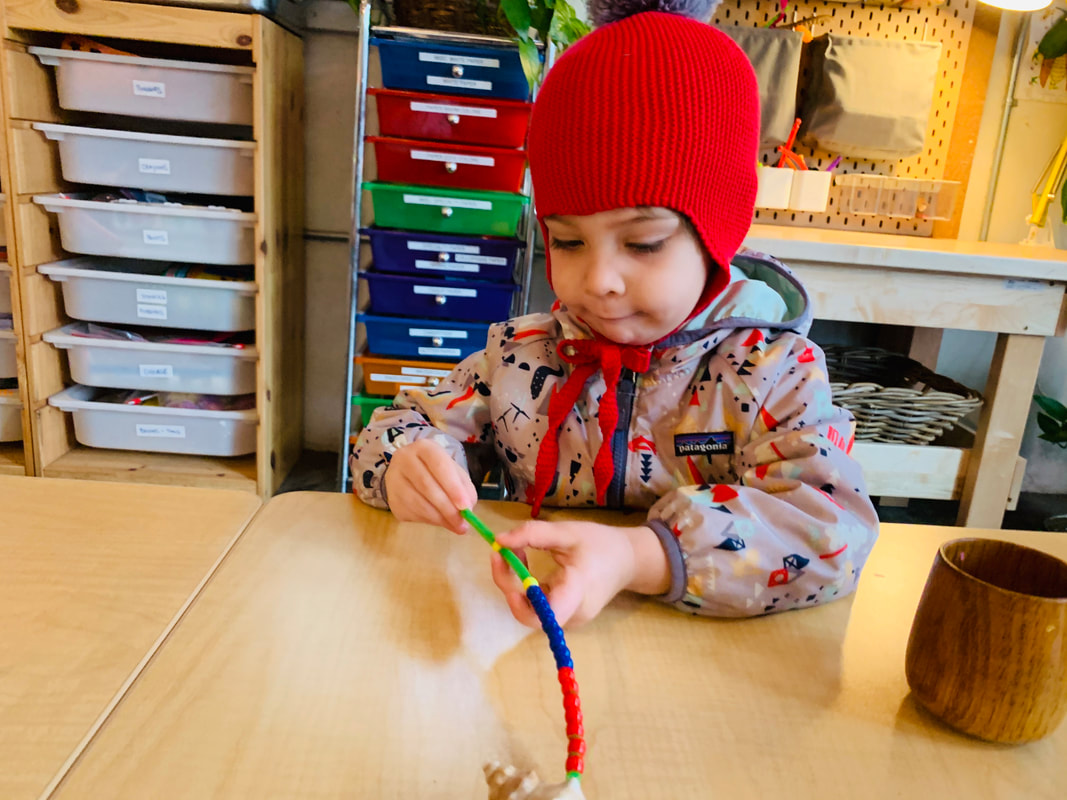
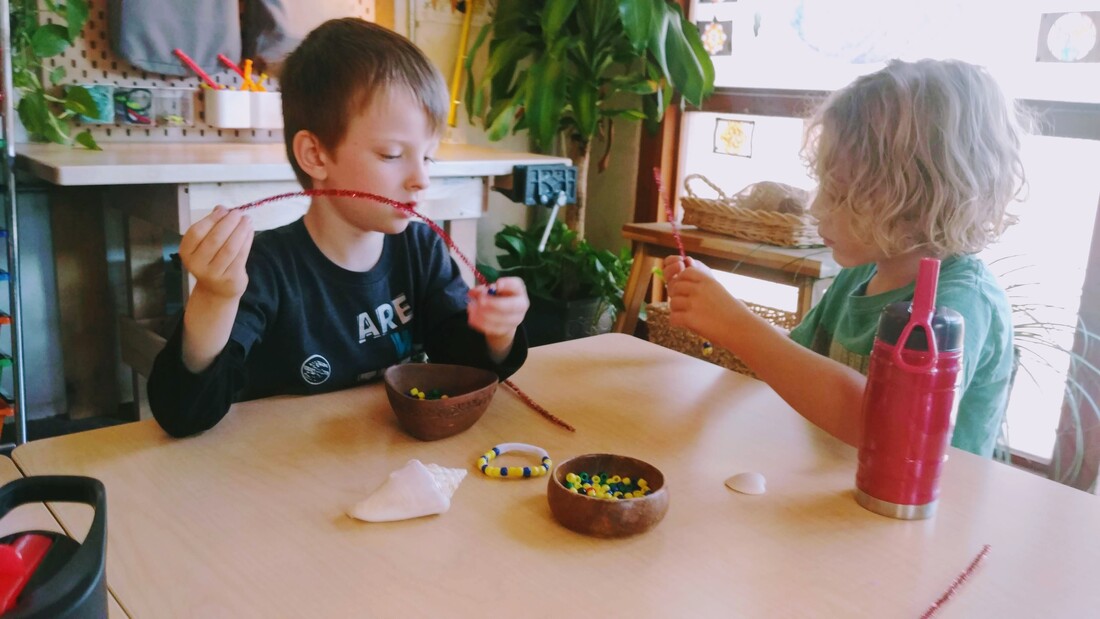
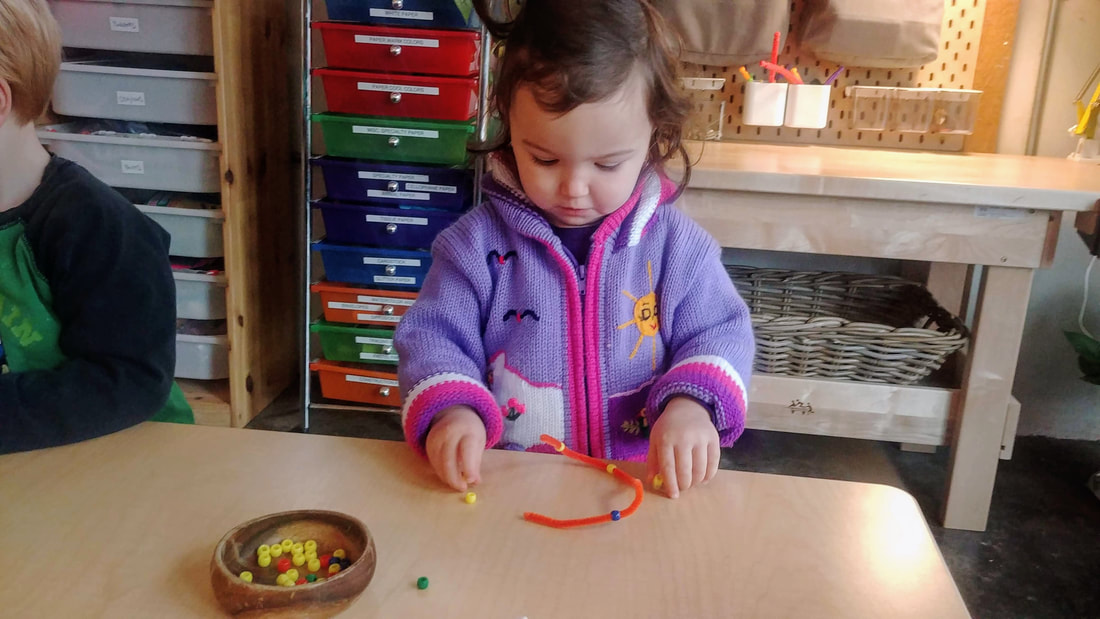
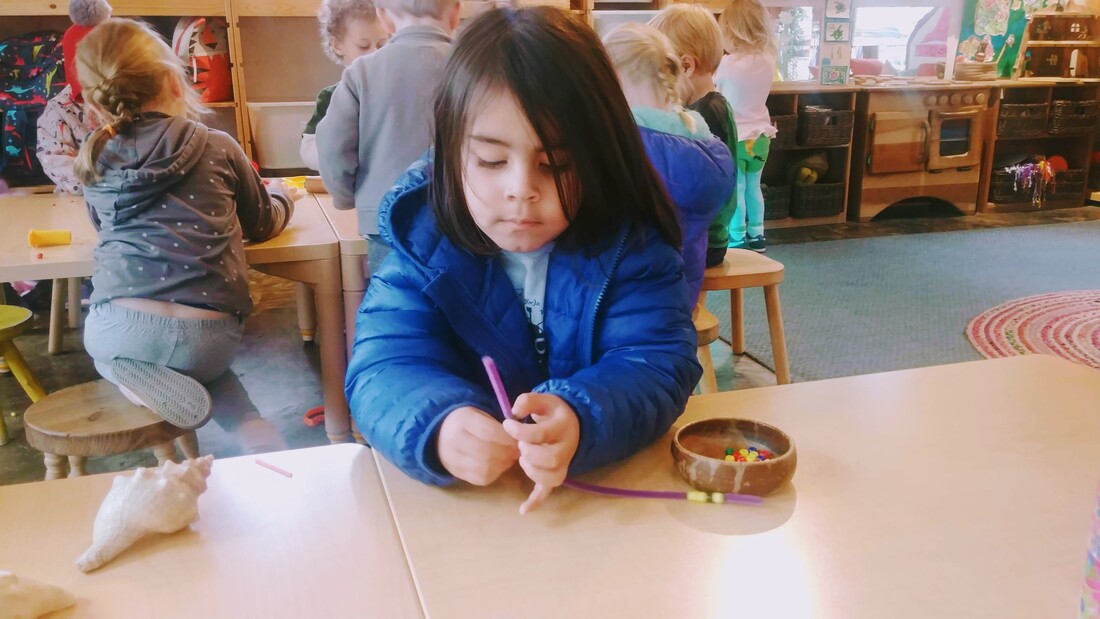
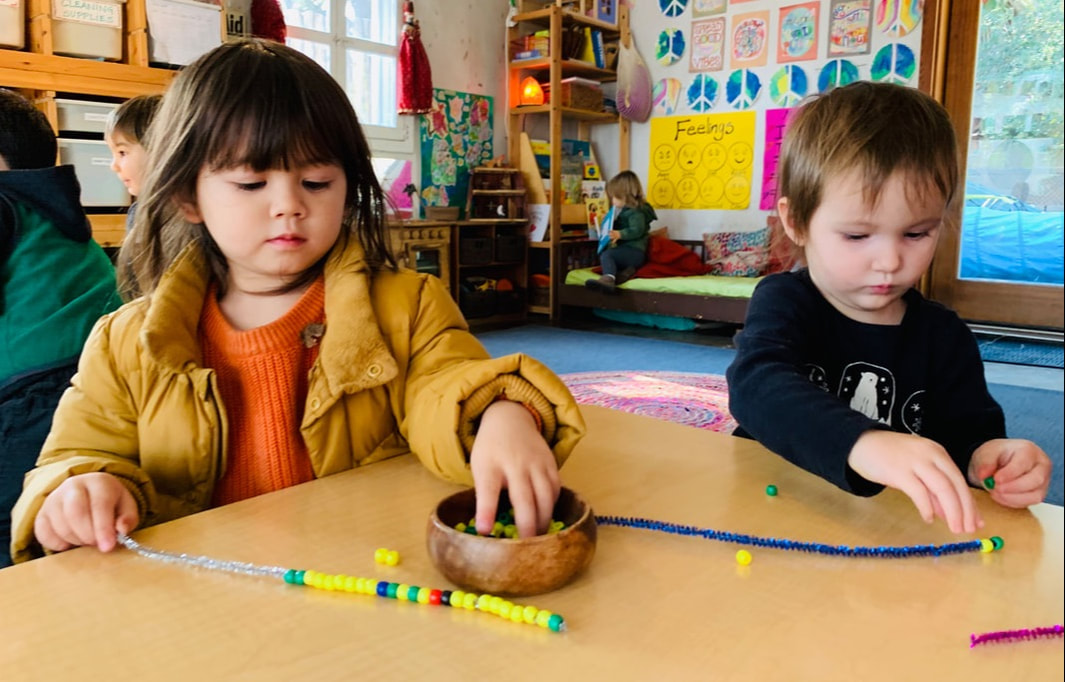
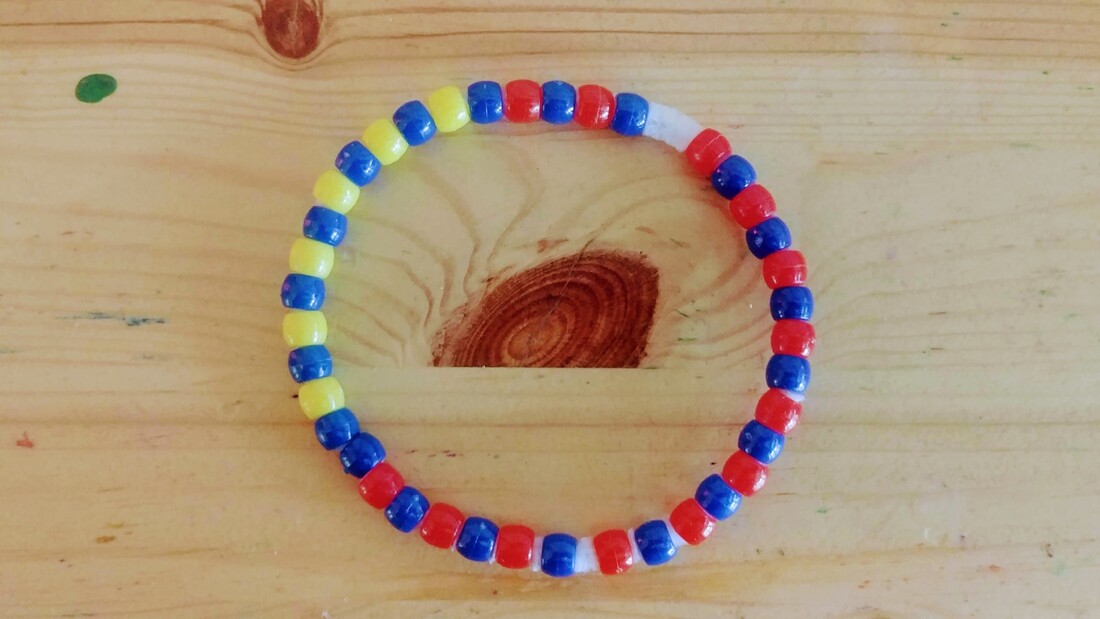
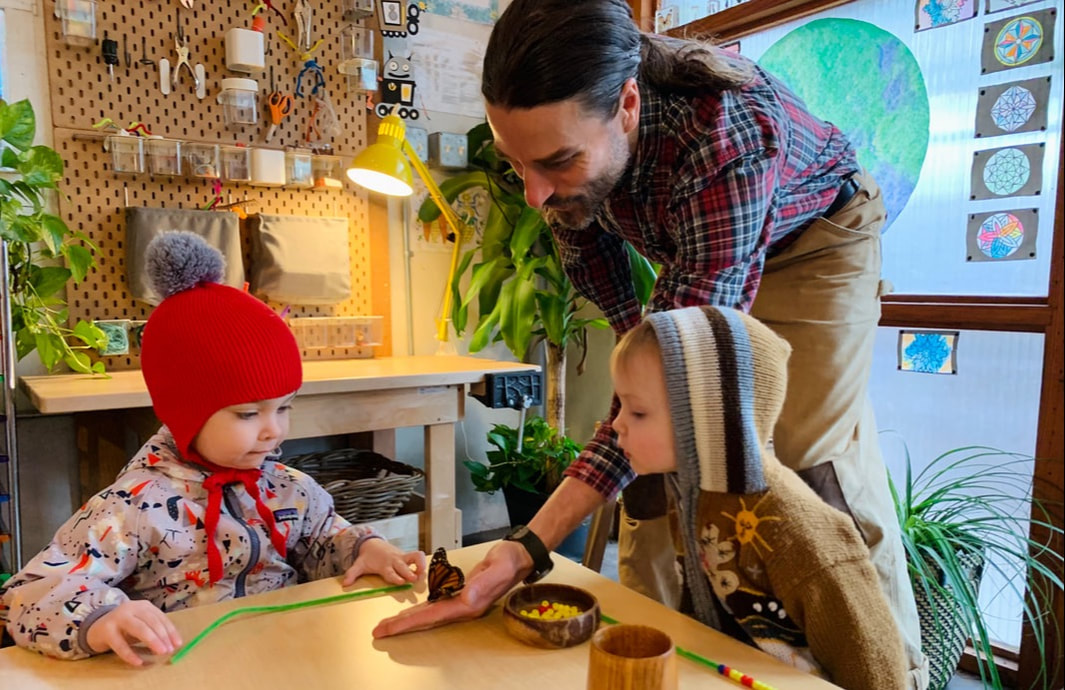
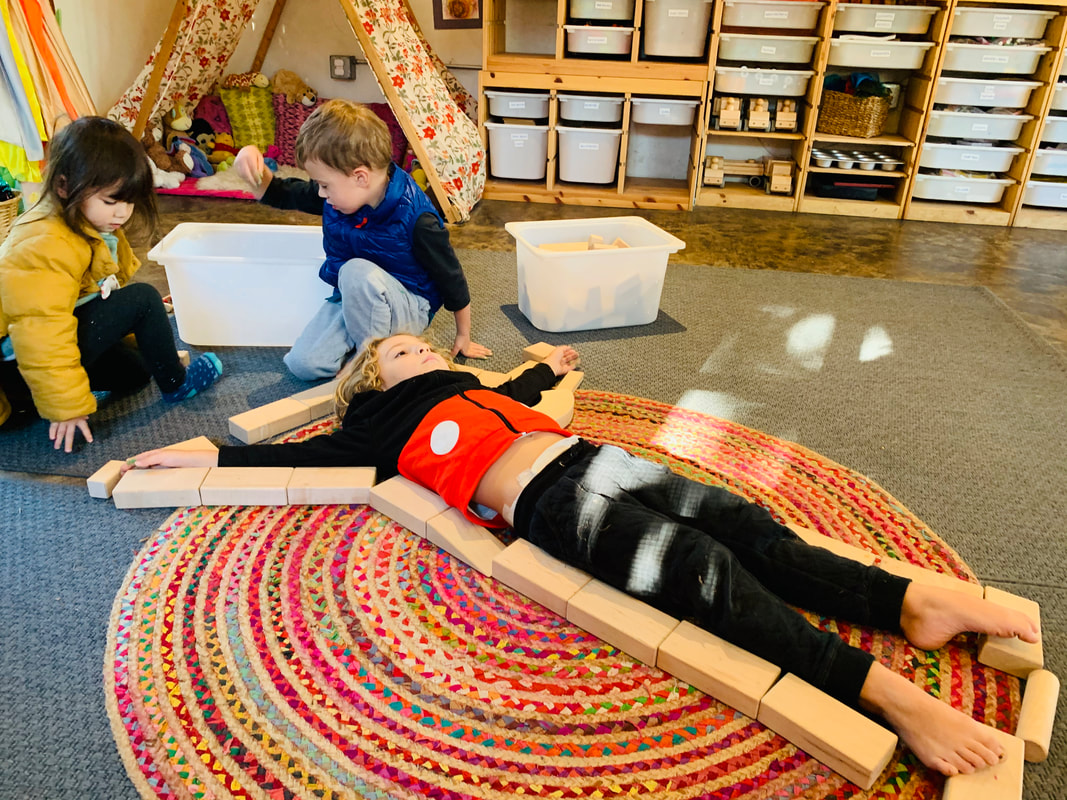
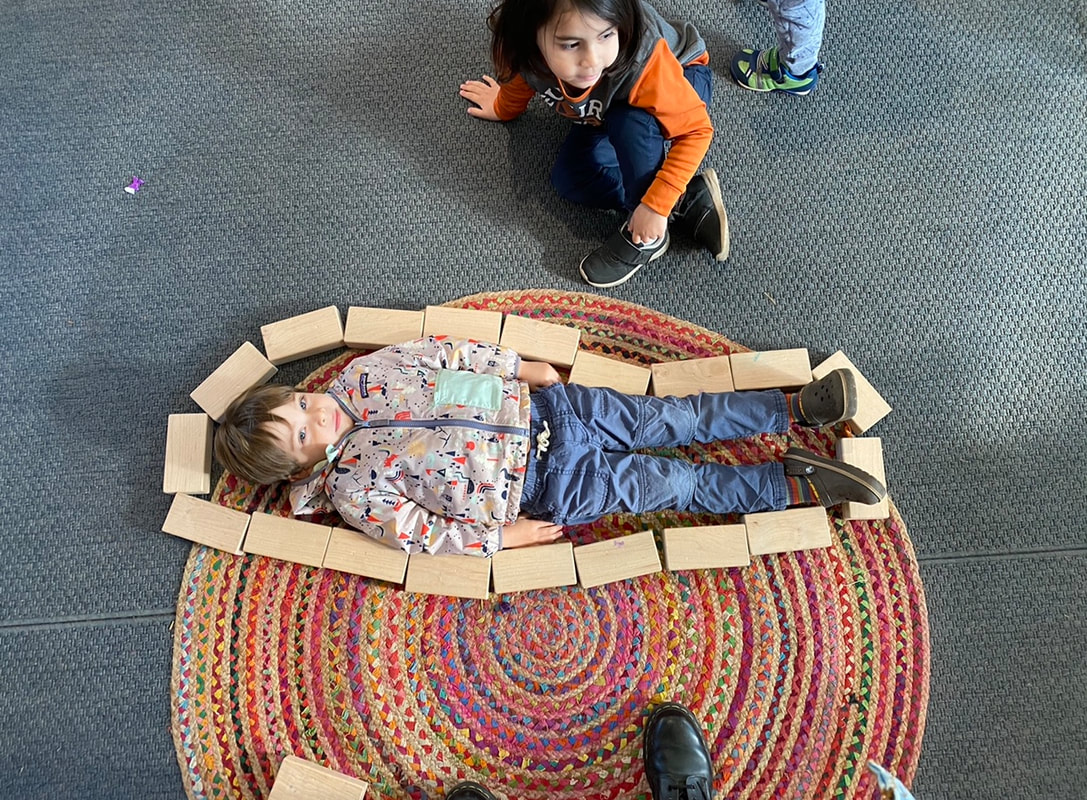
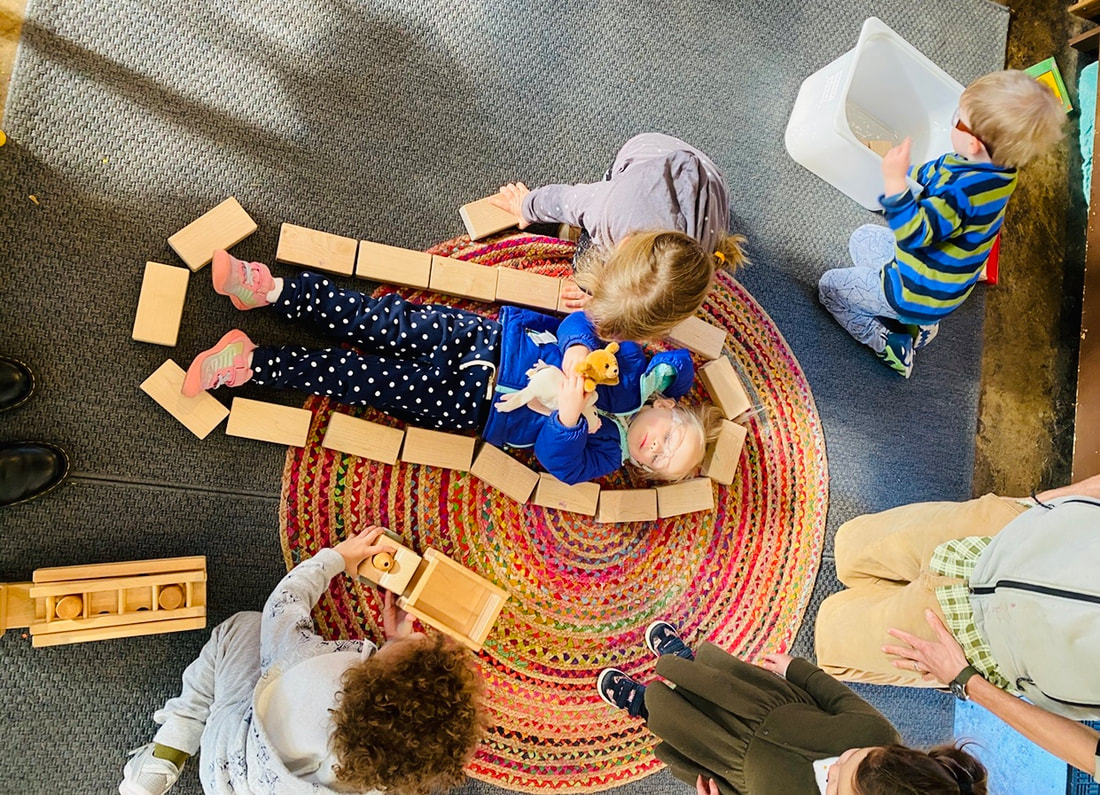
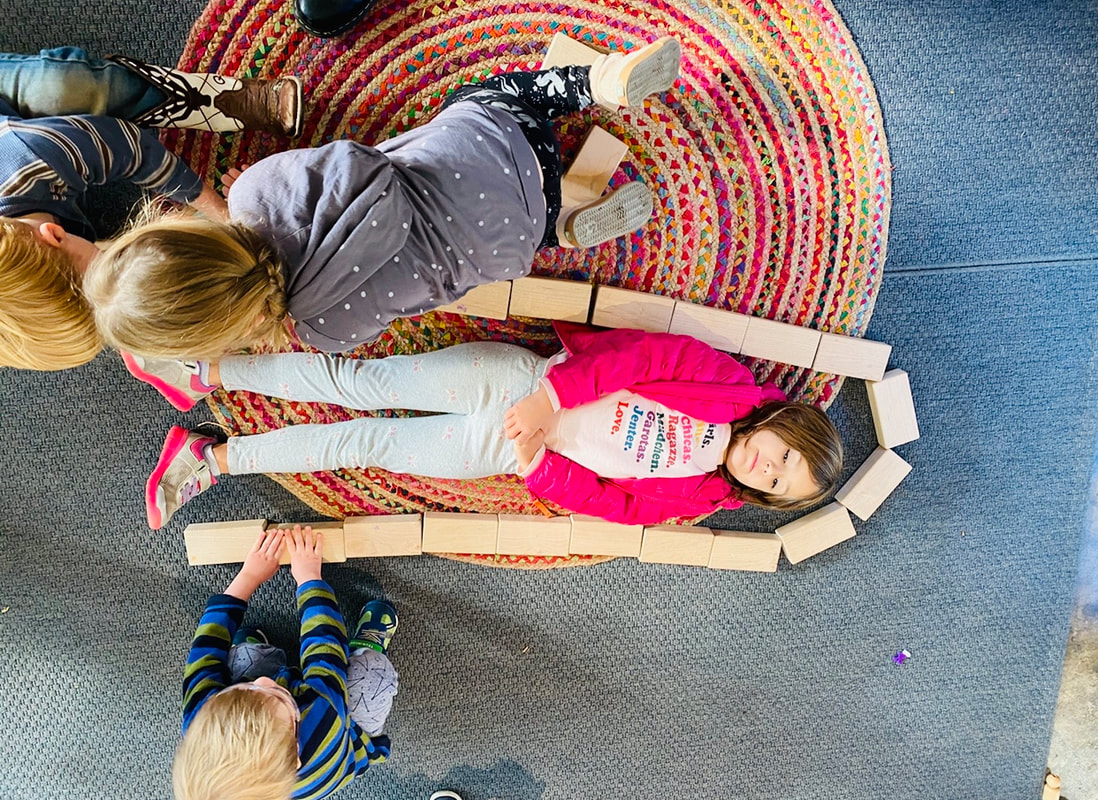
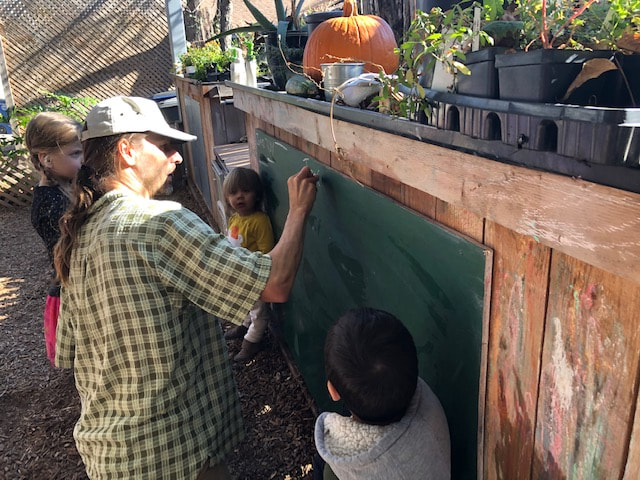
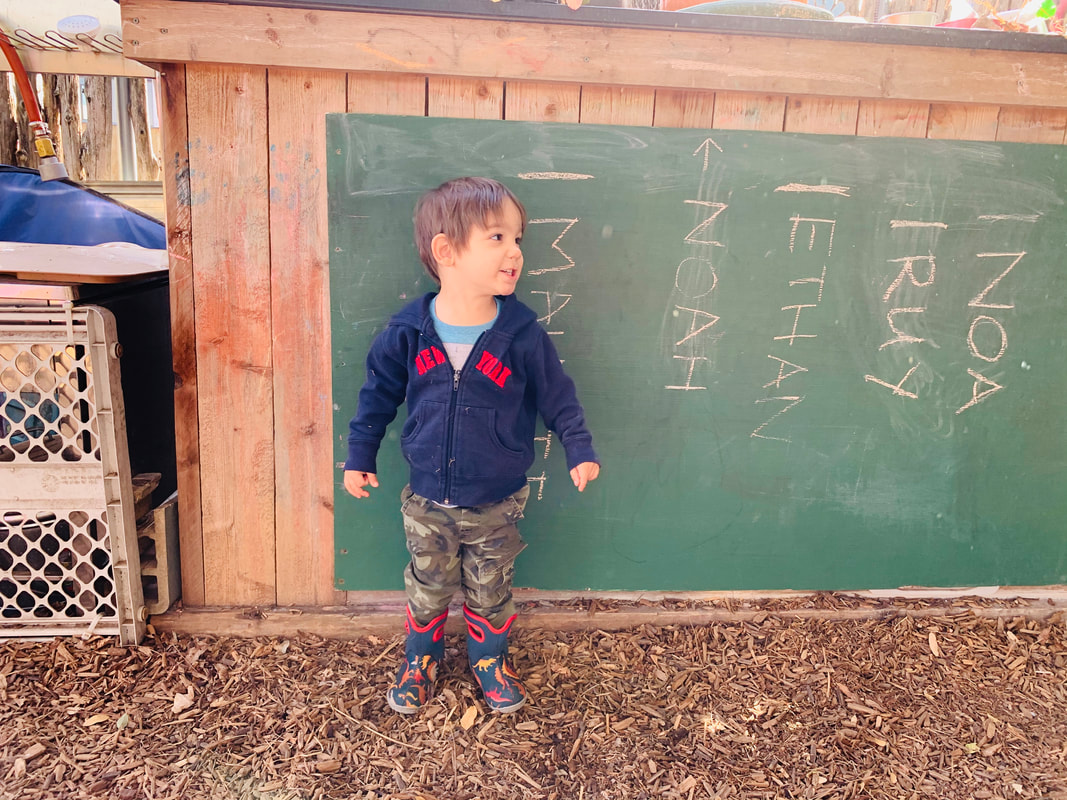
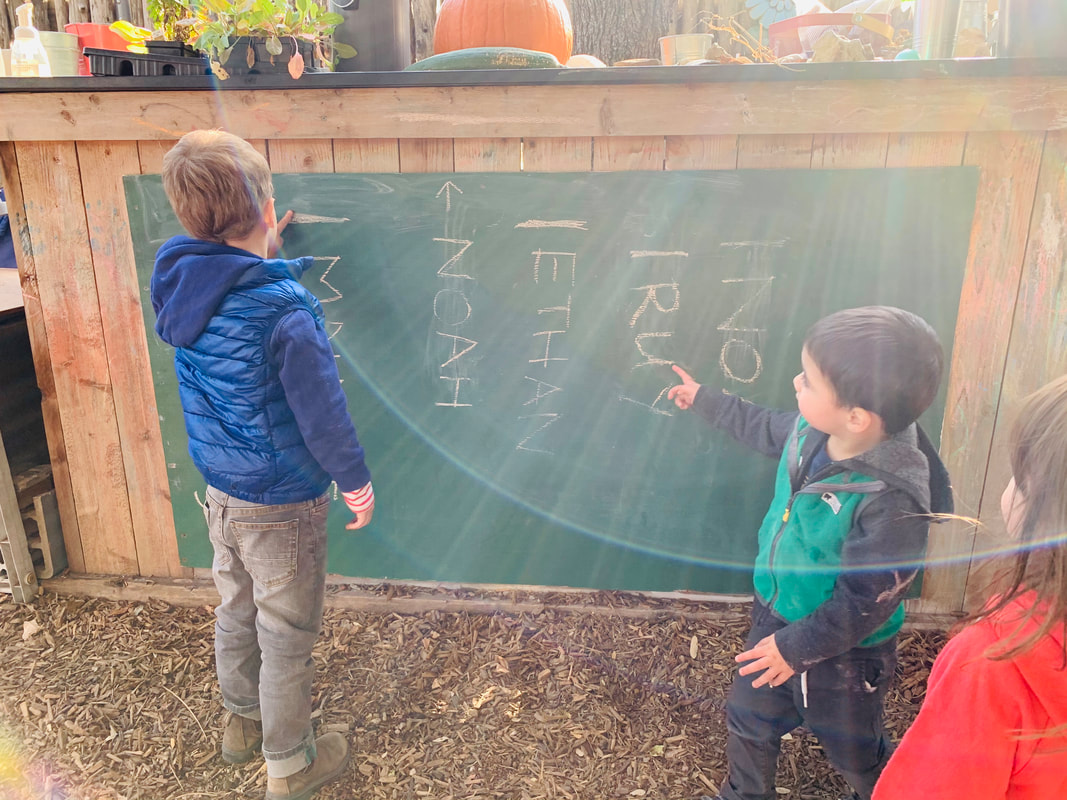
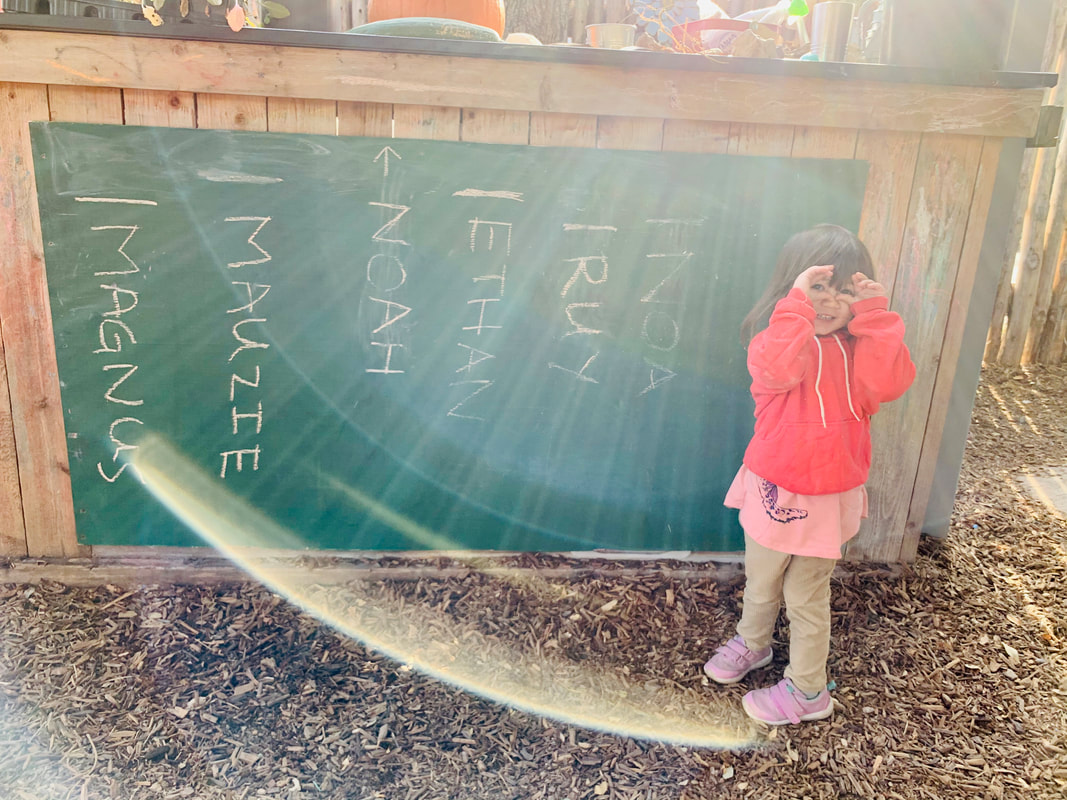
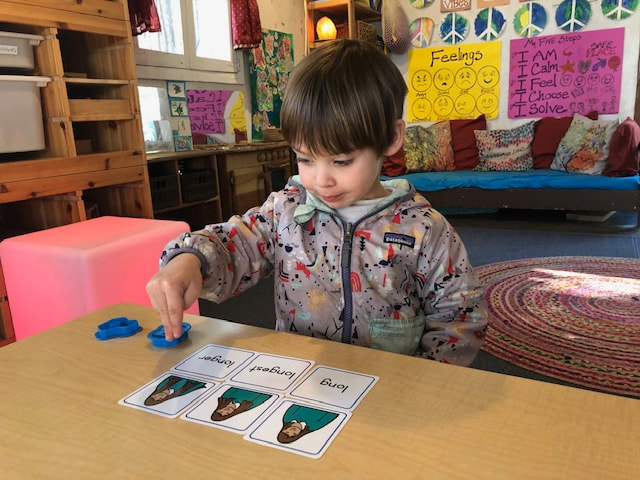
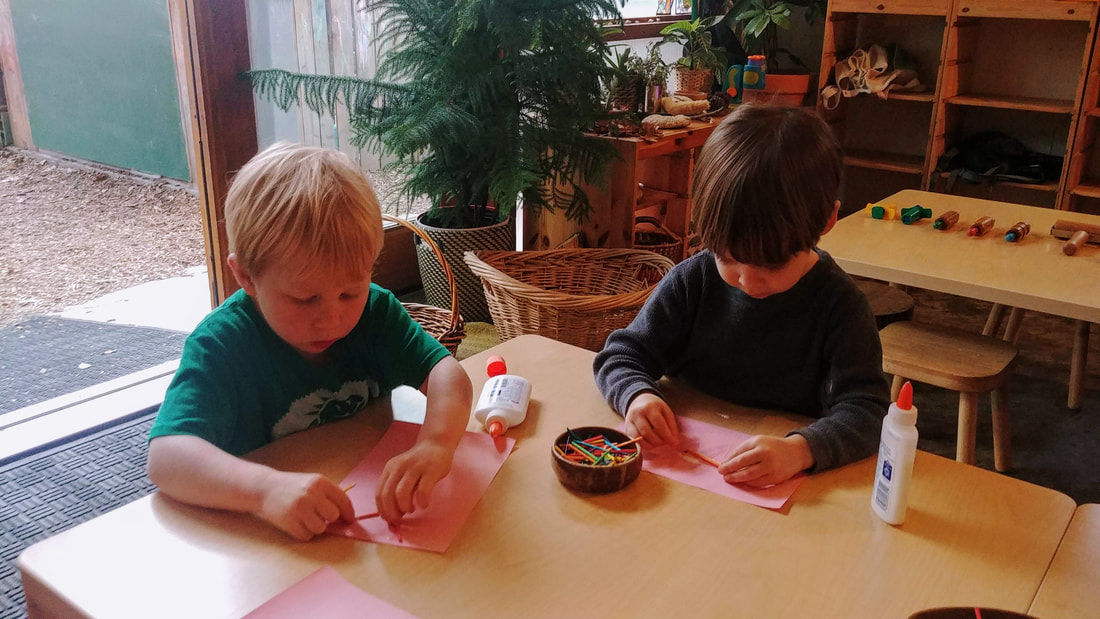
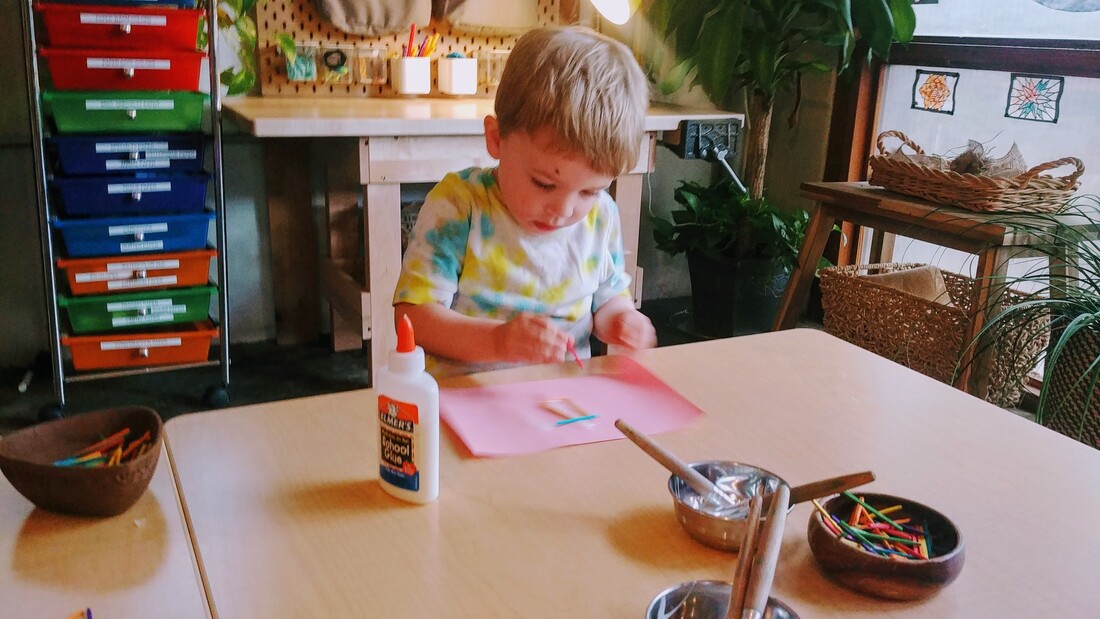
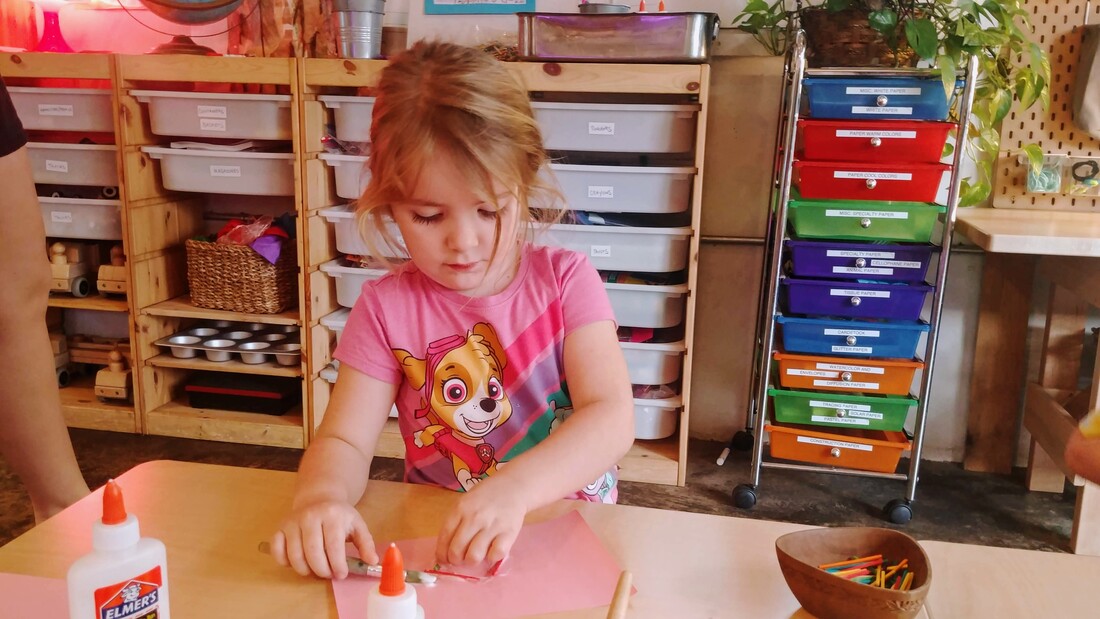
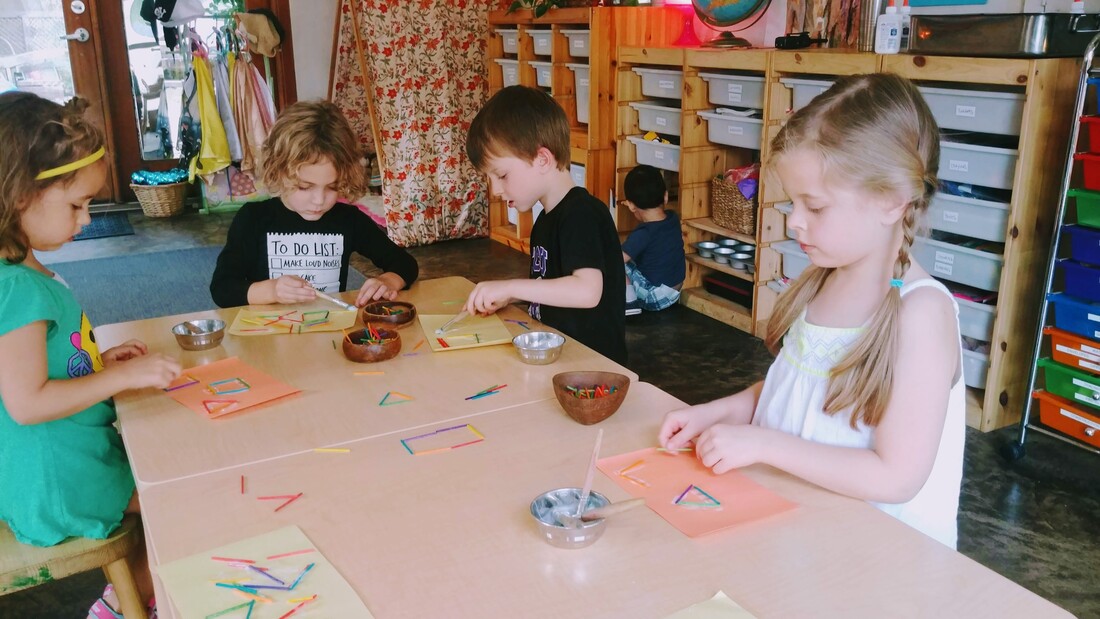
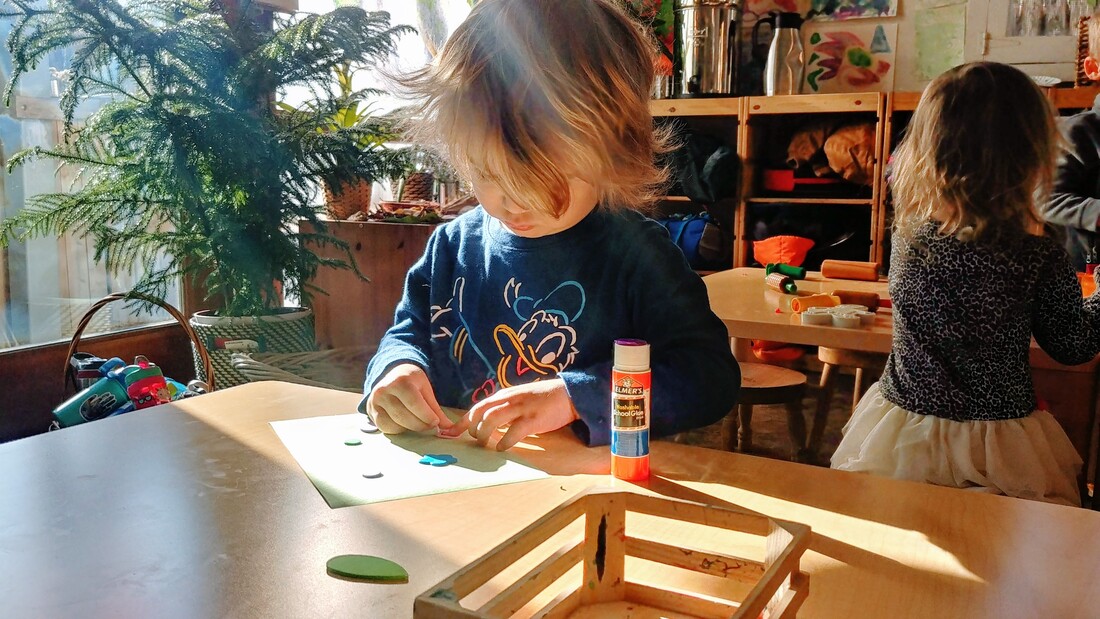
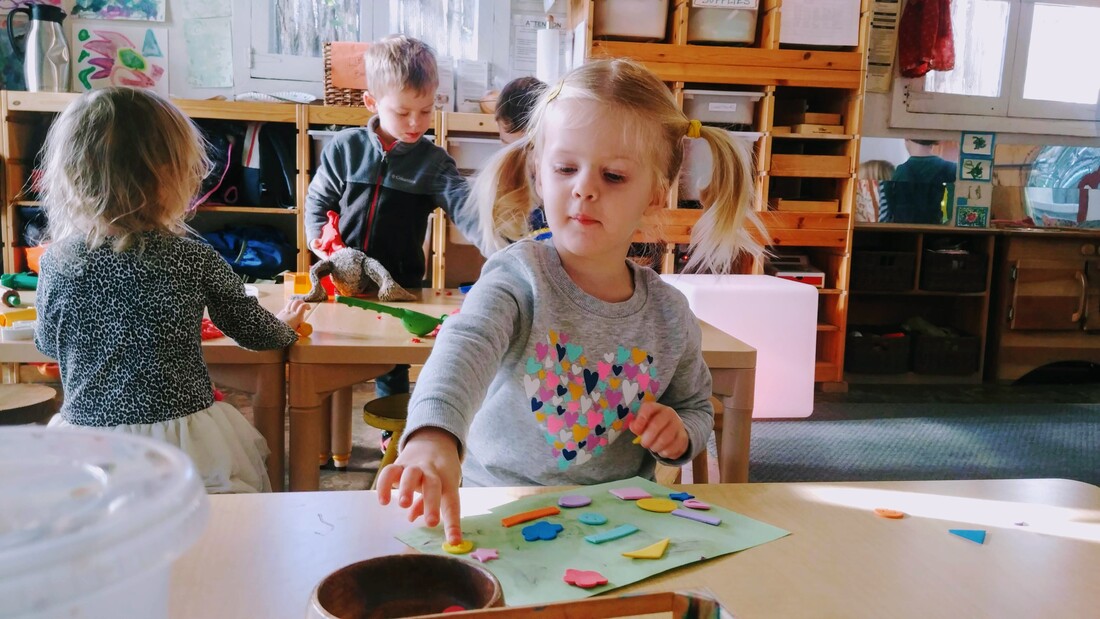
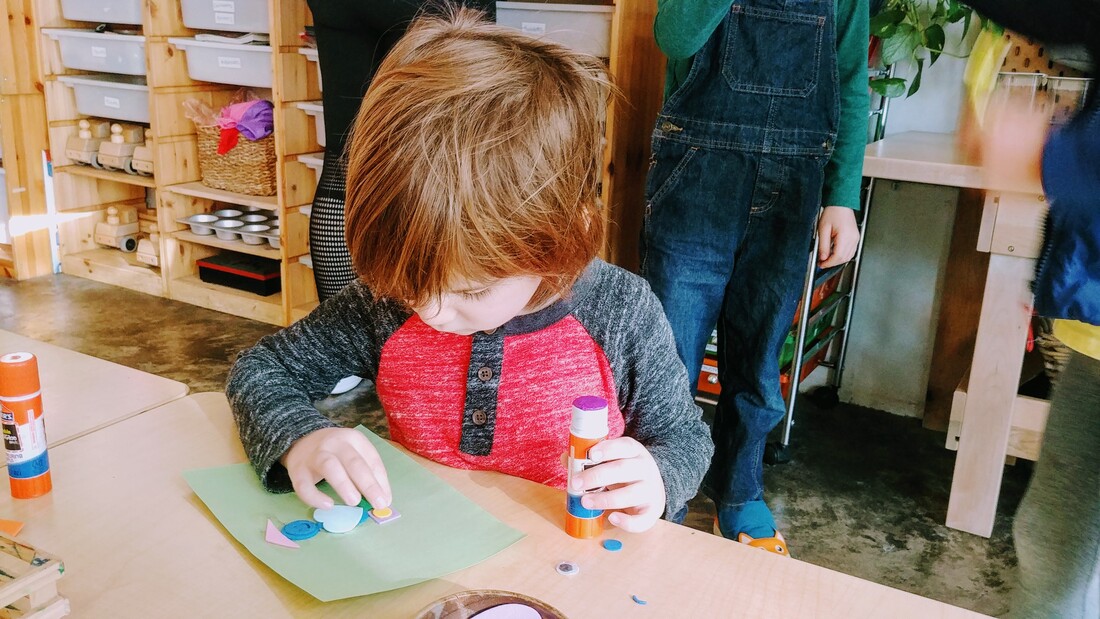


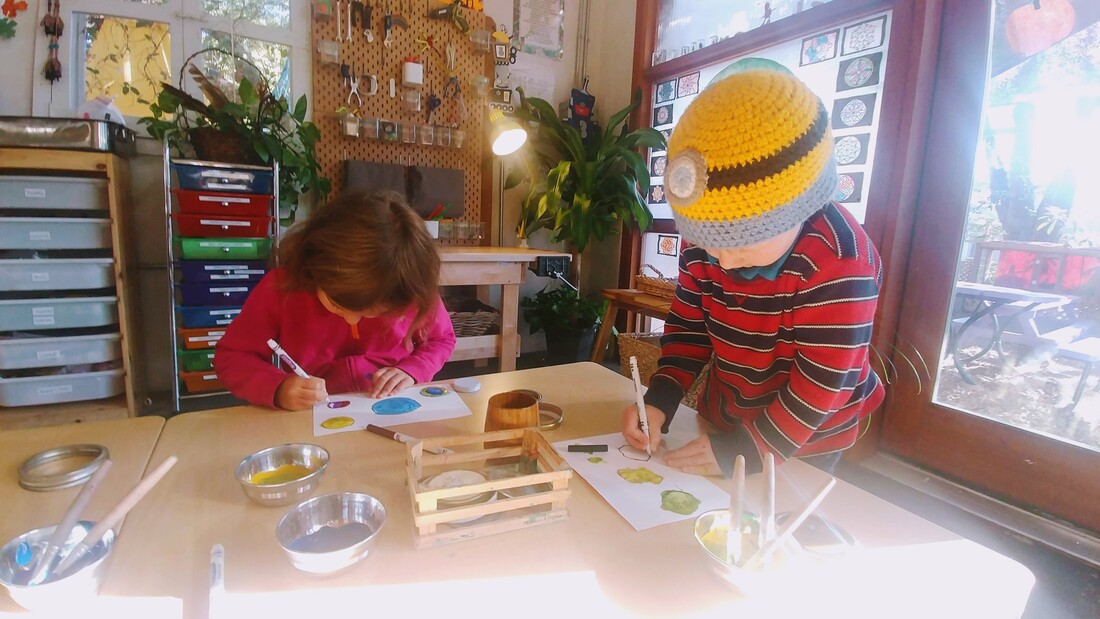
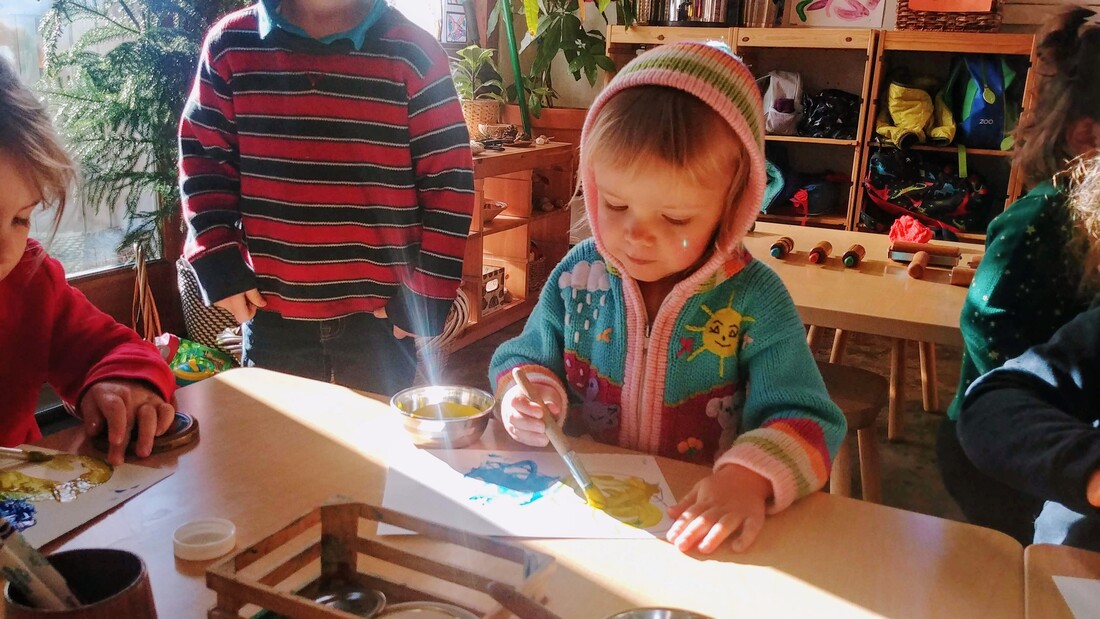
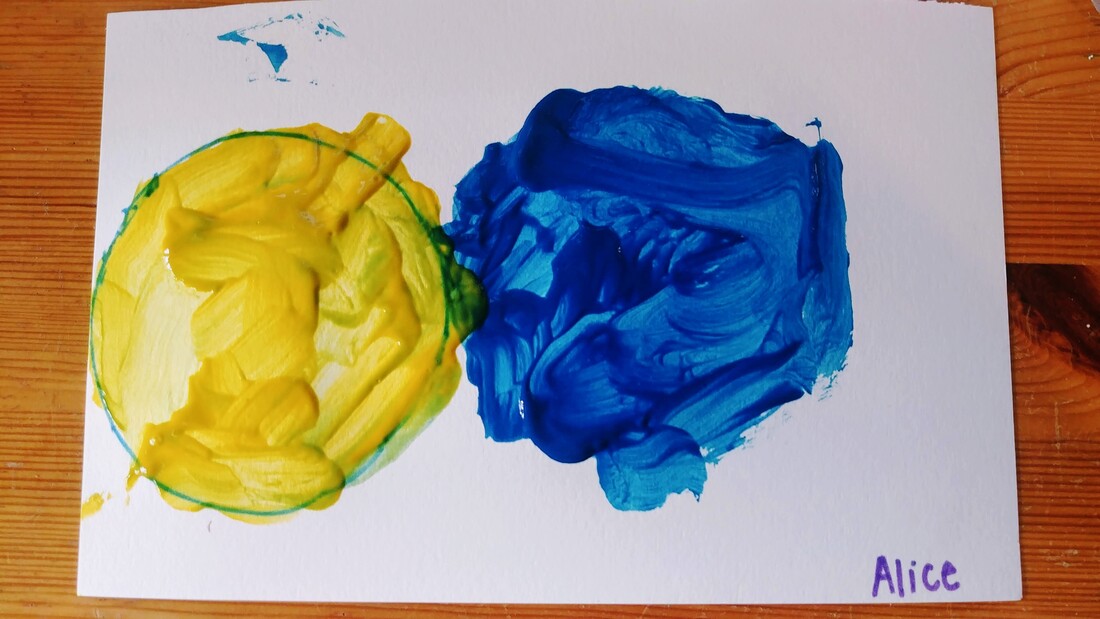
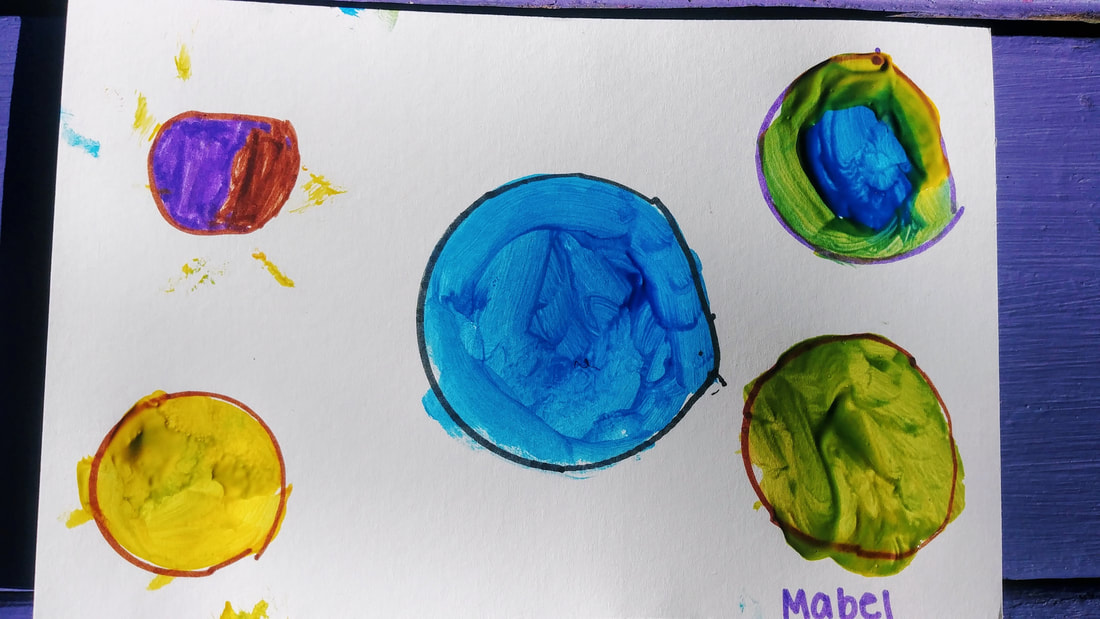

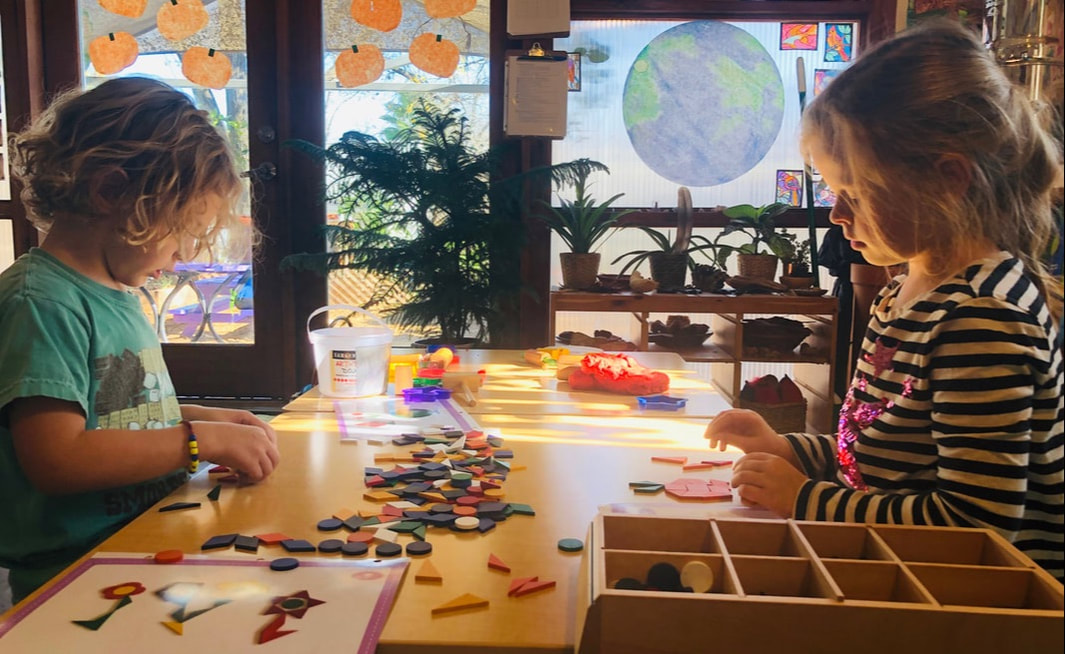
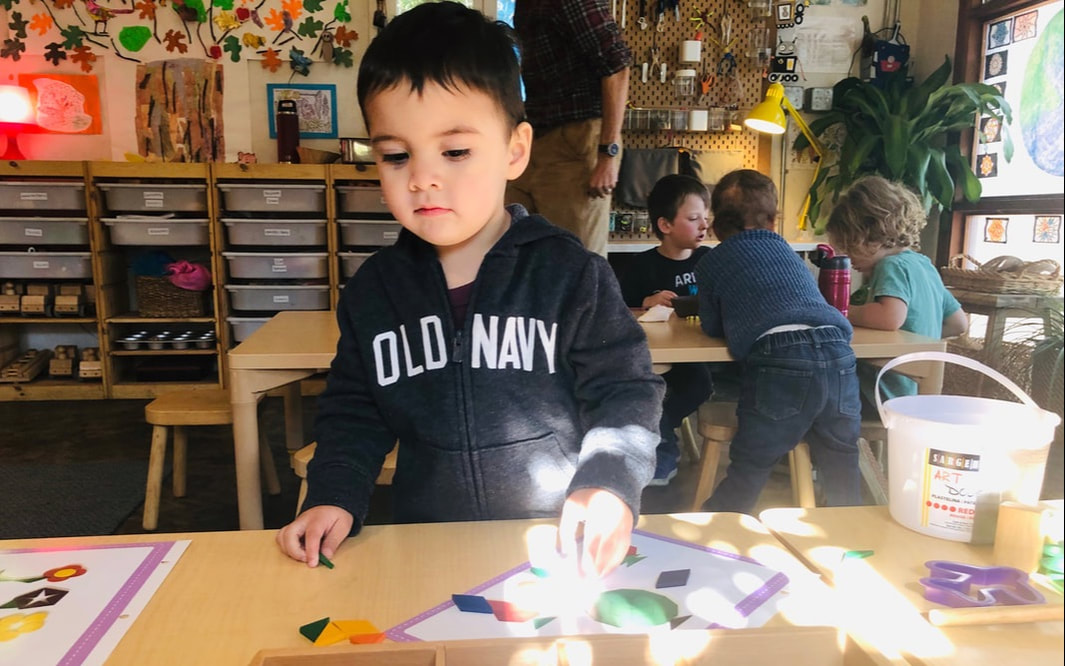
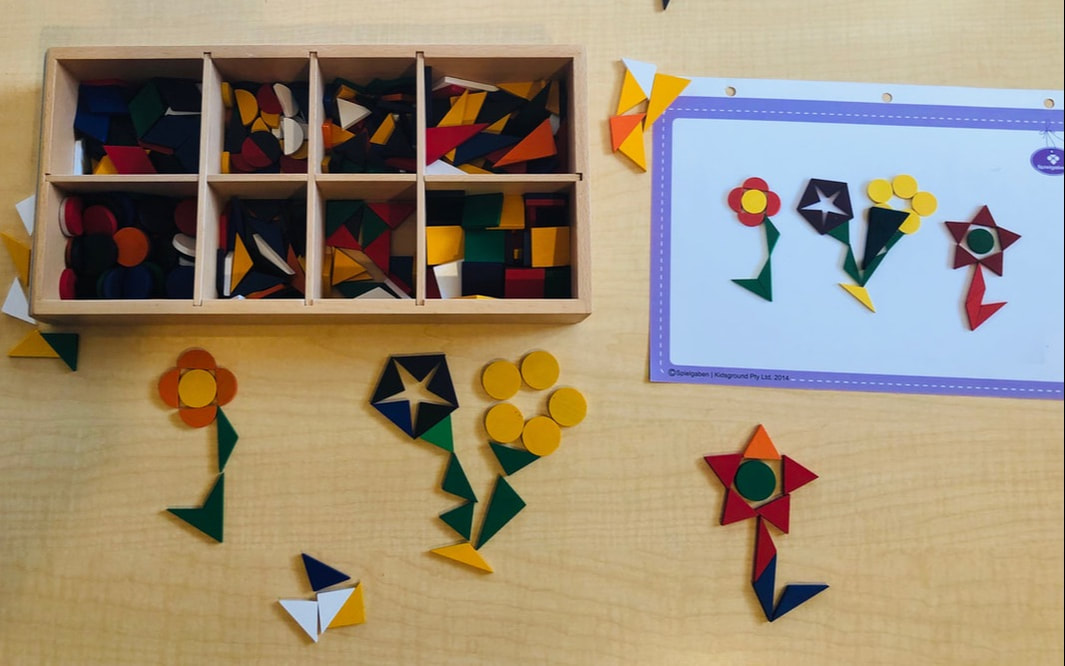
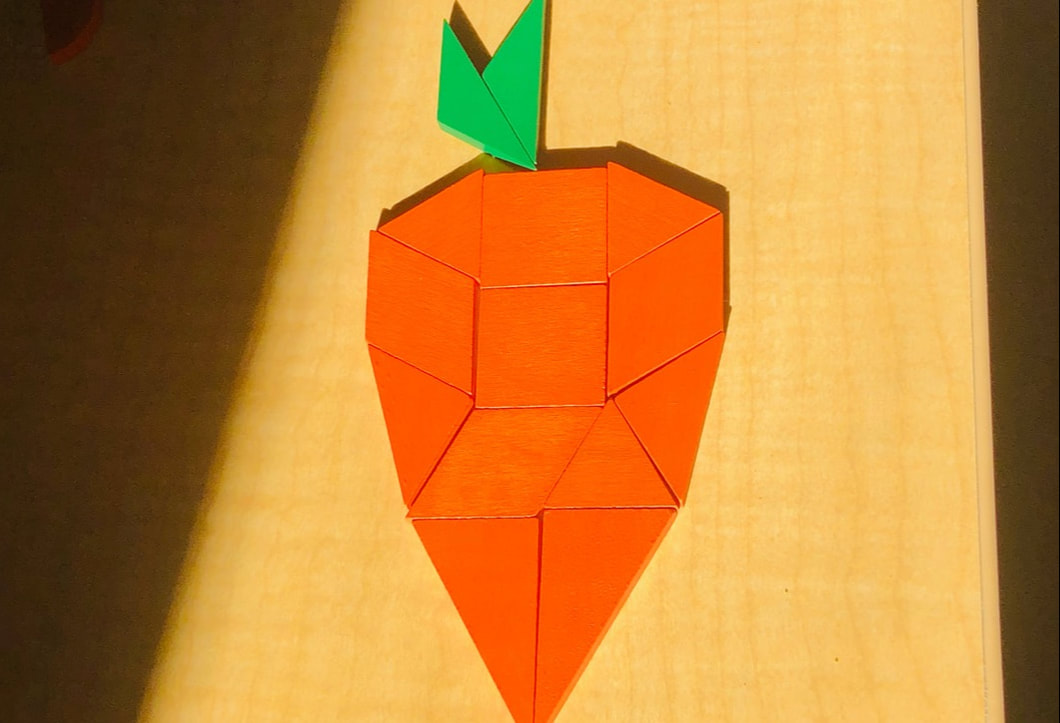
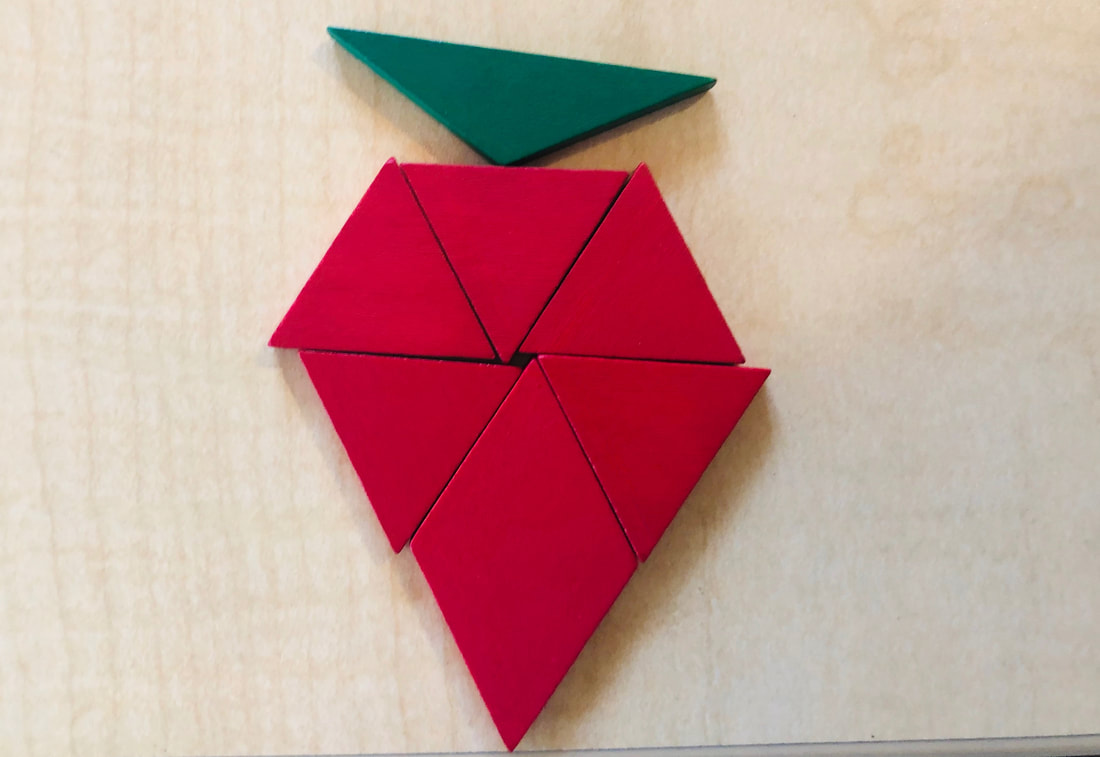
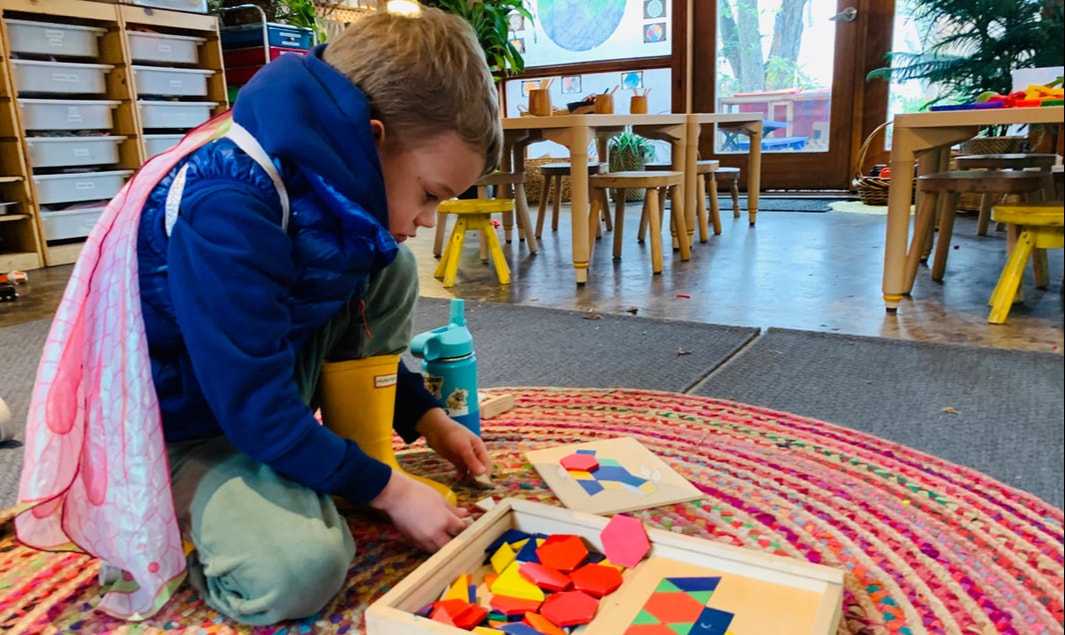
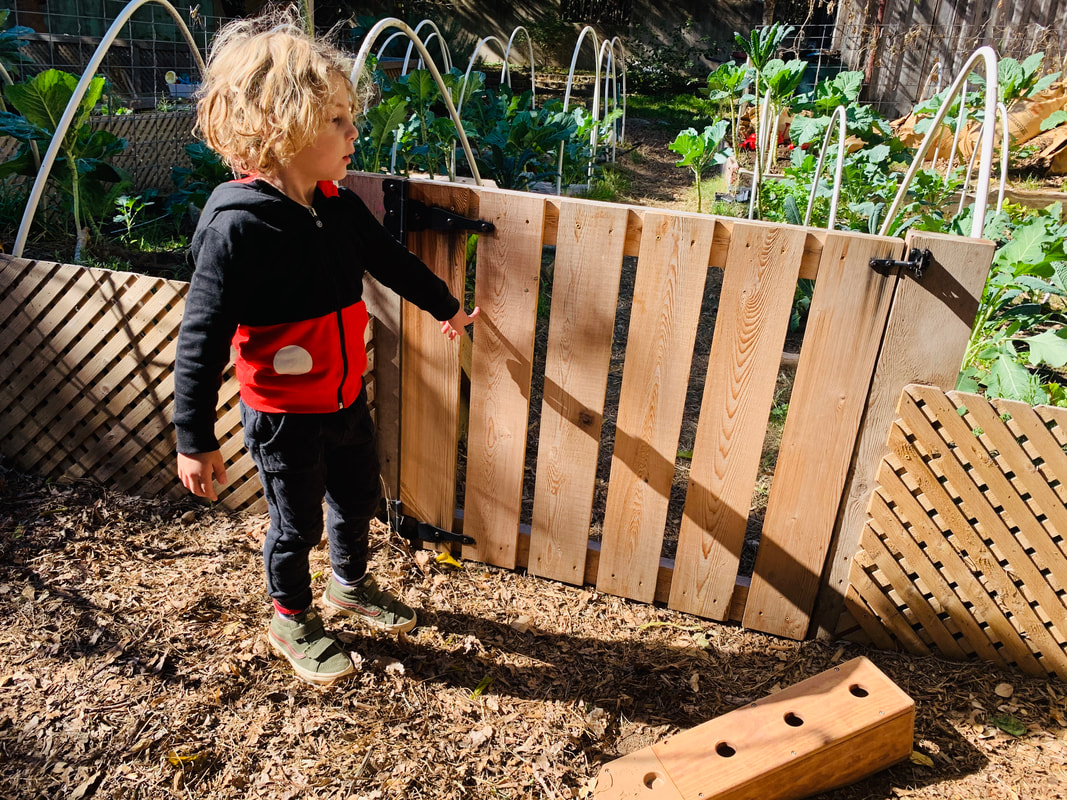
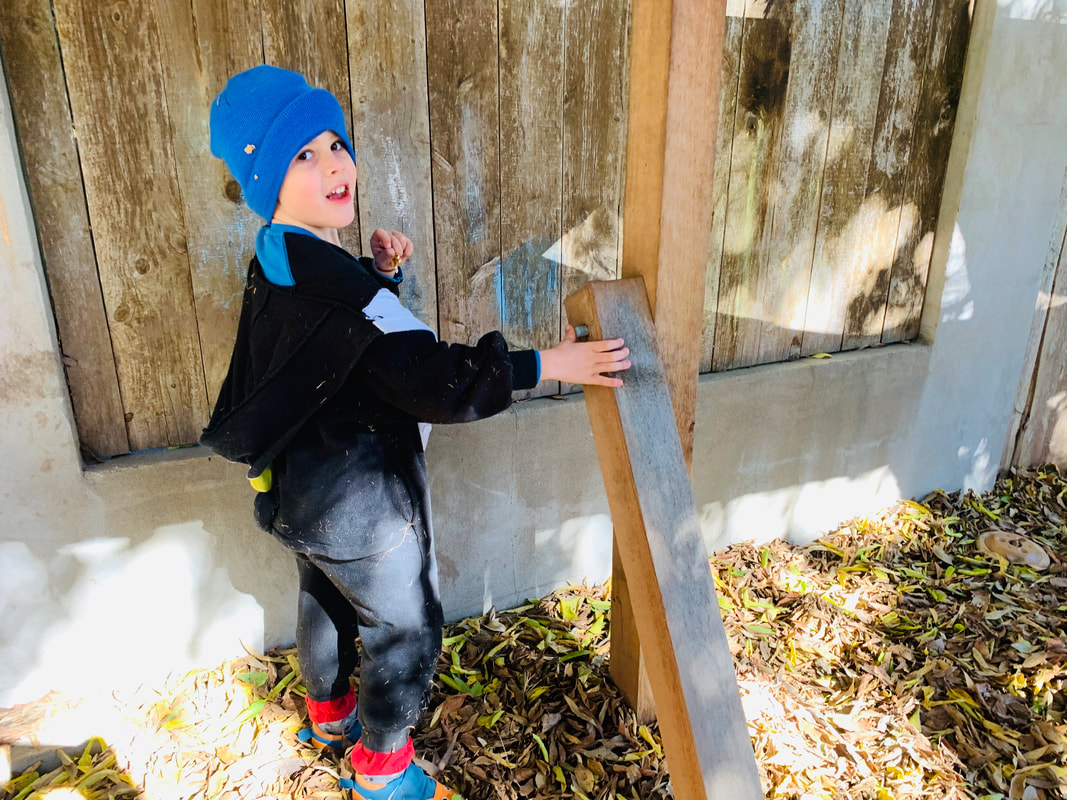
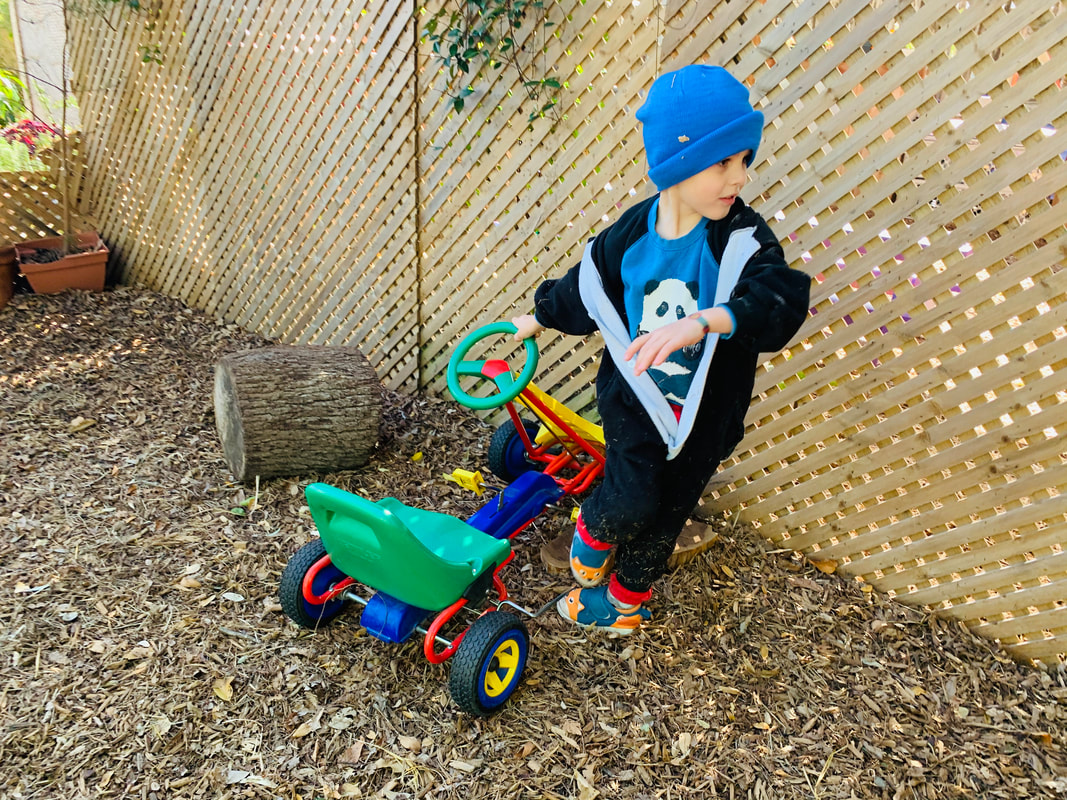
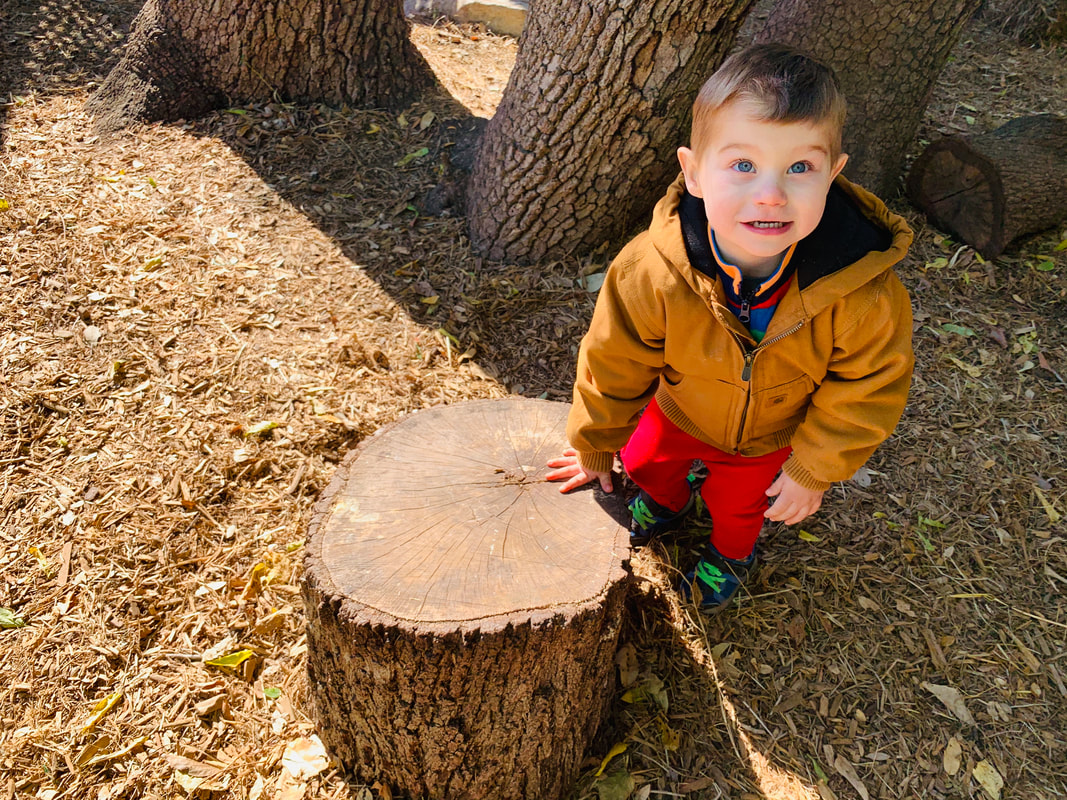
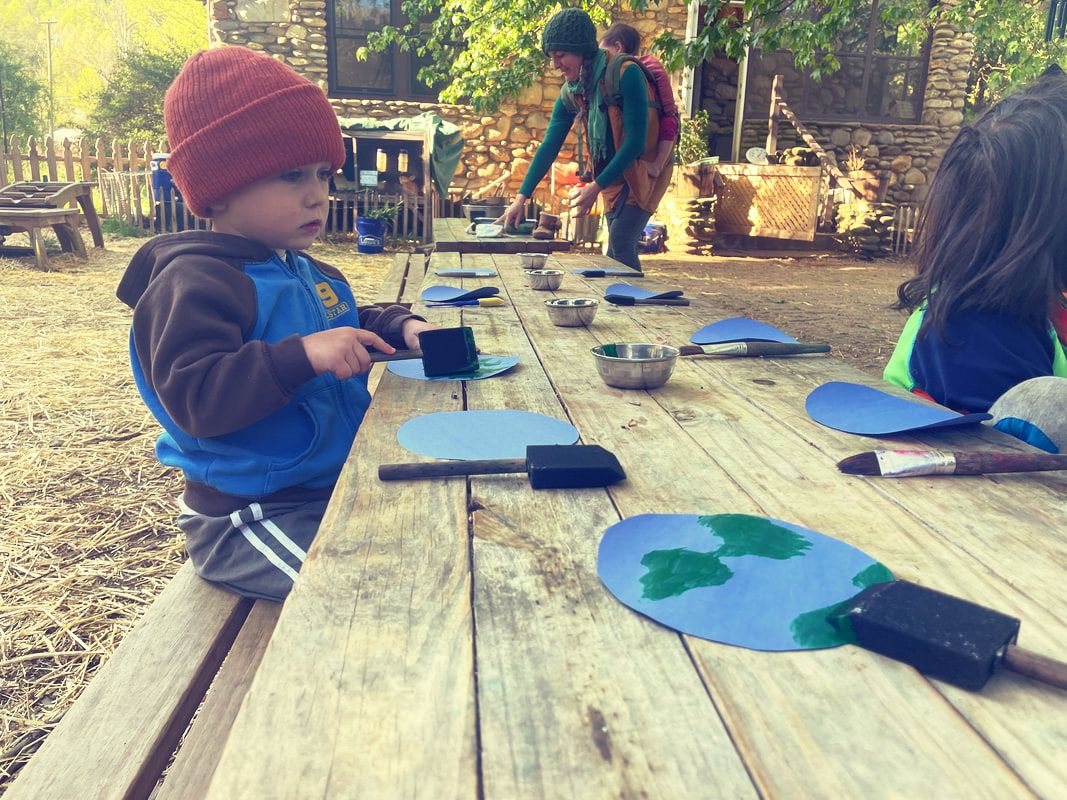
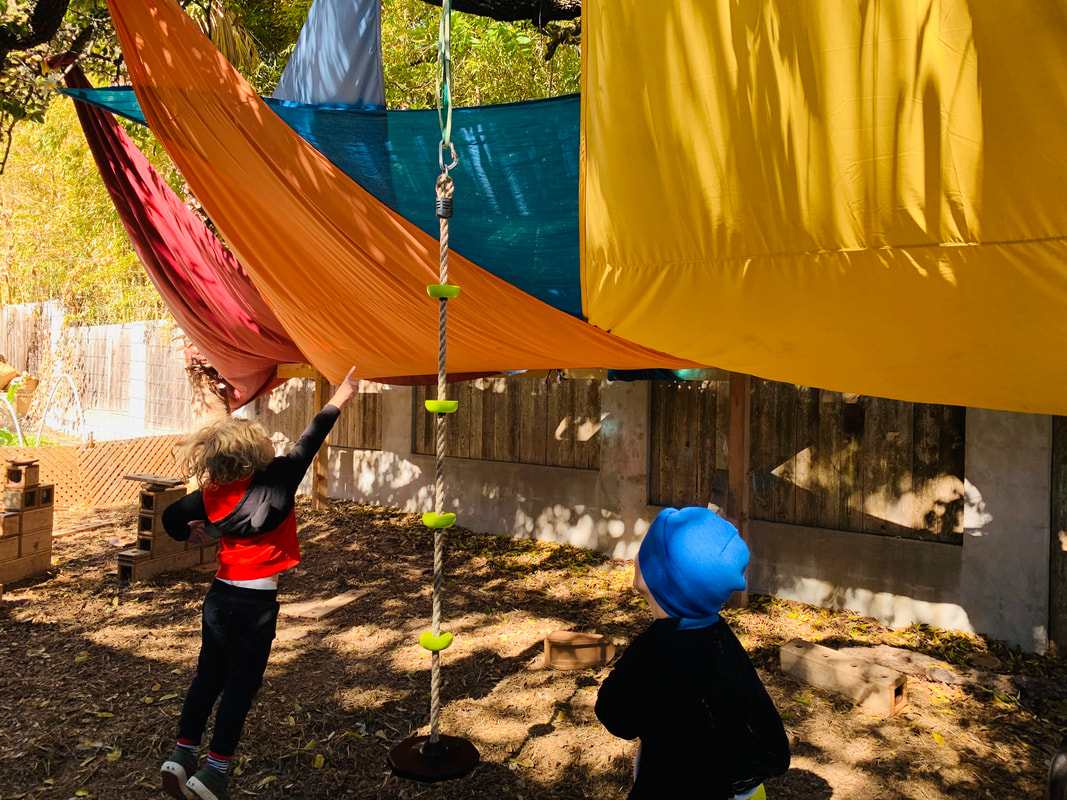
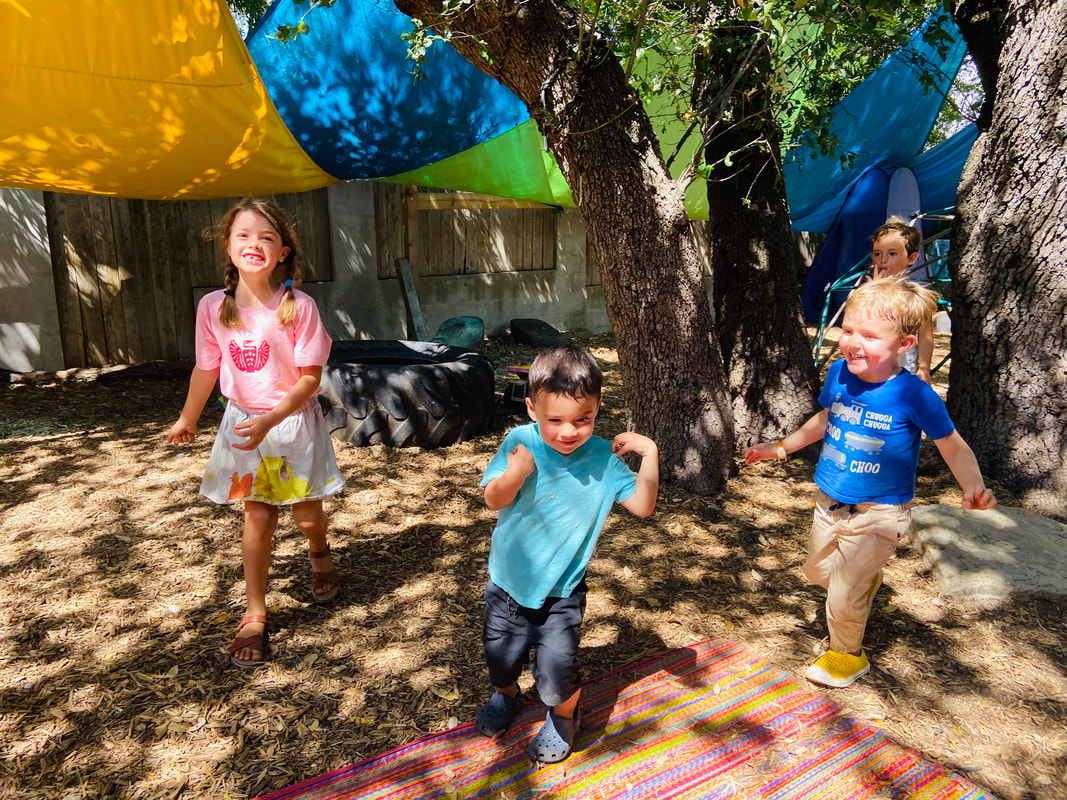
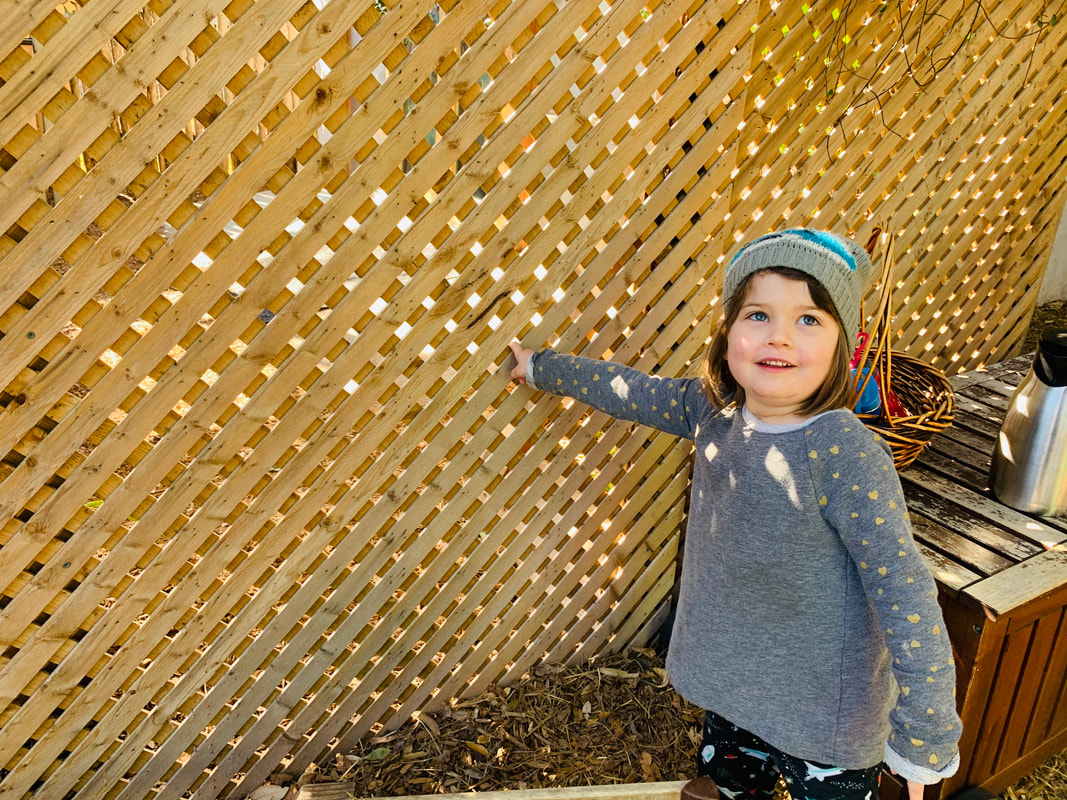
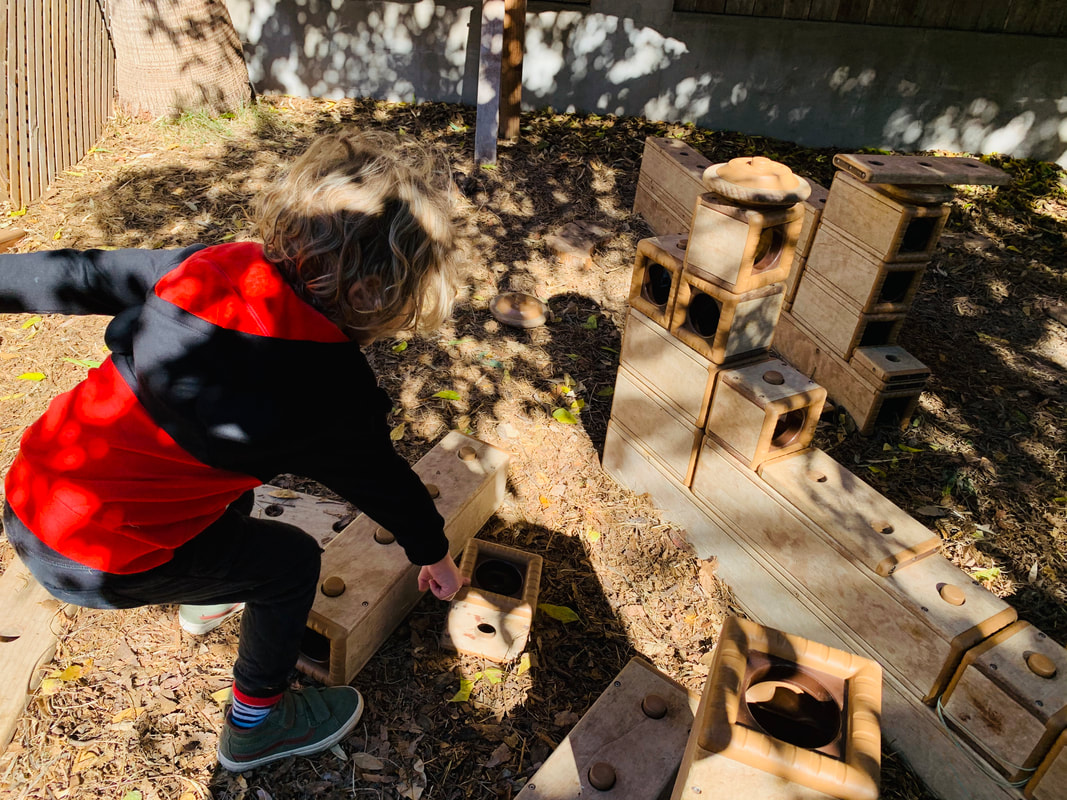
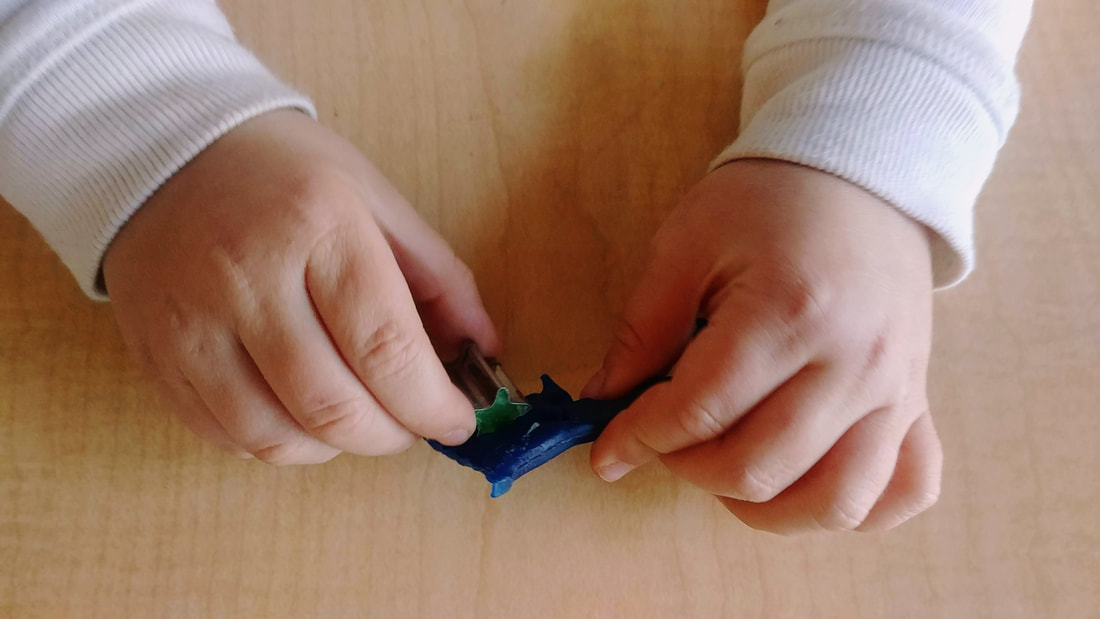
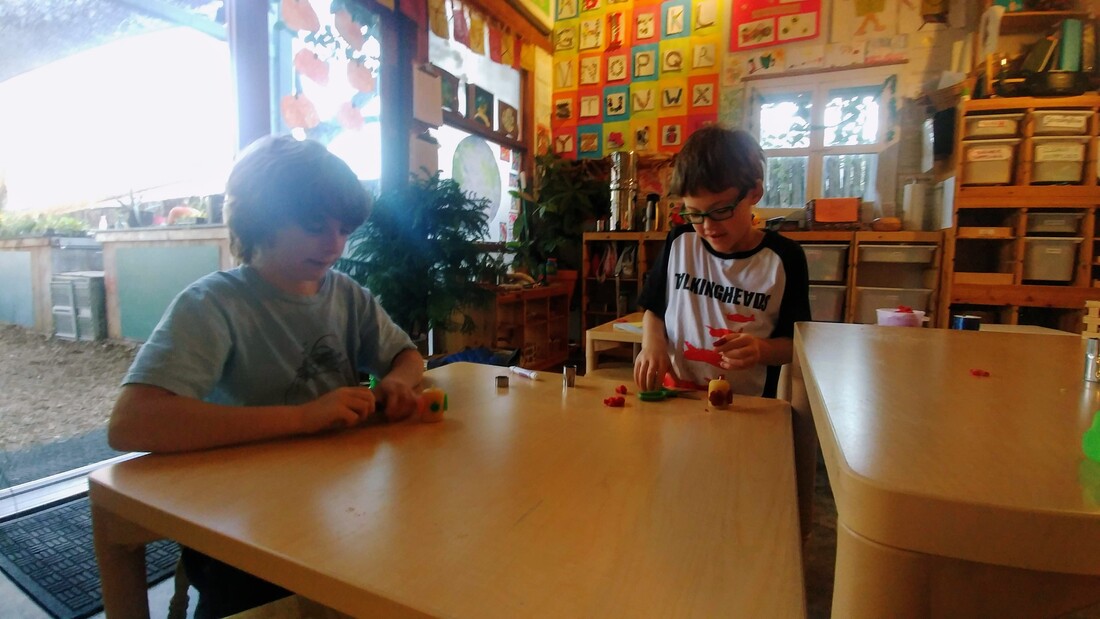
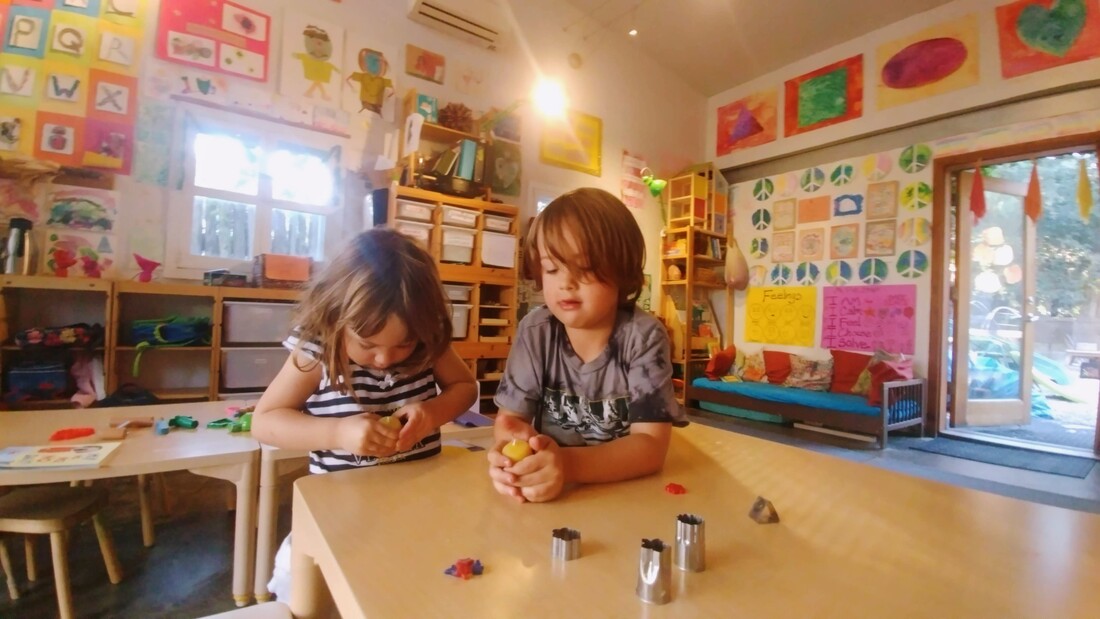
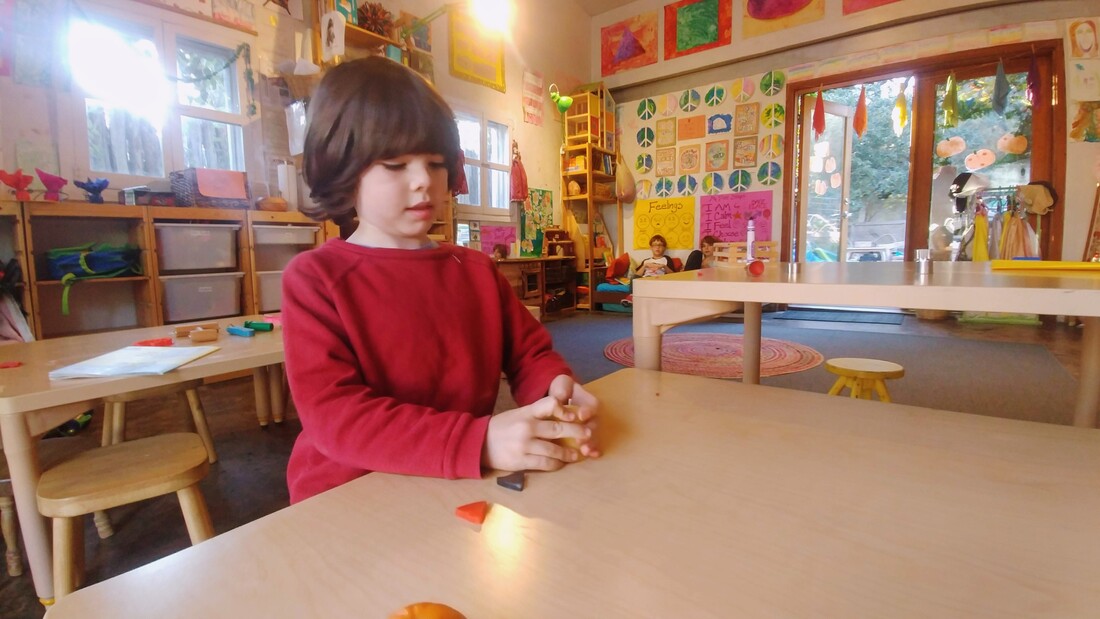
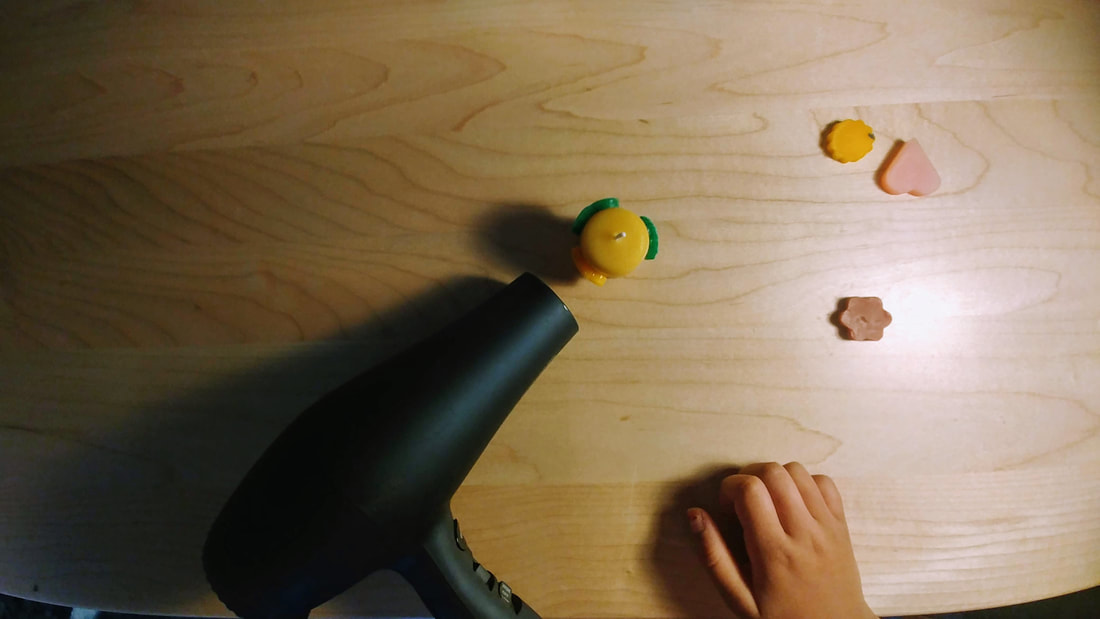
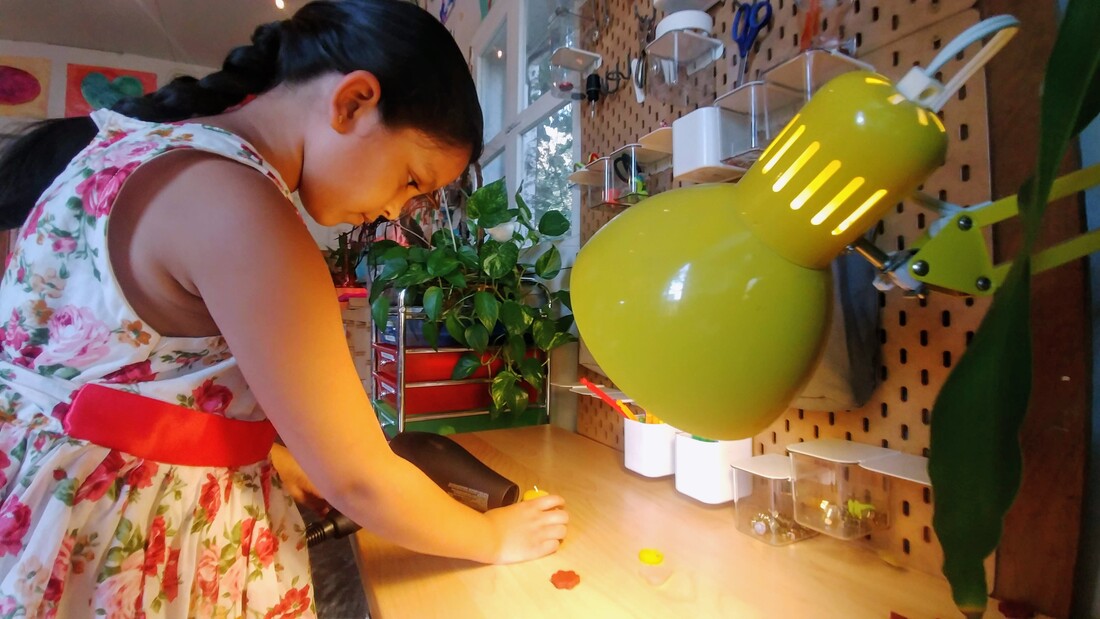
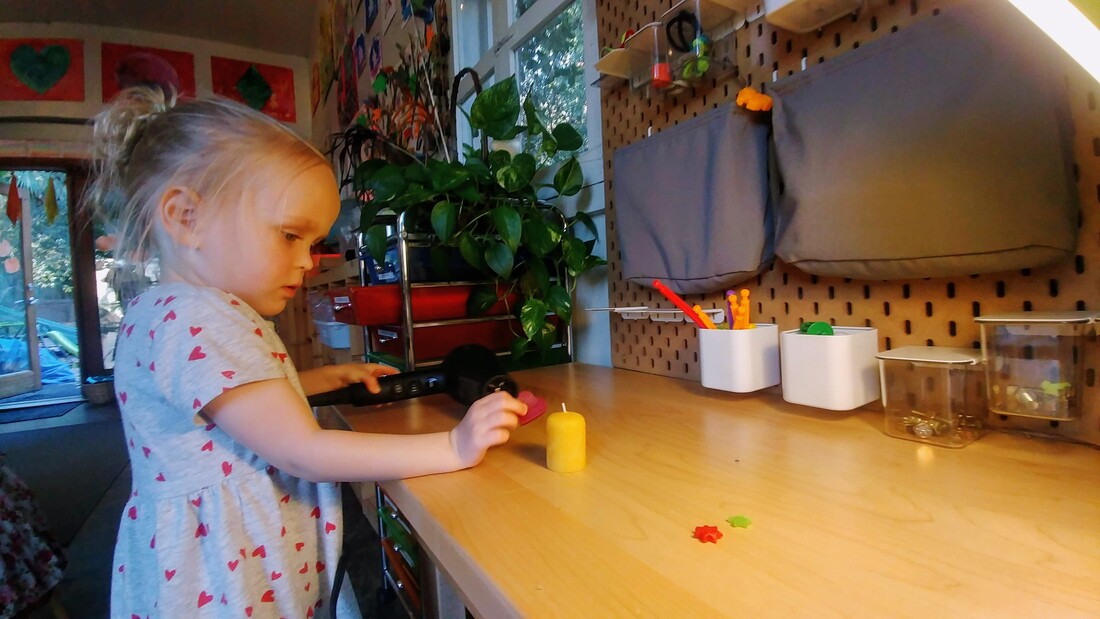
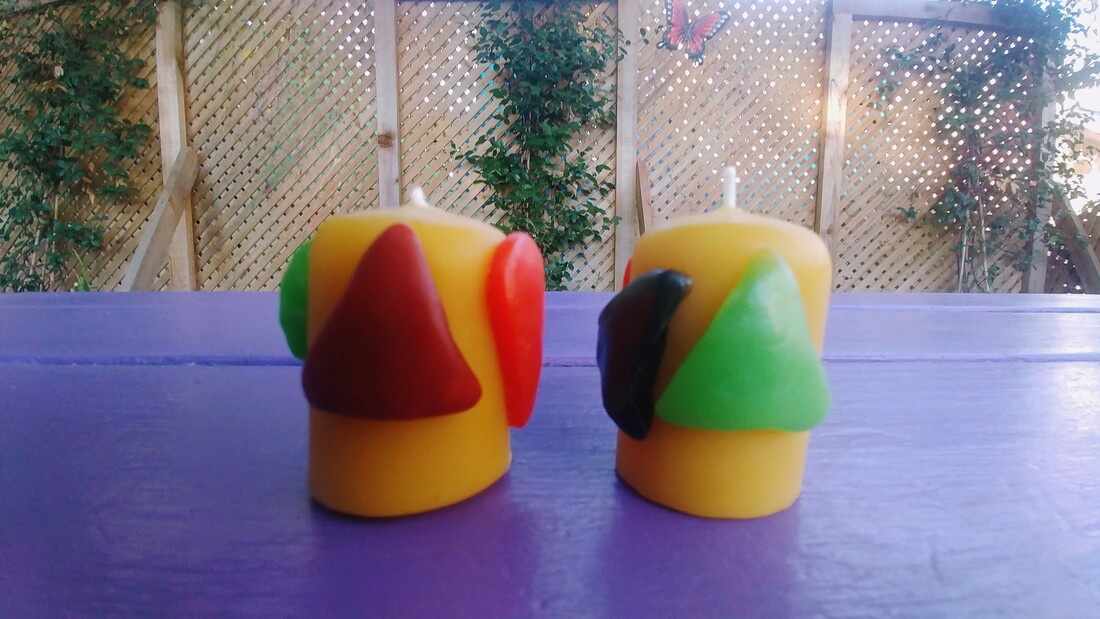
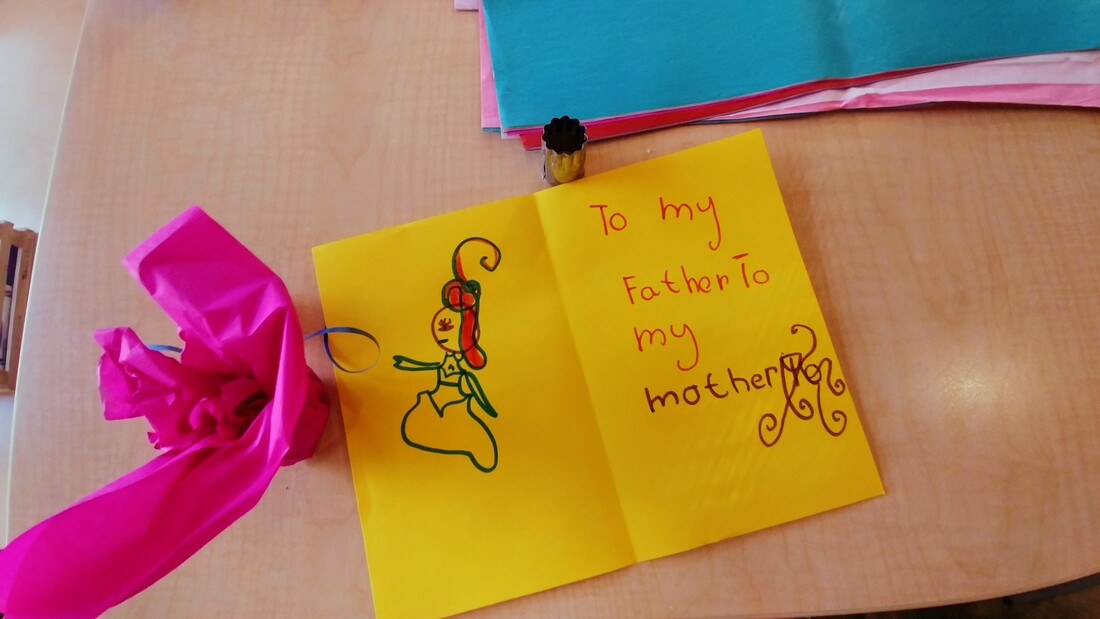
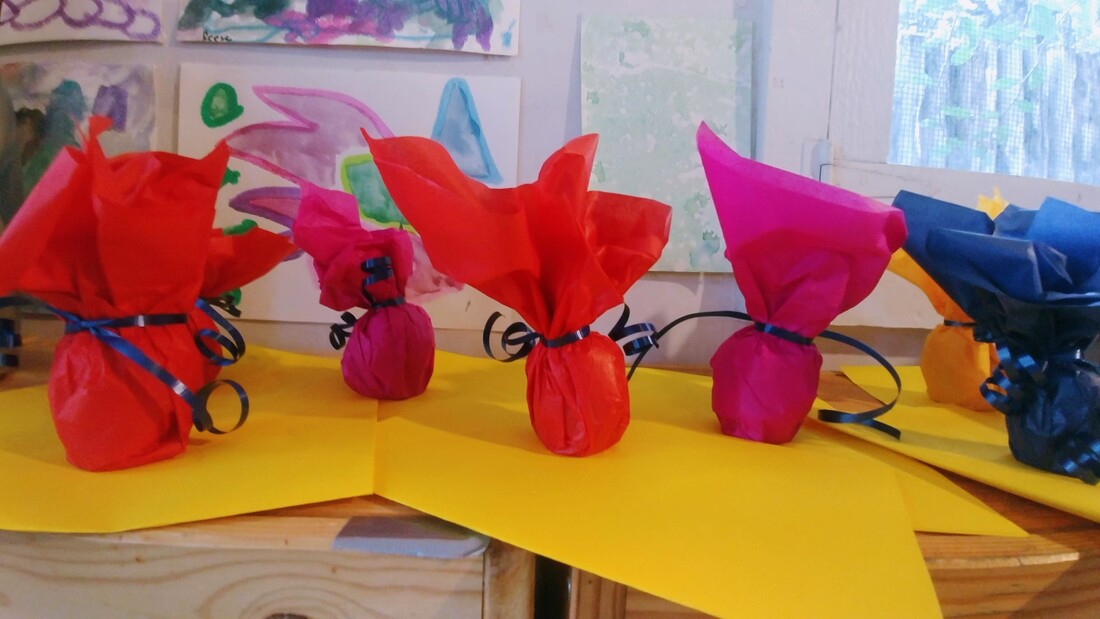
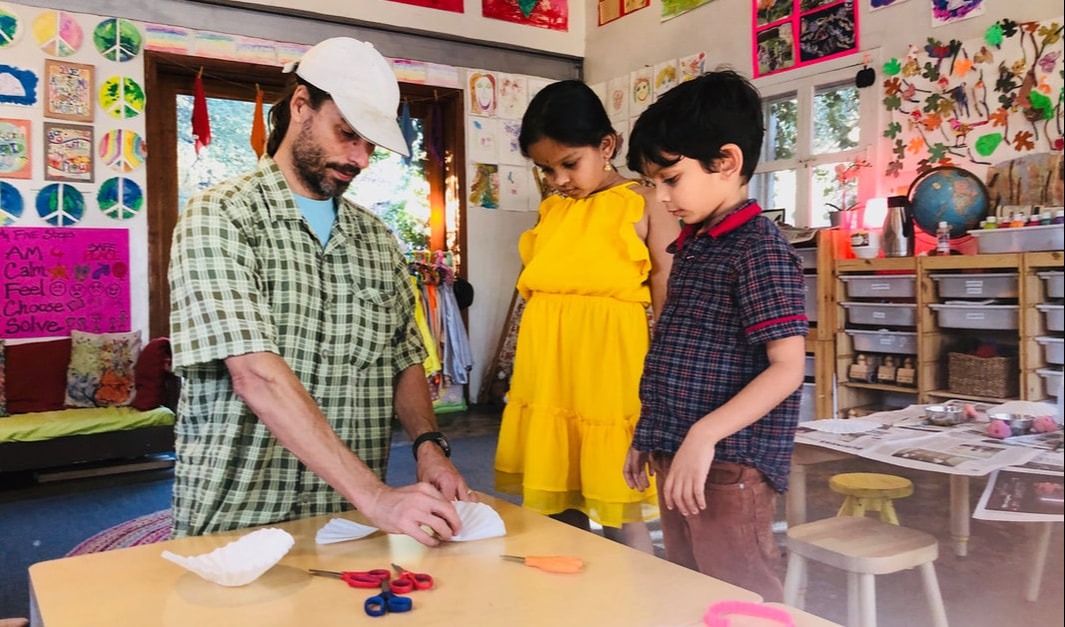
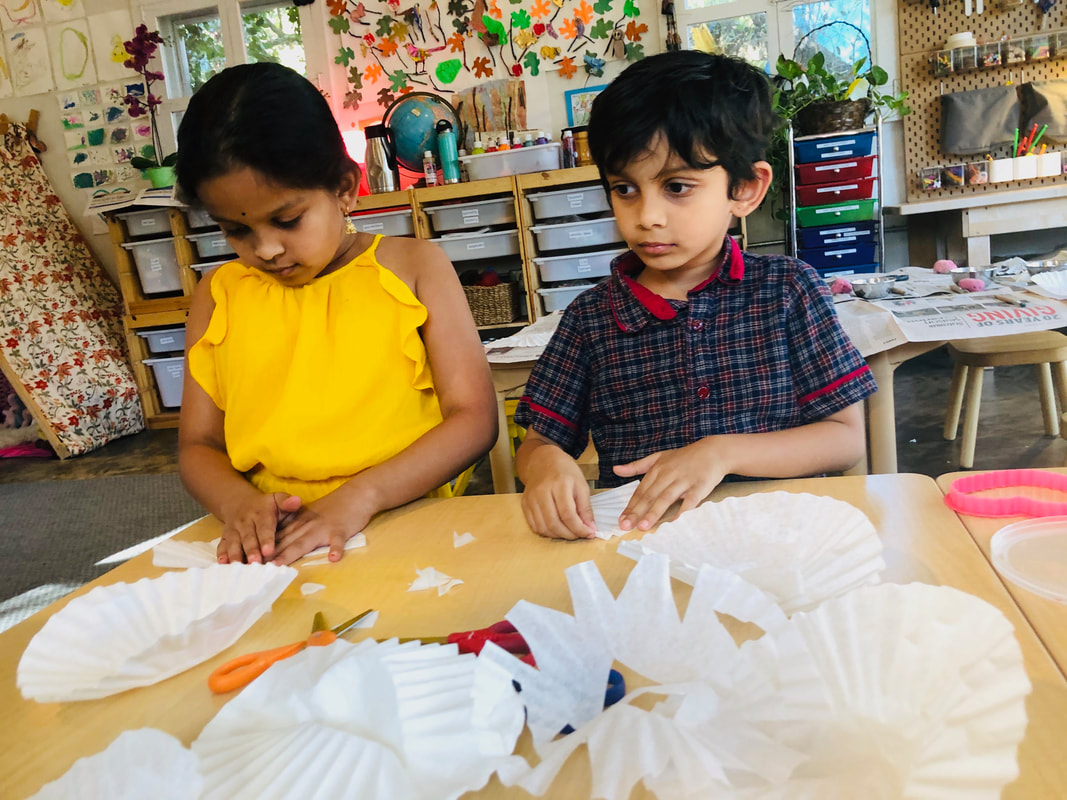
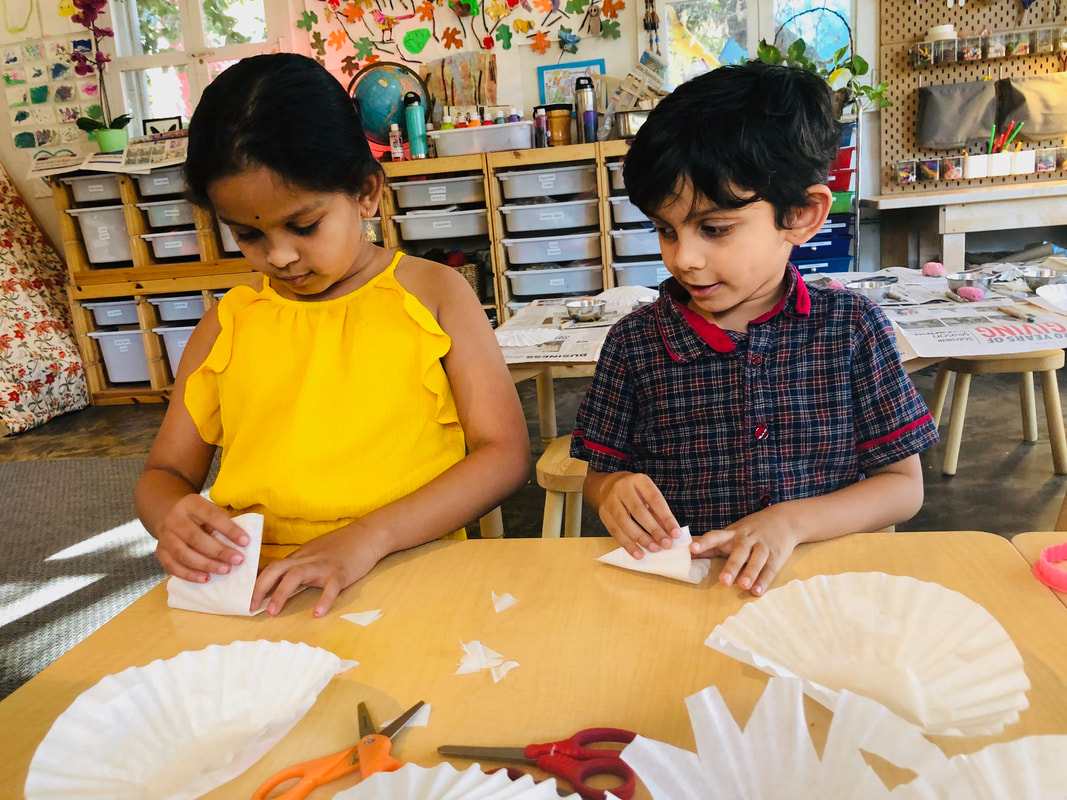
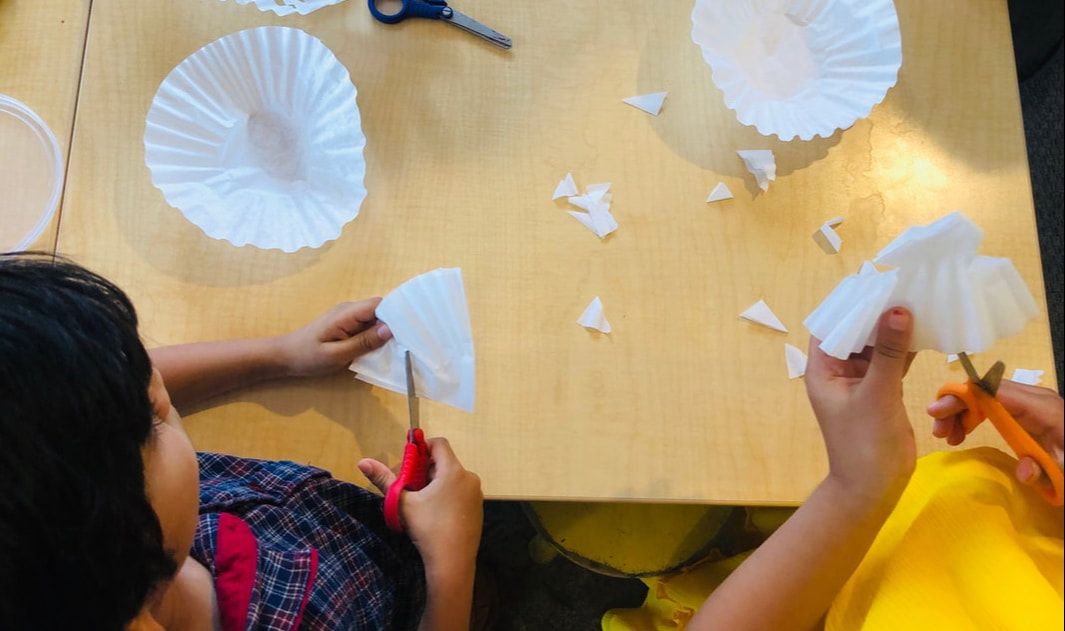
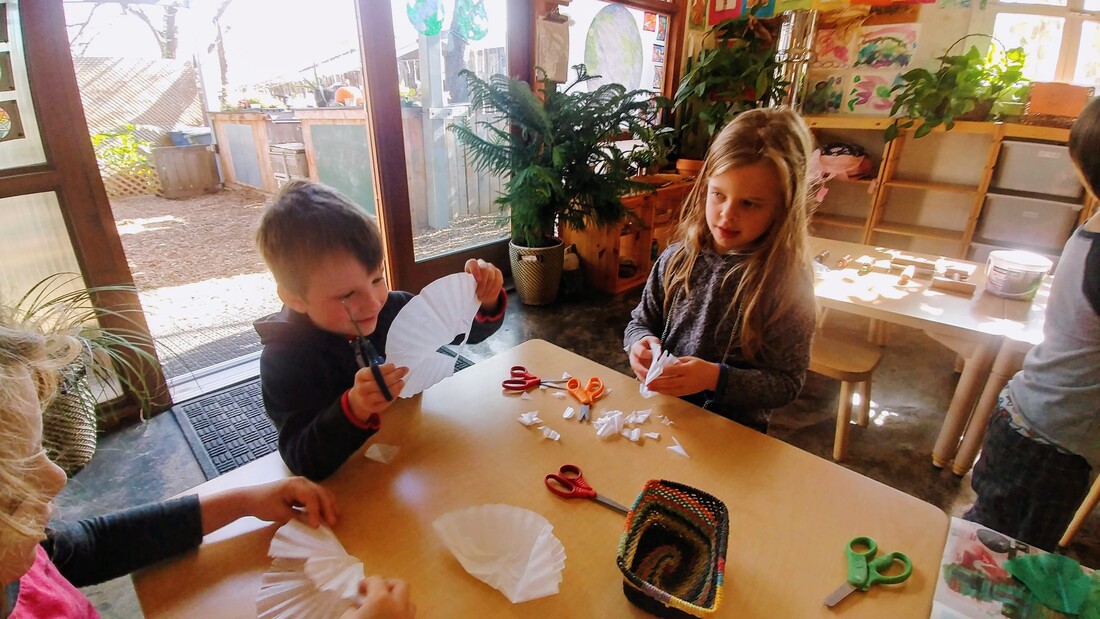
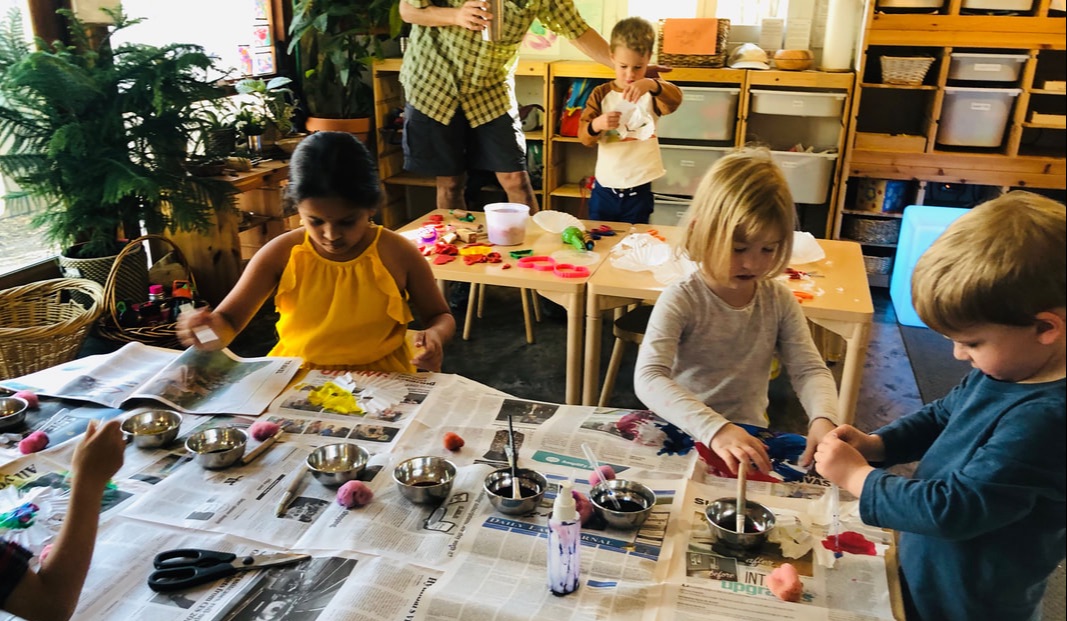
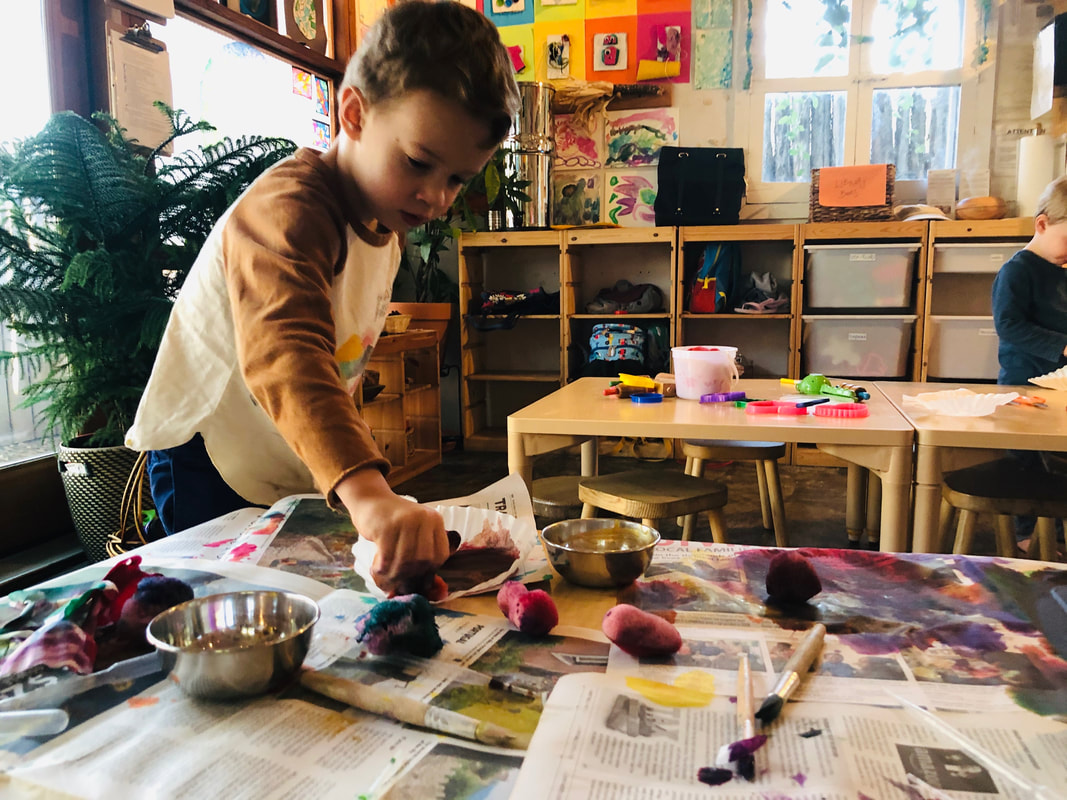
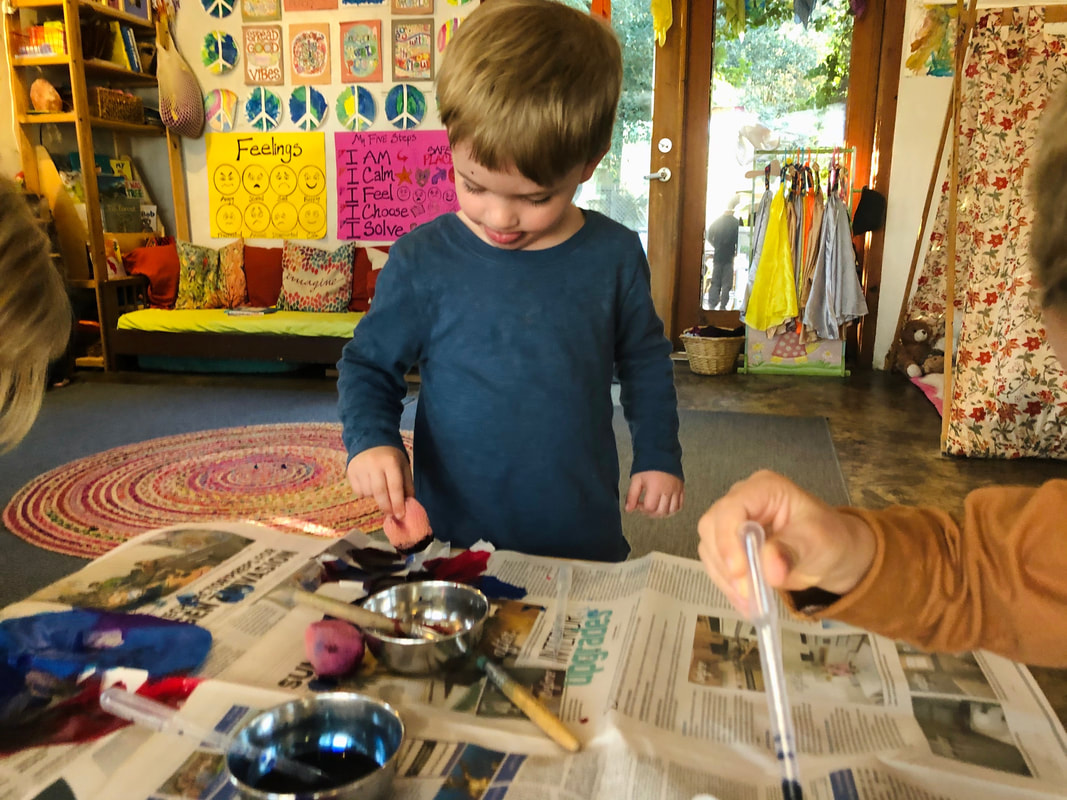
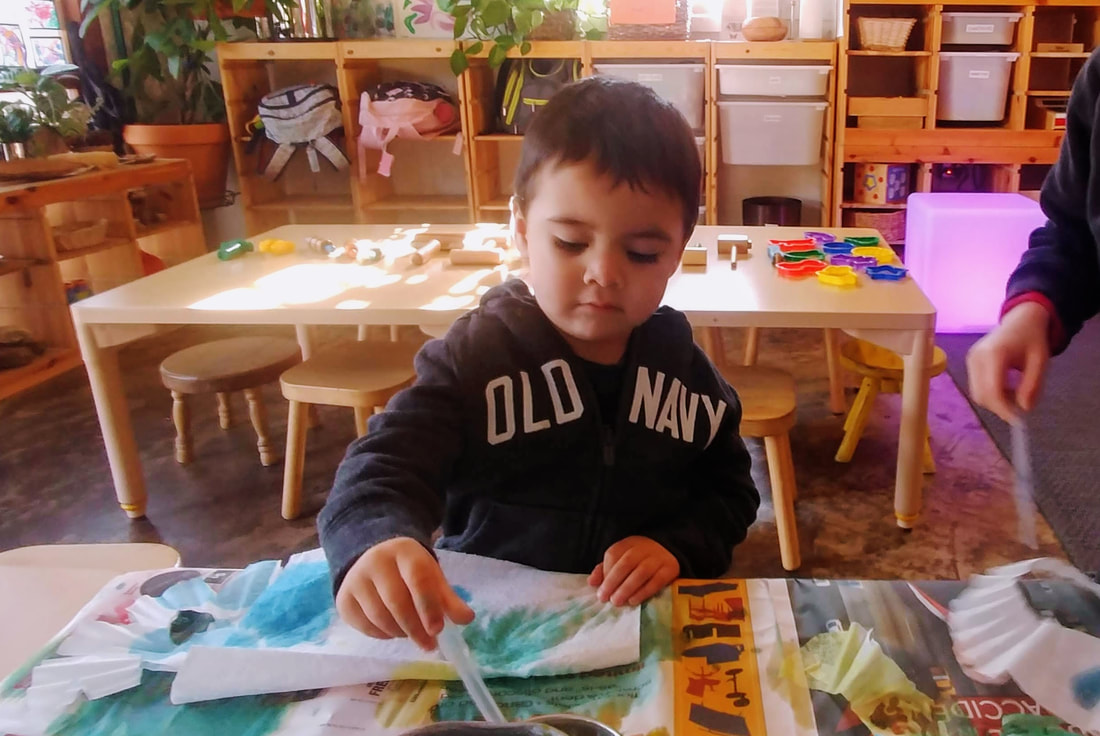
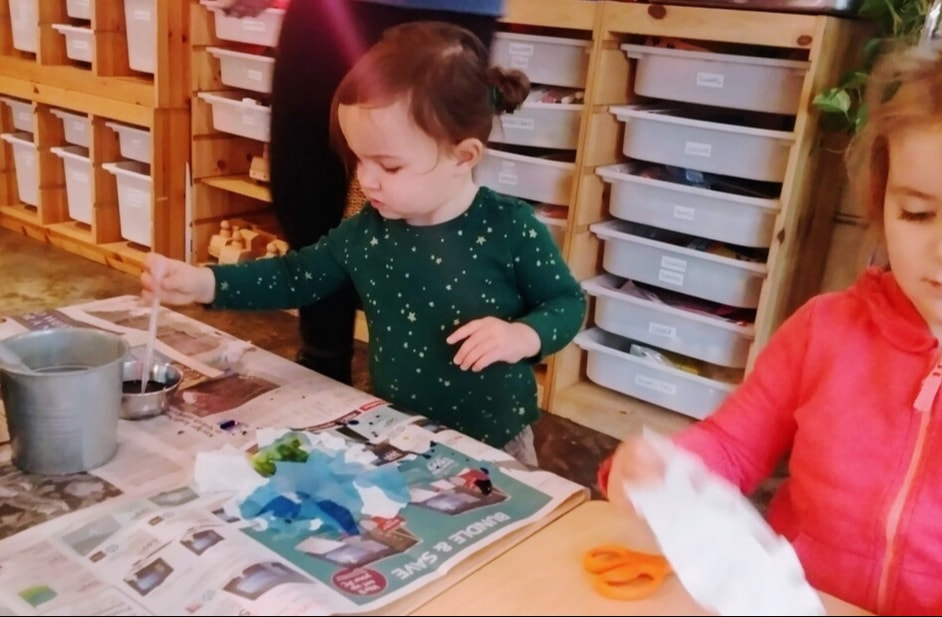
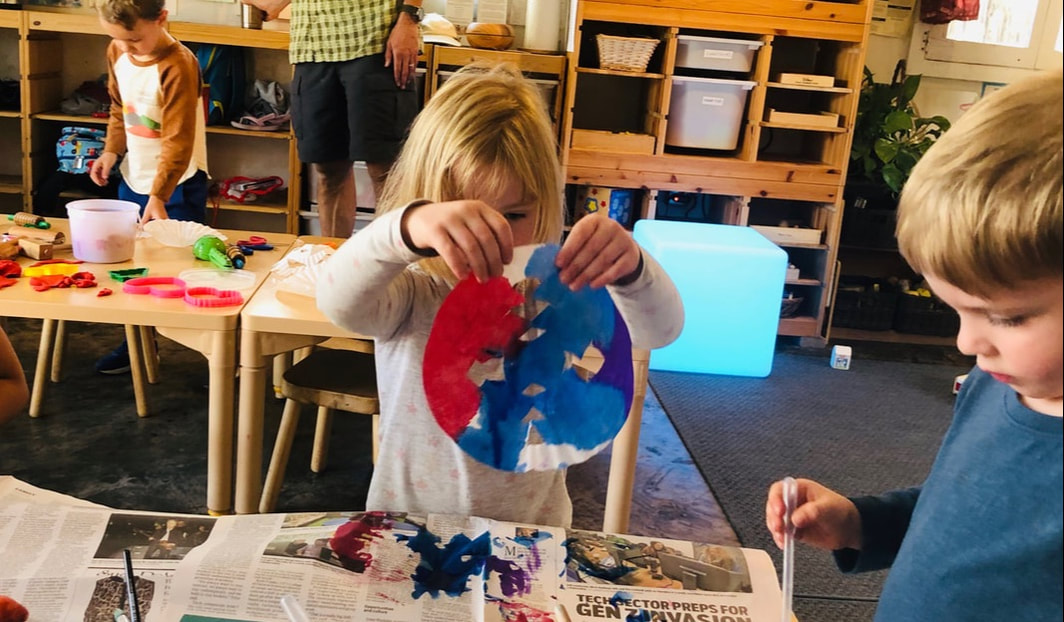
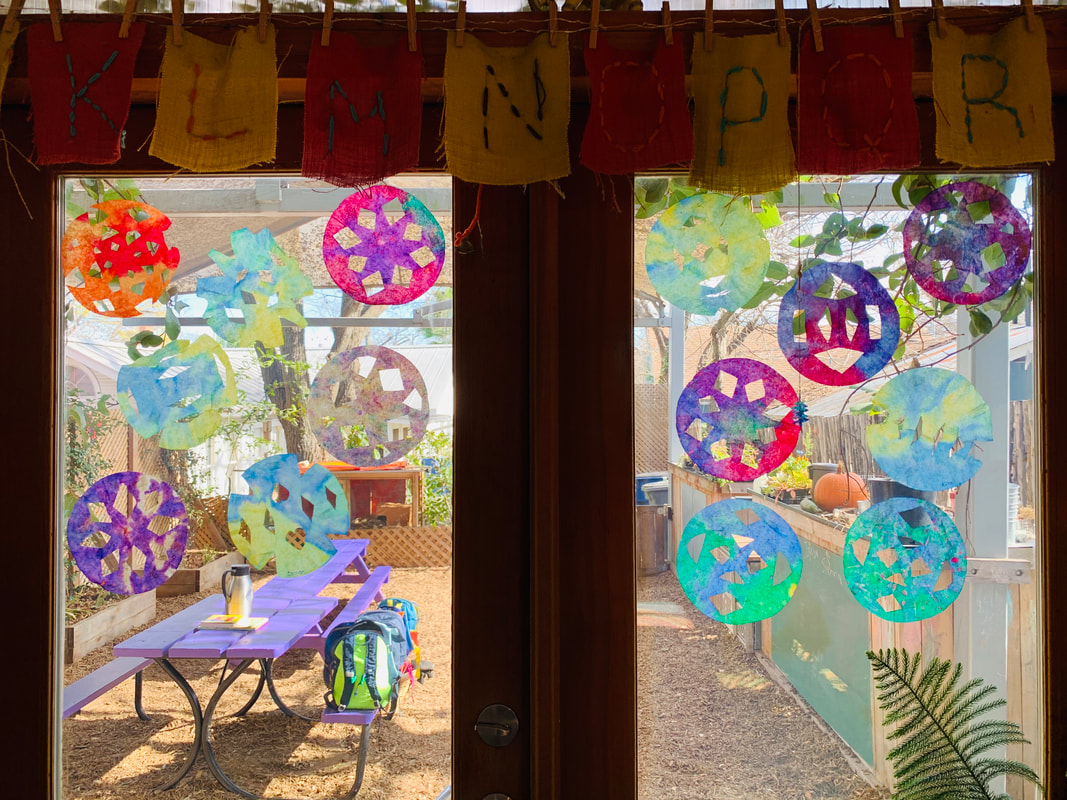
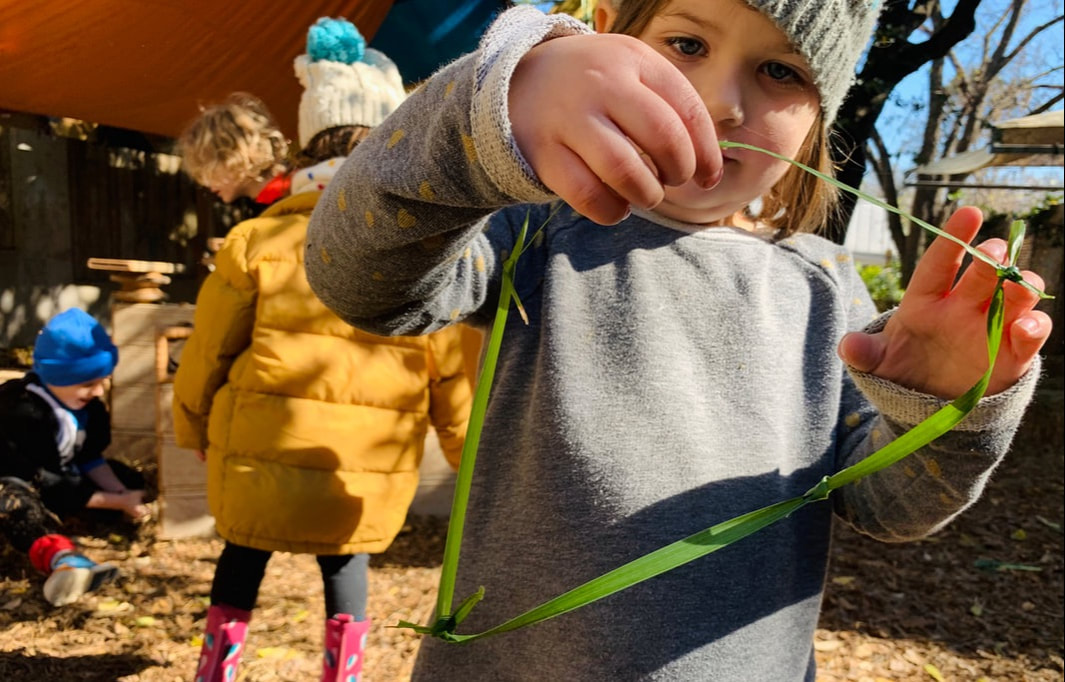
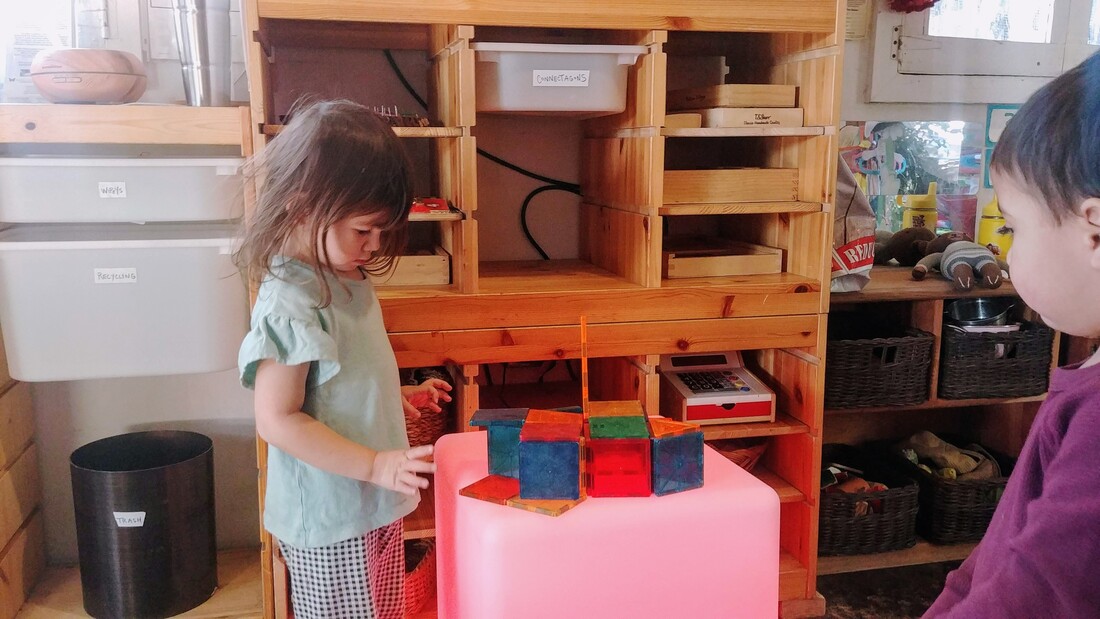
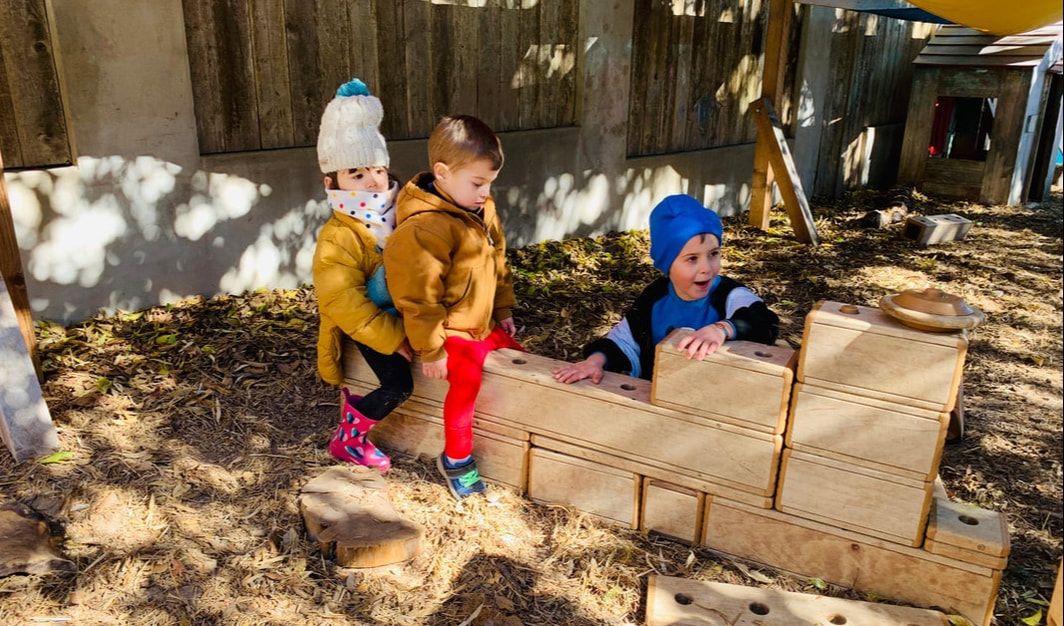
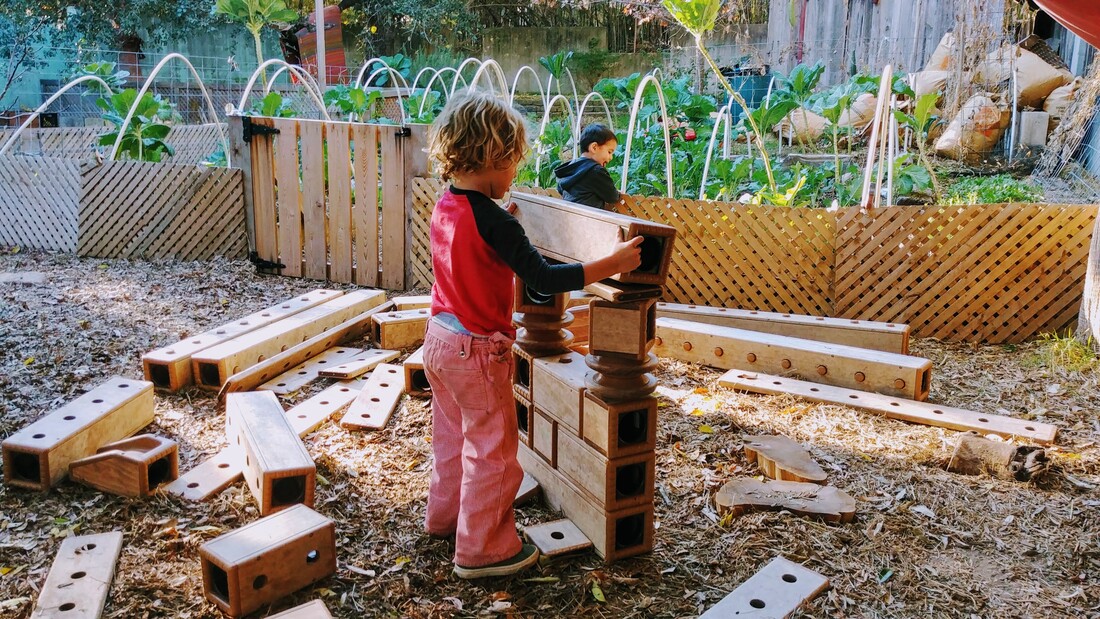
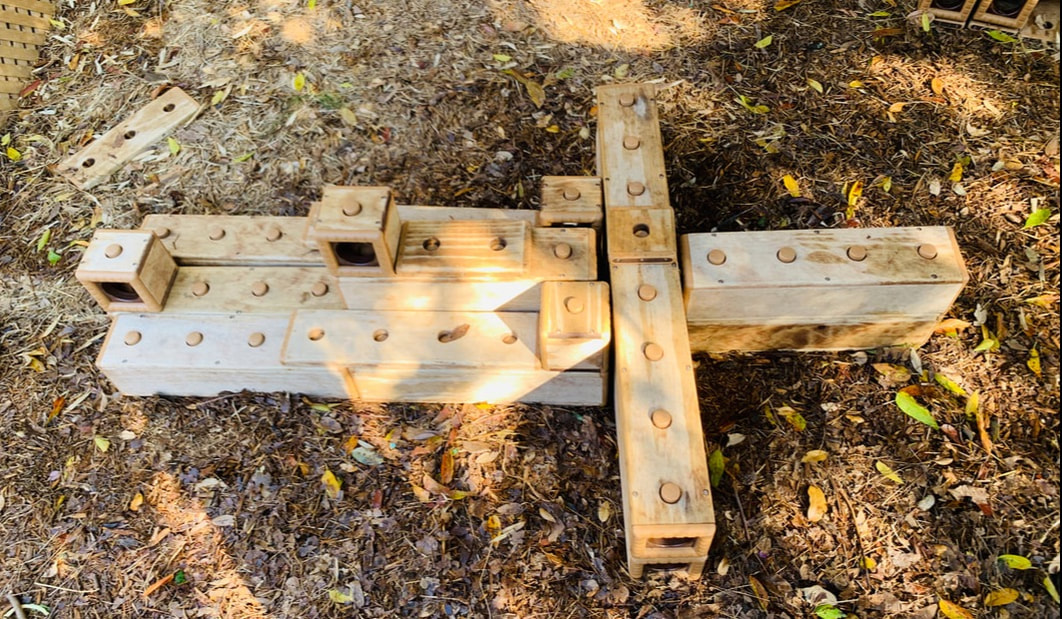
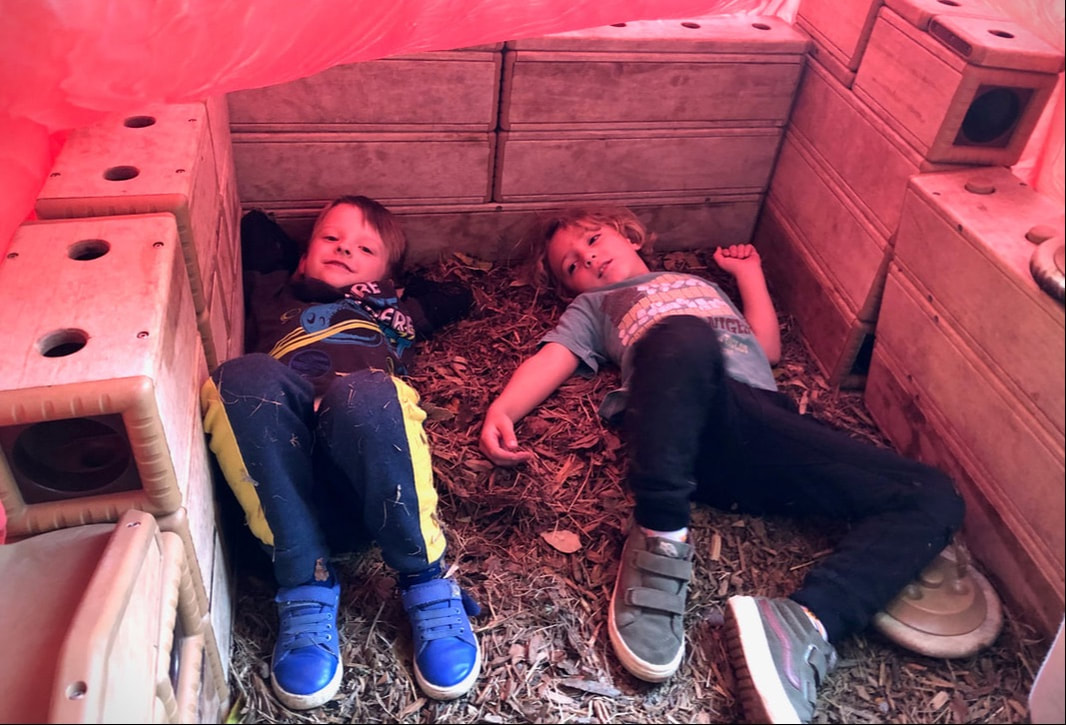
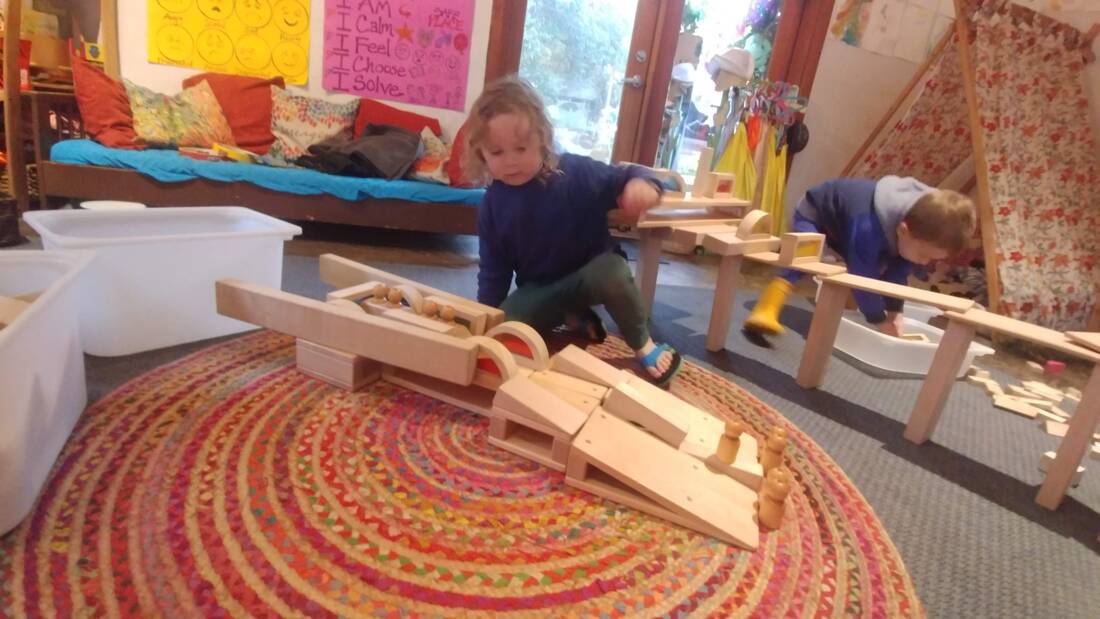
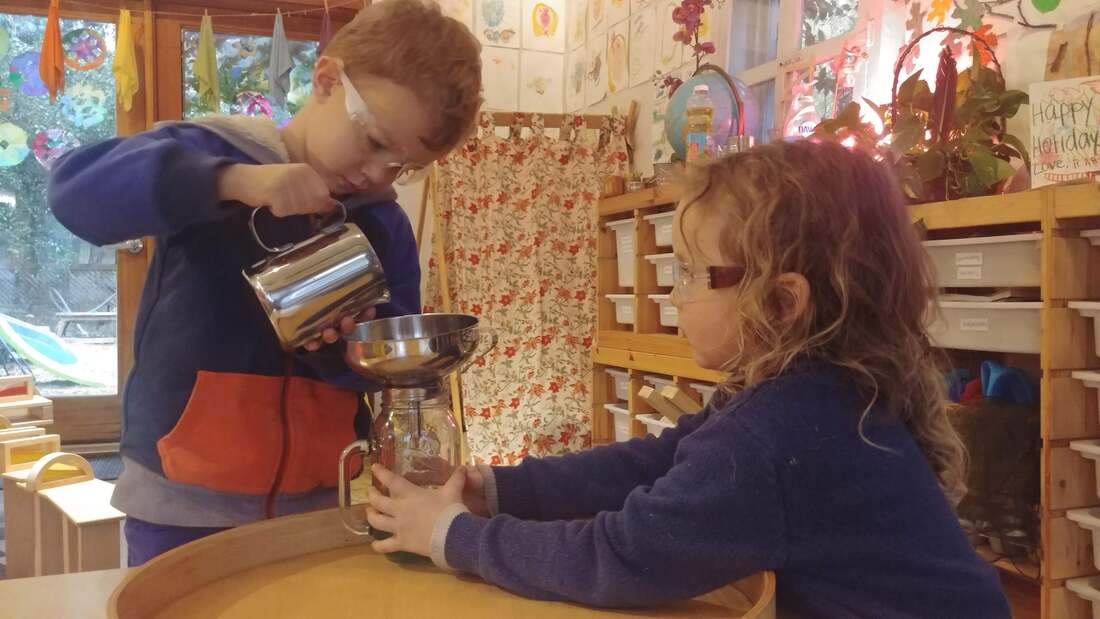
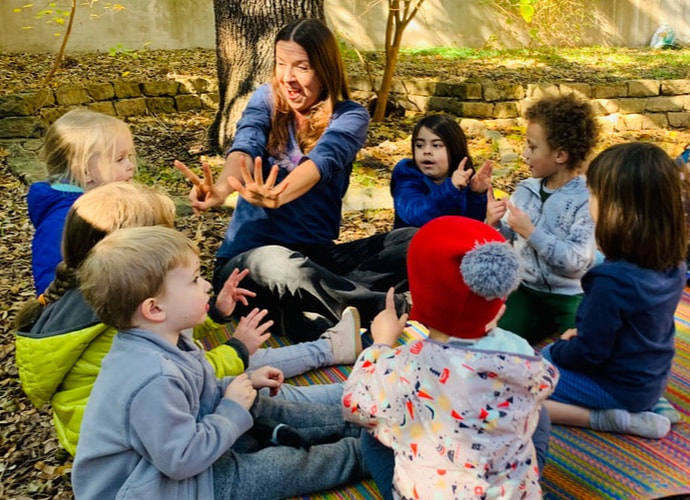
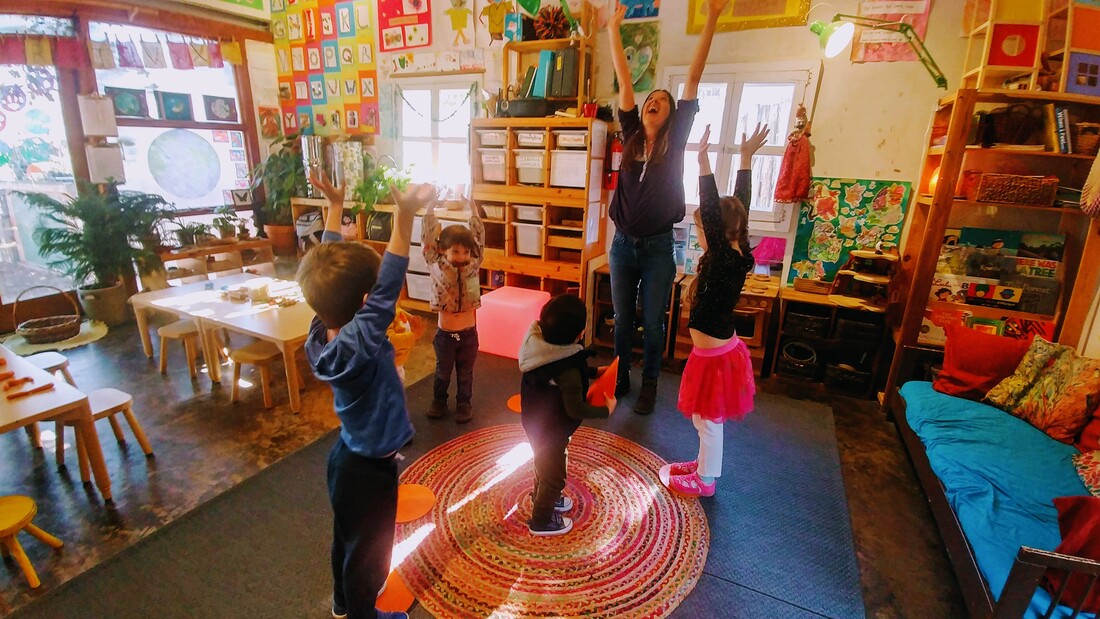
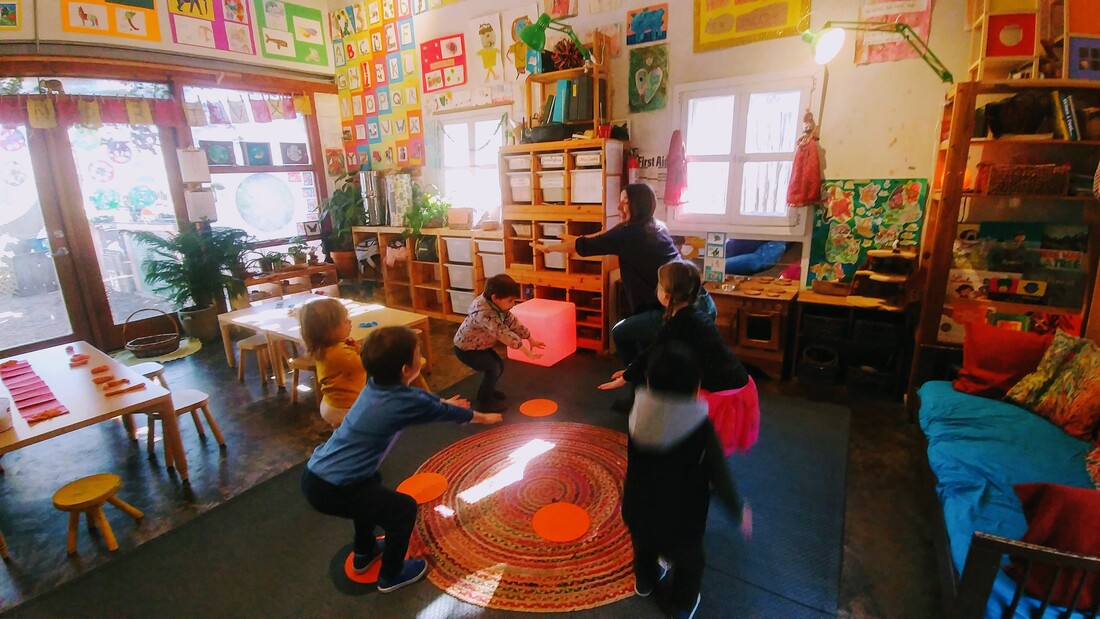
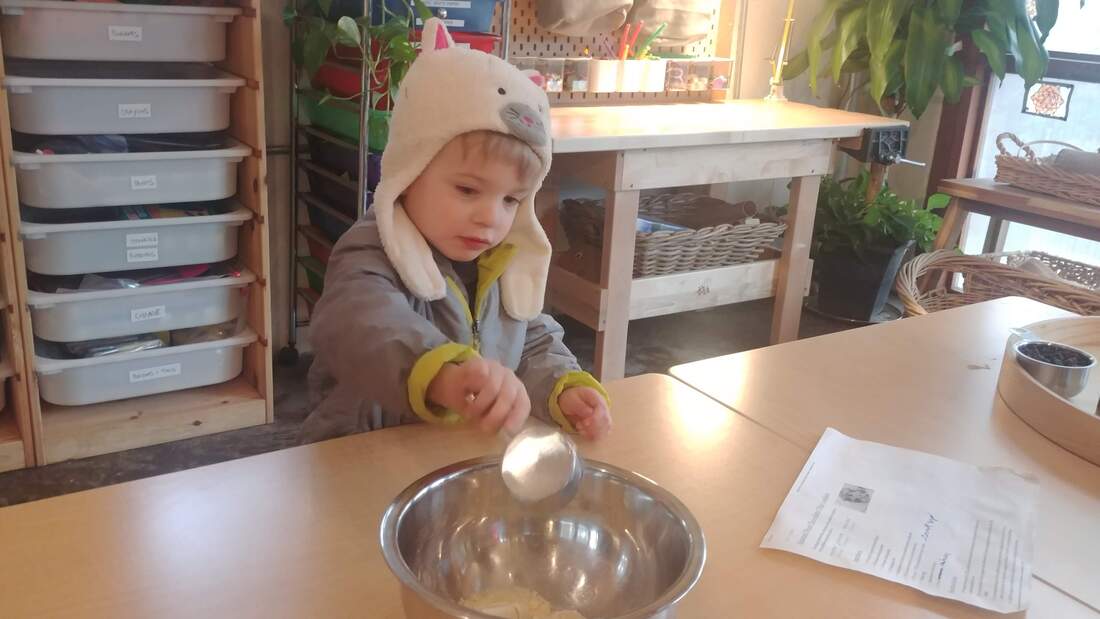
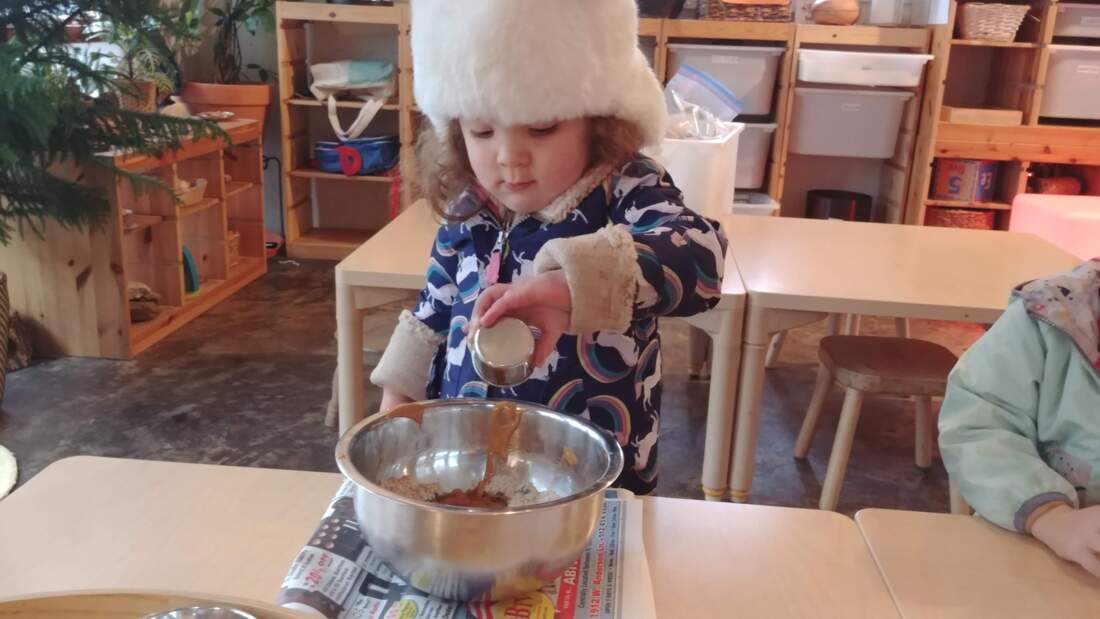
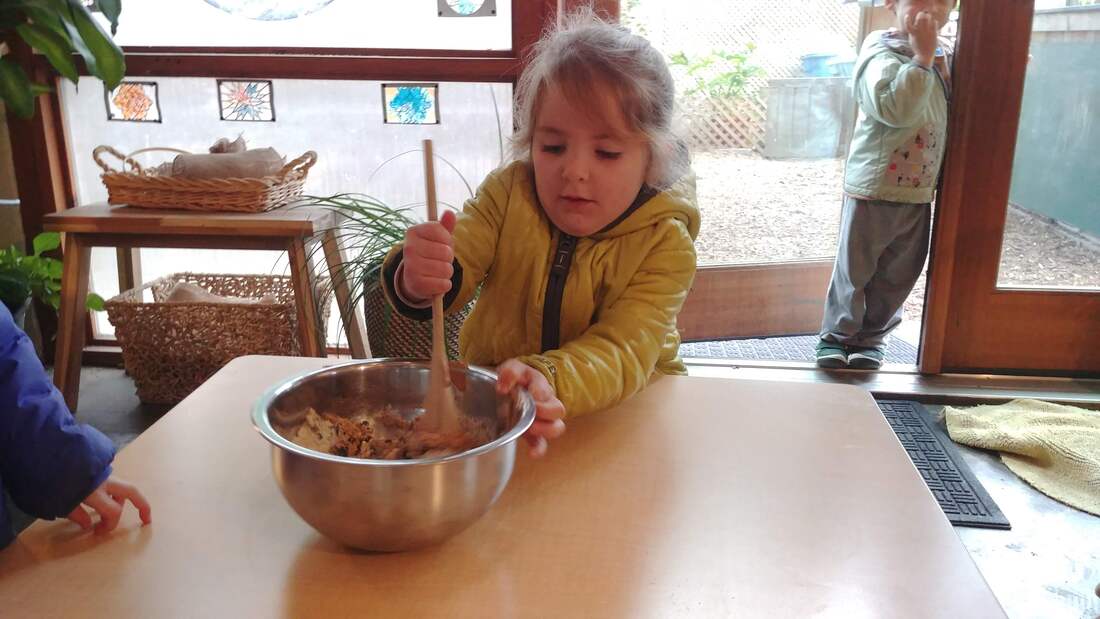
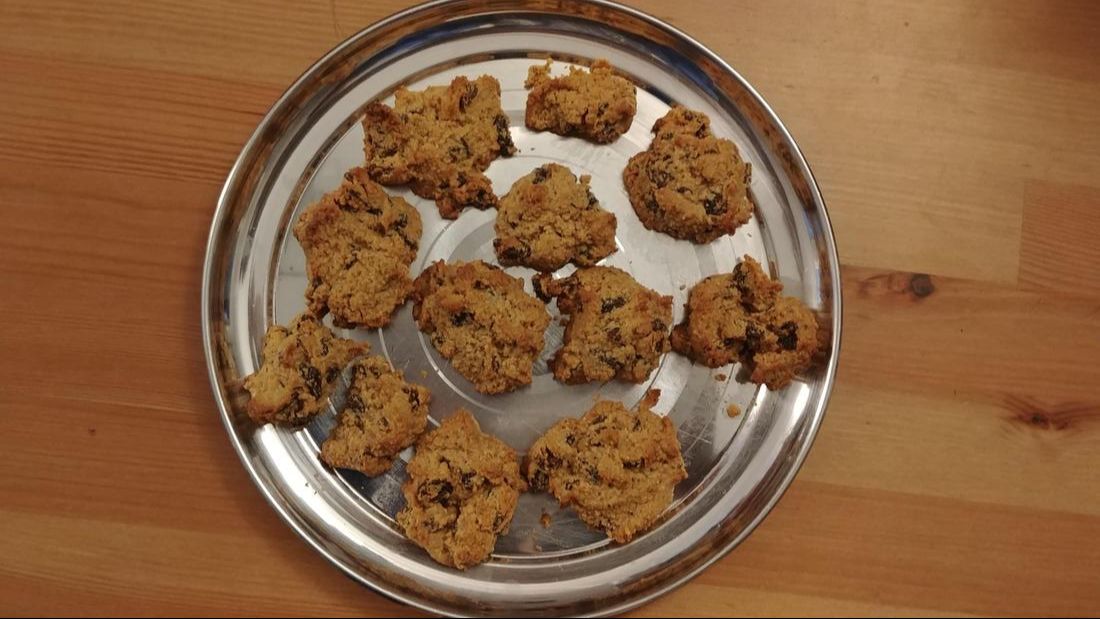
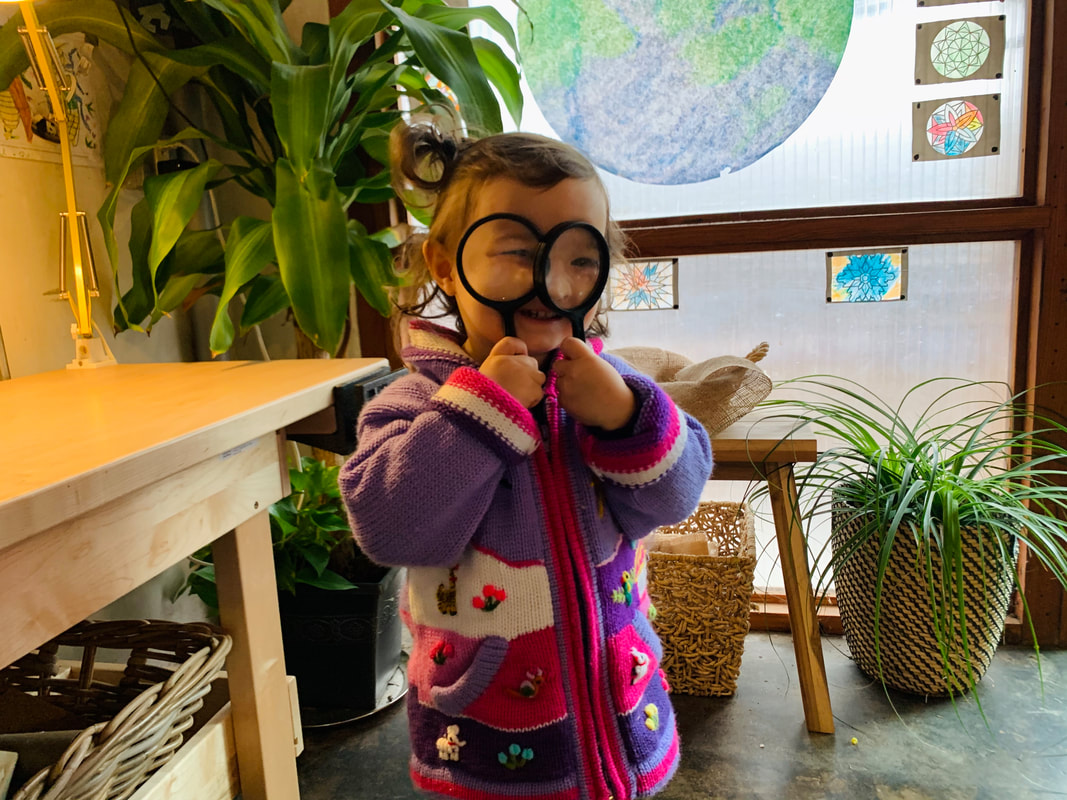
 RSS Feed
RSS Feed